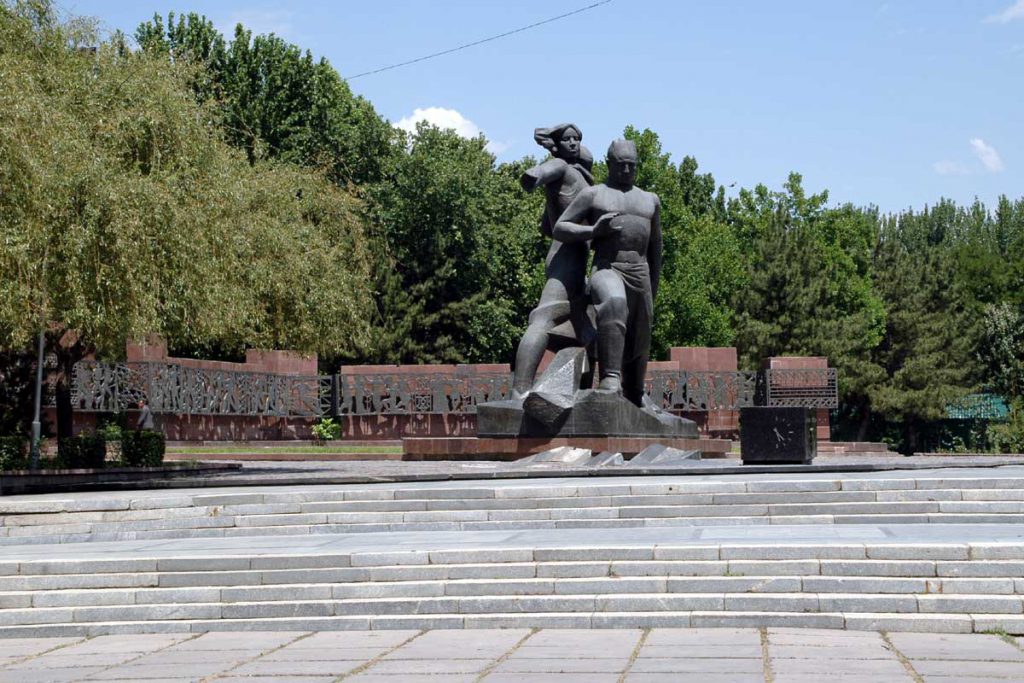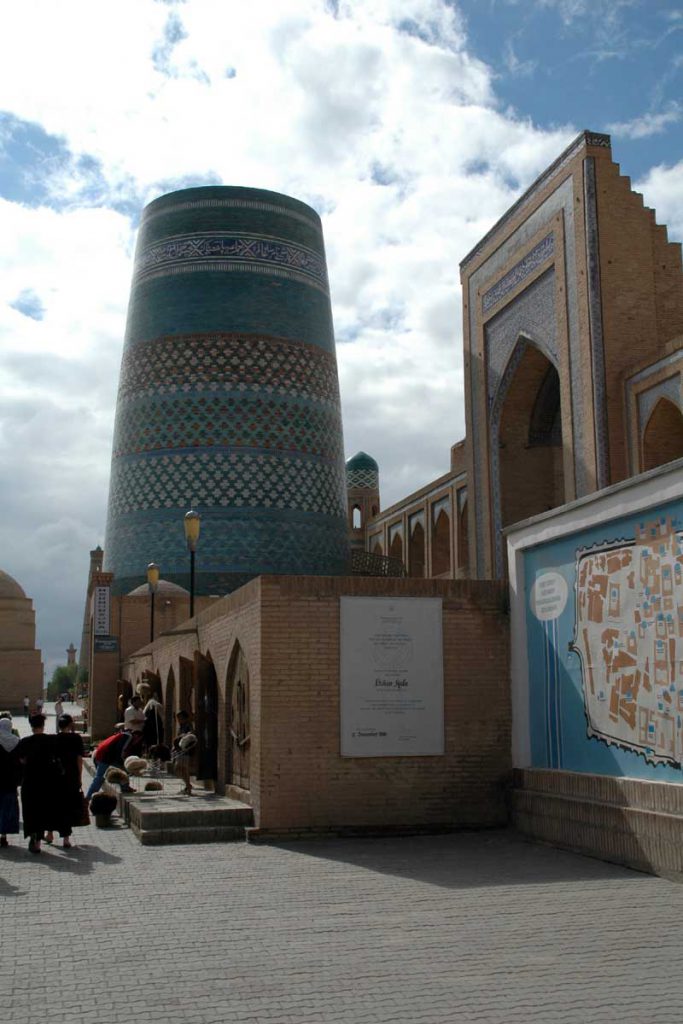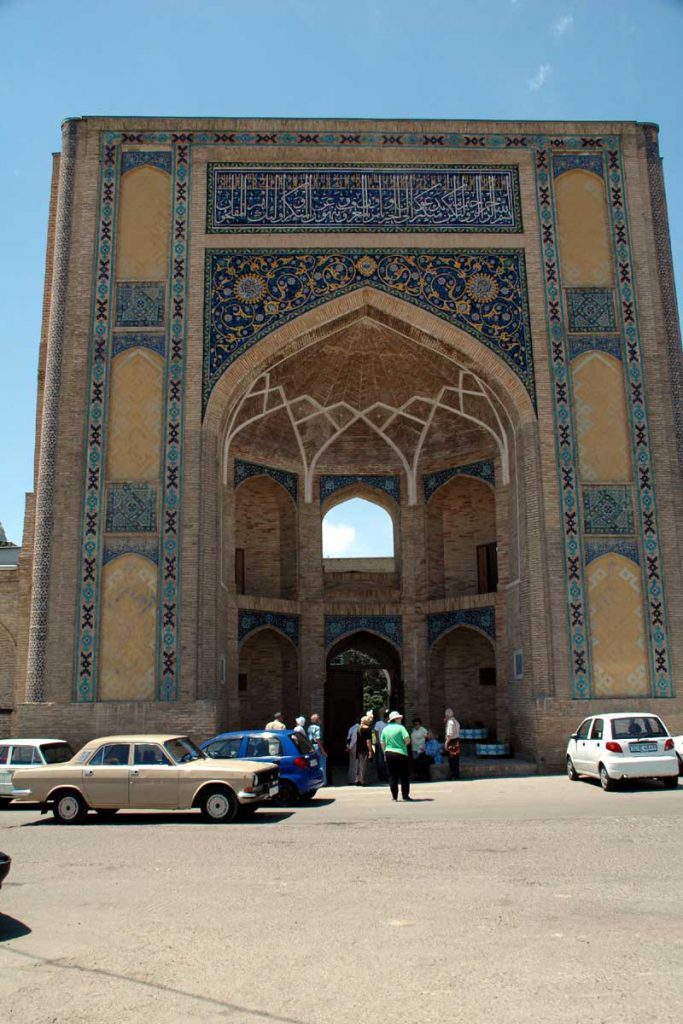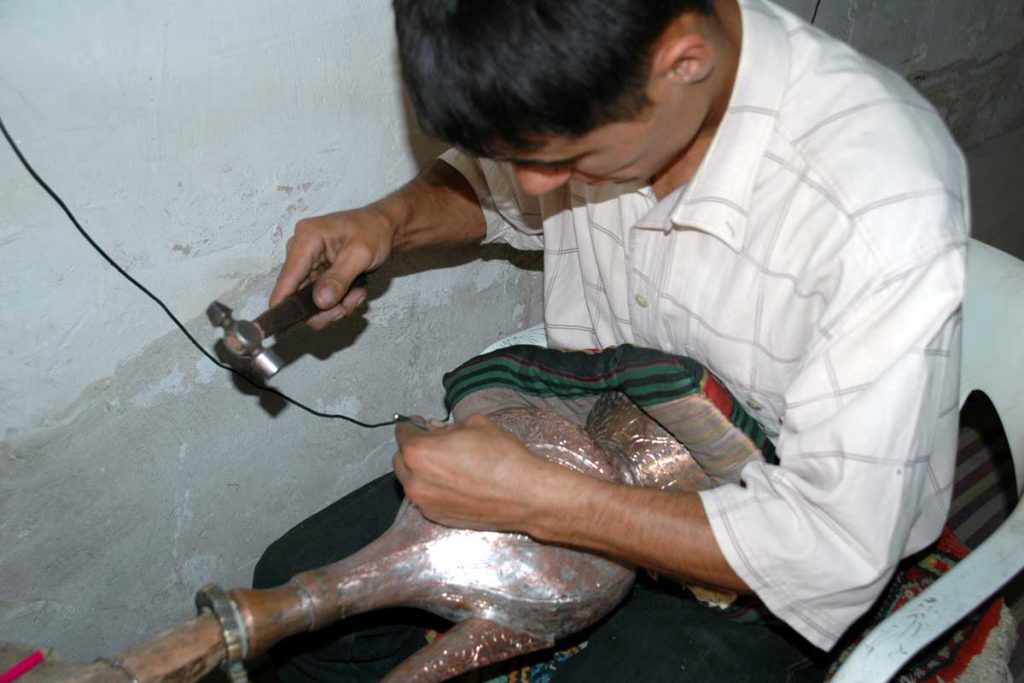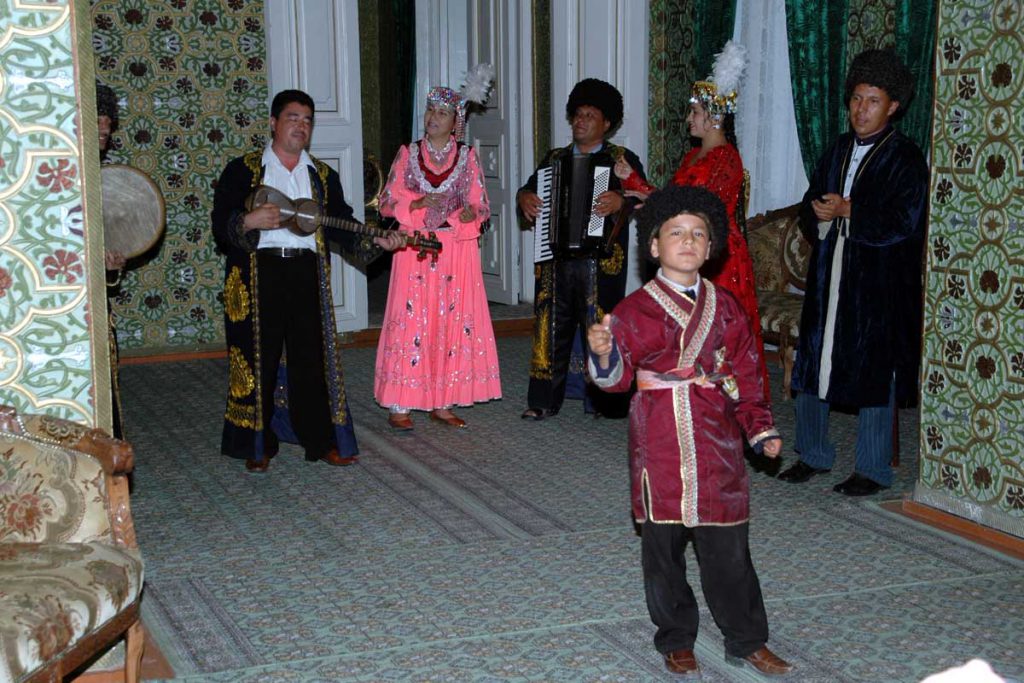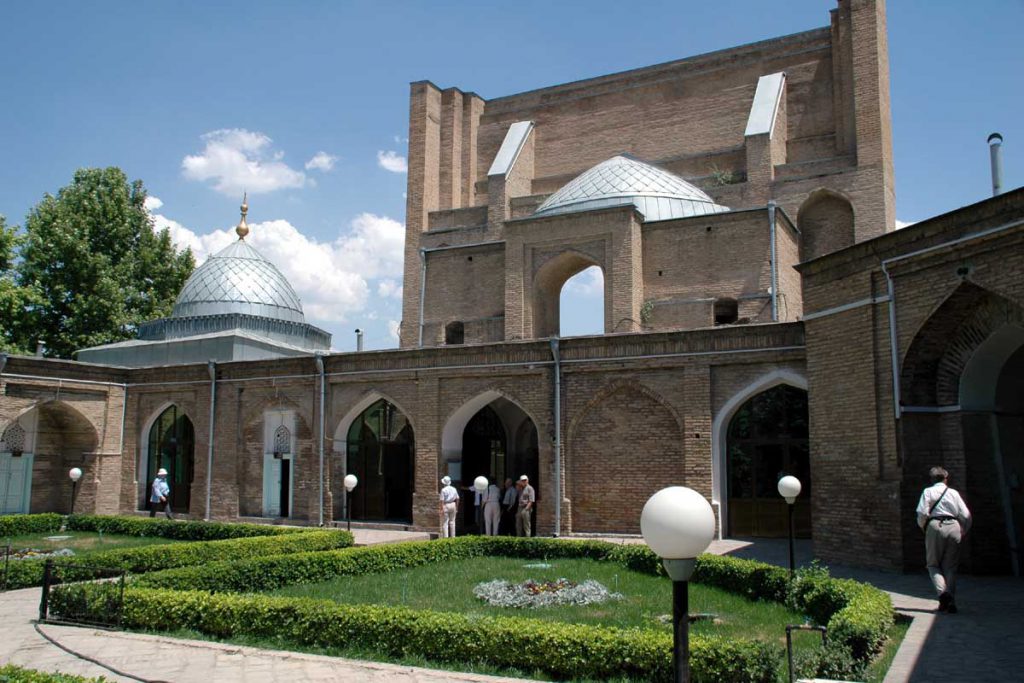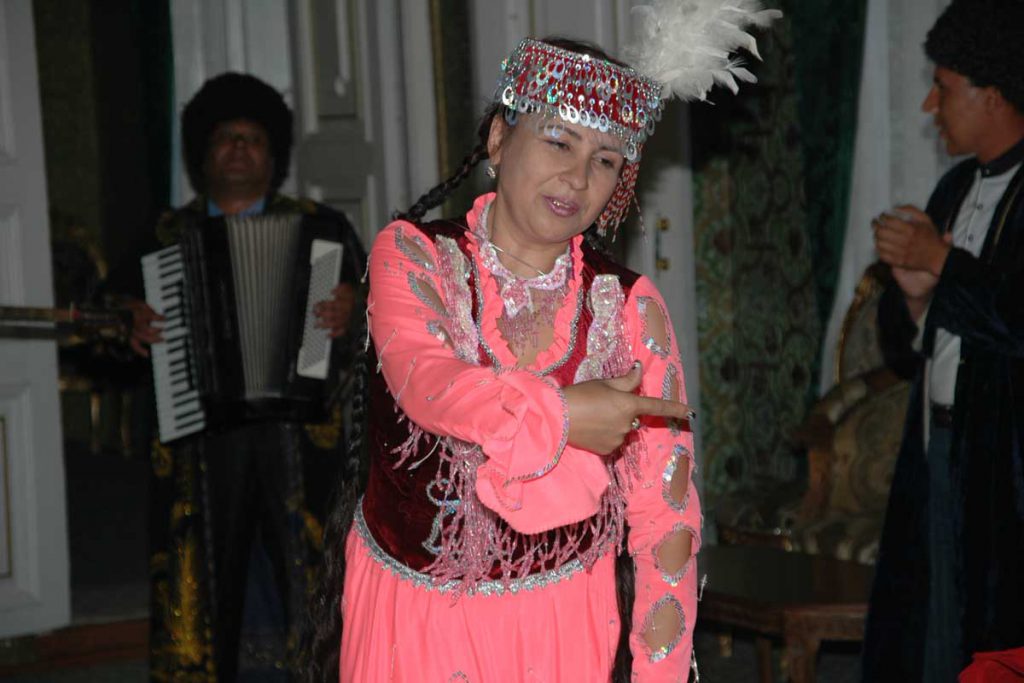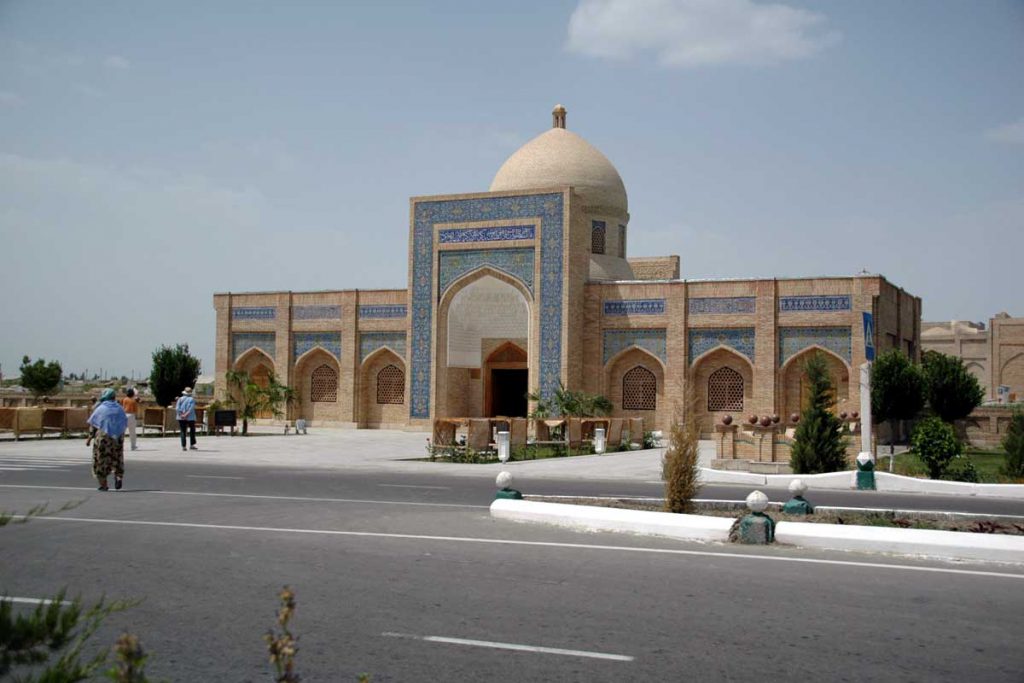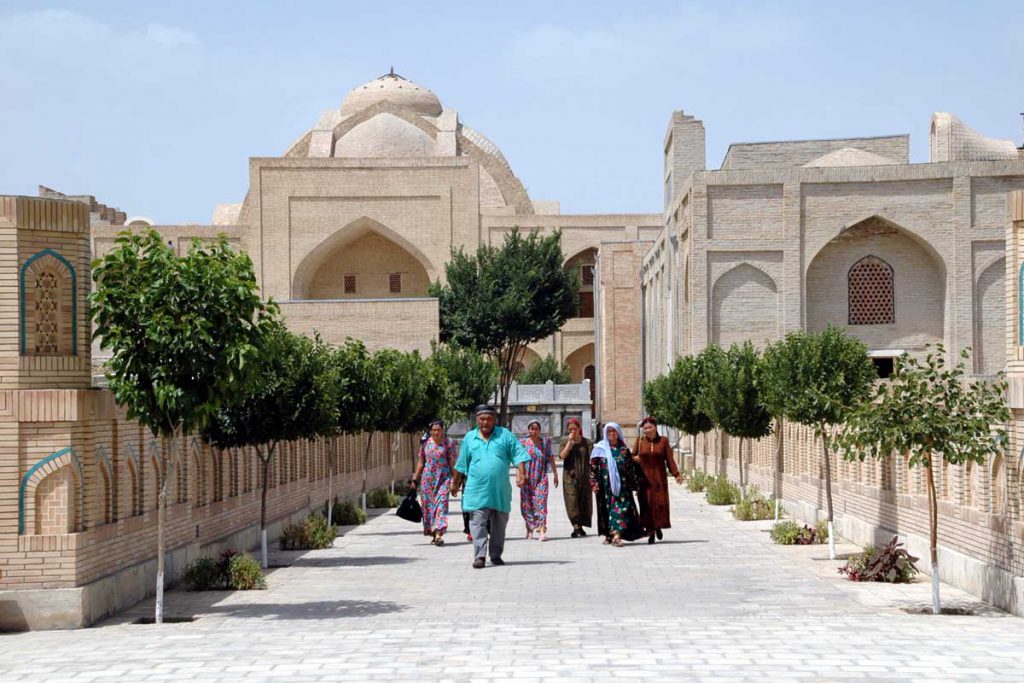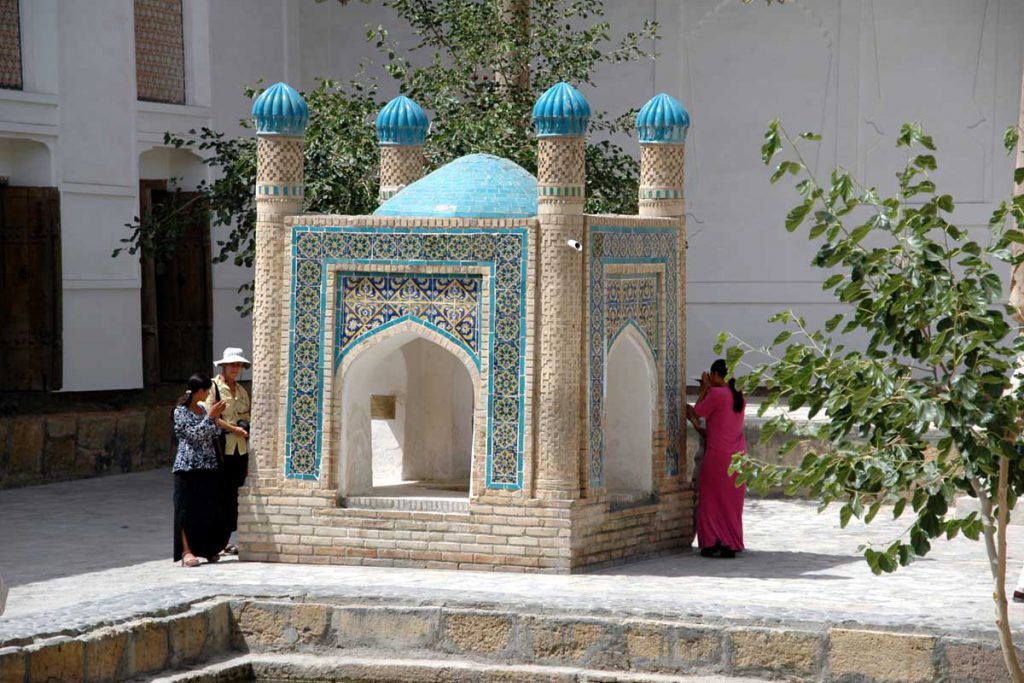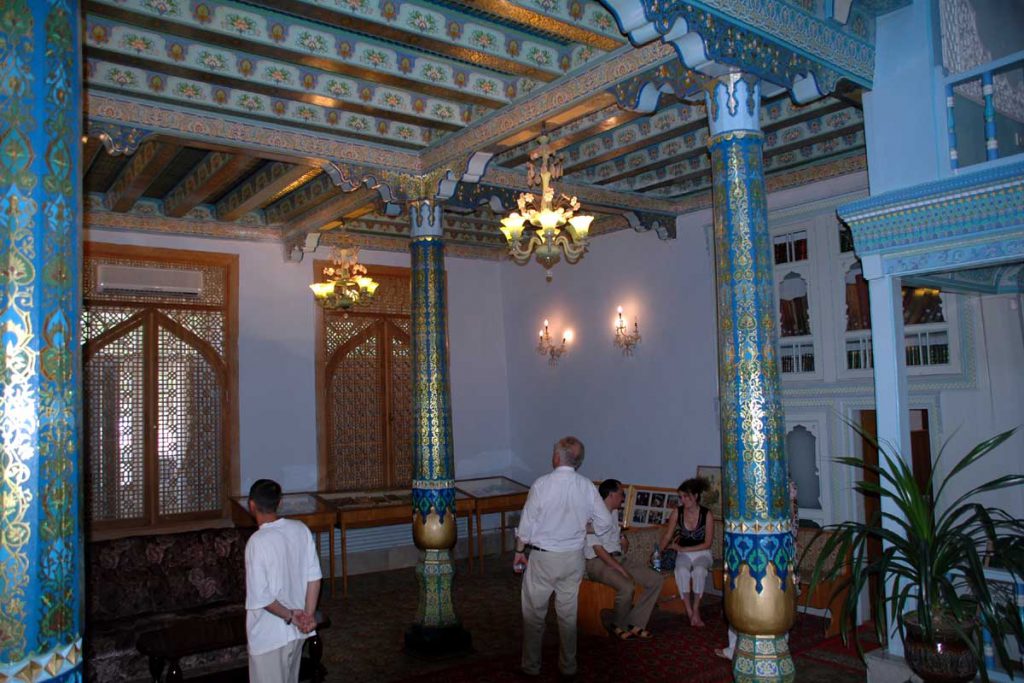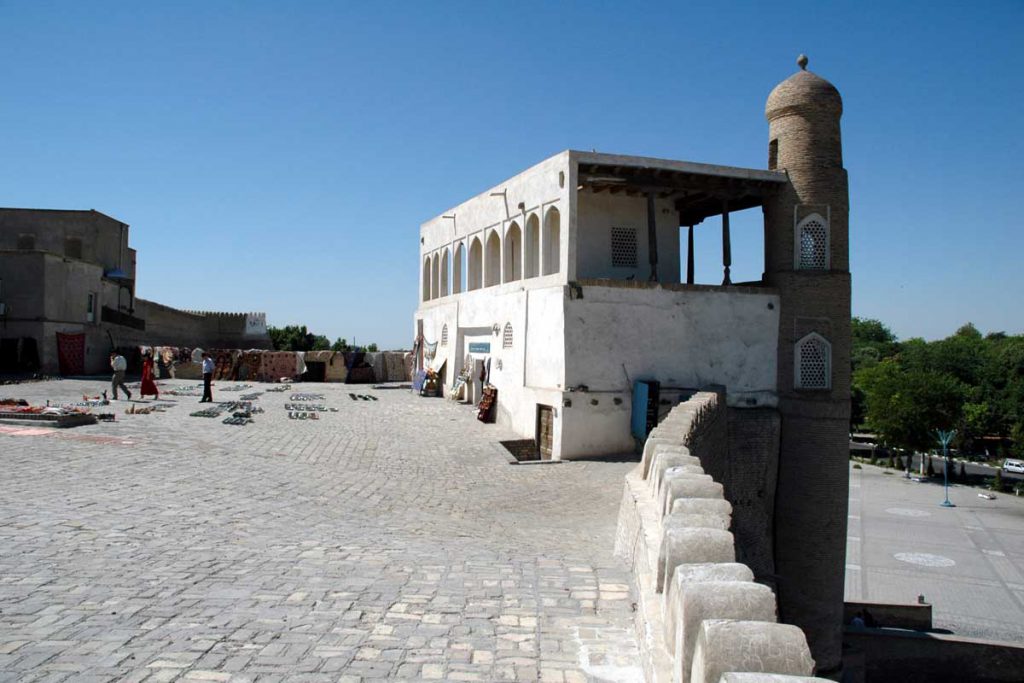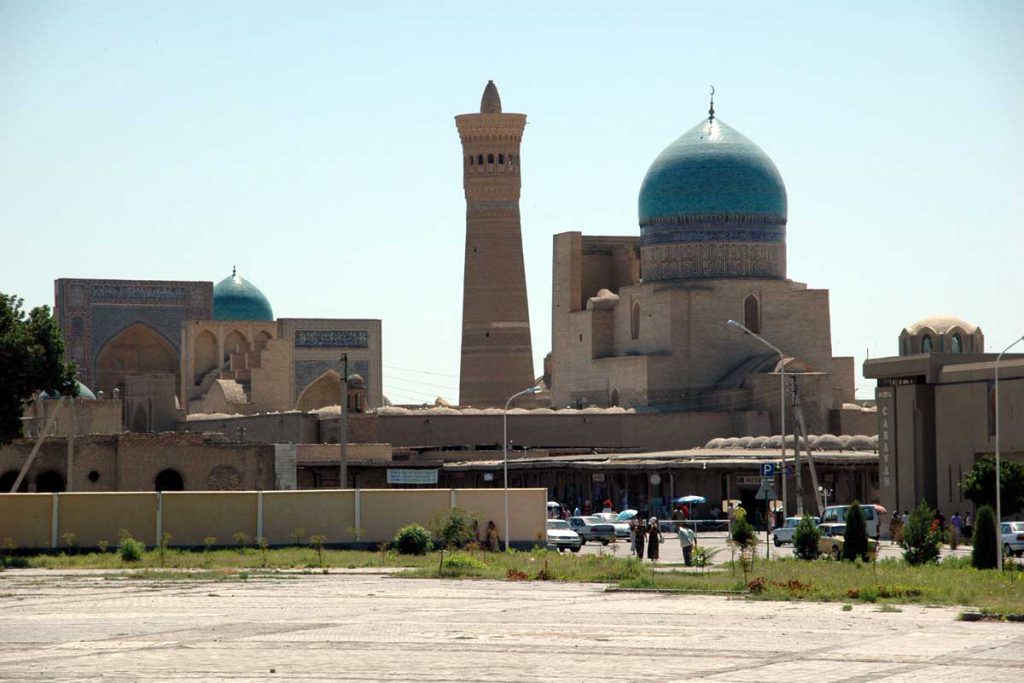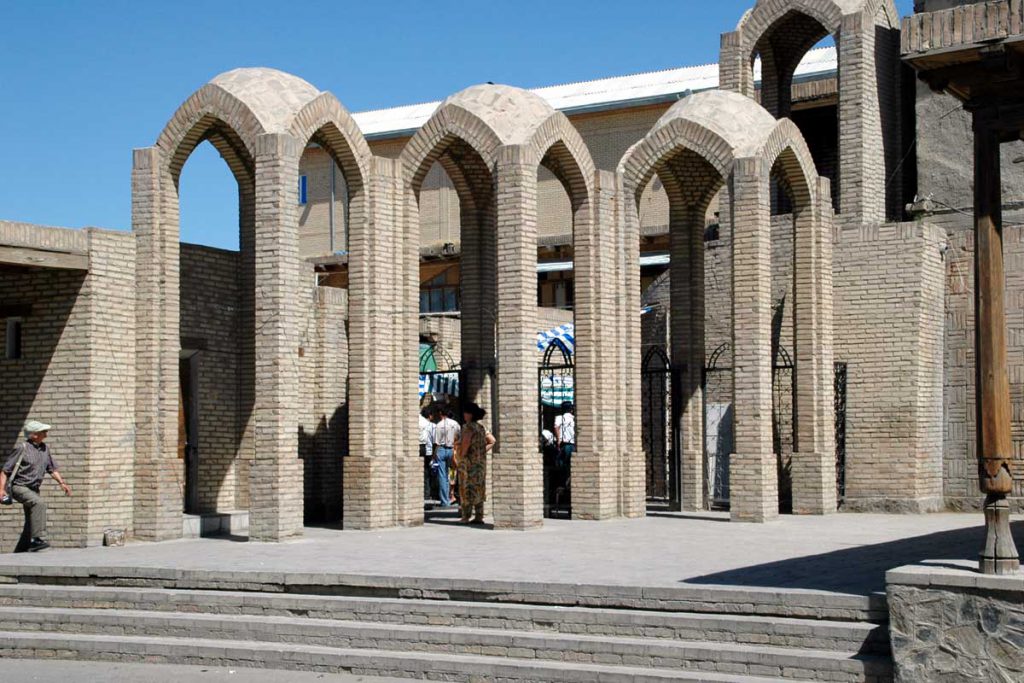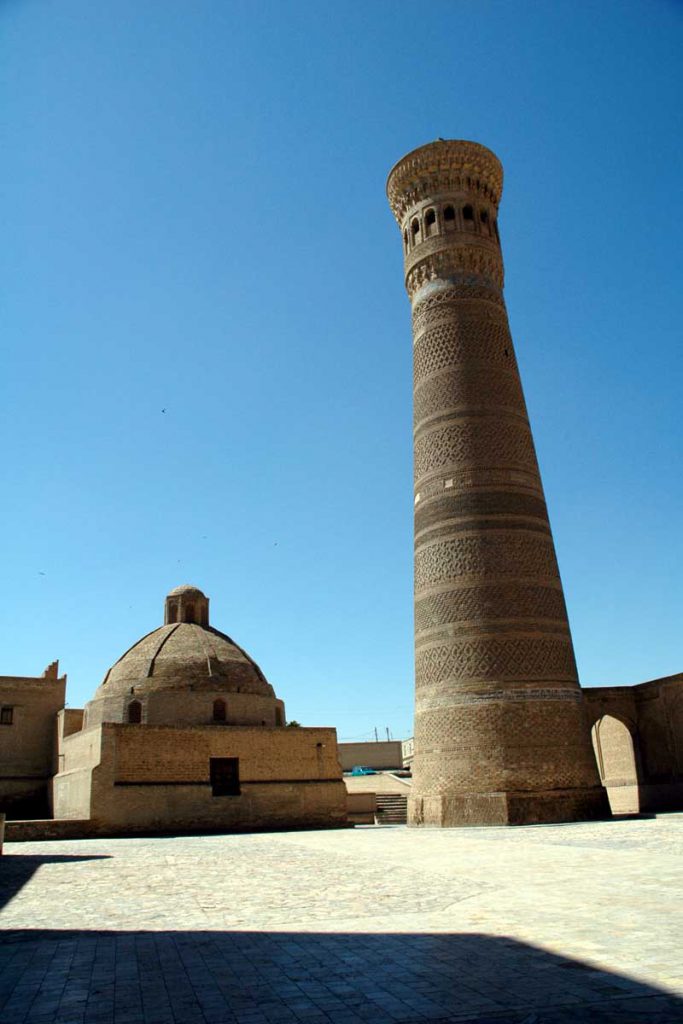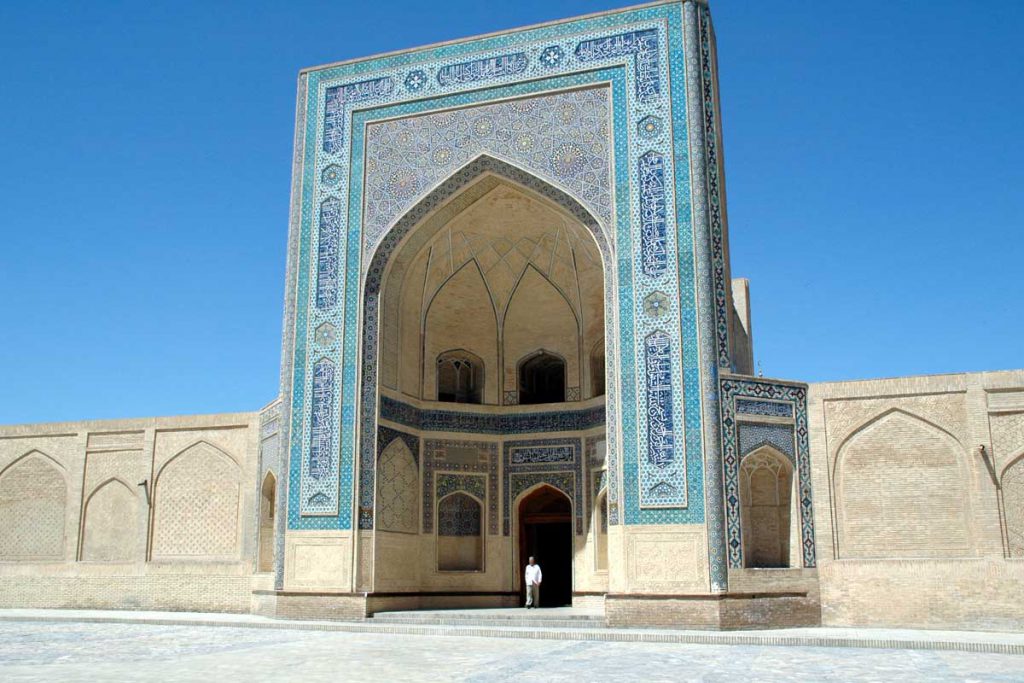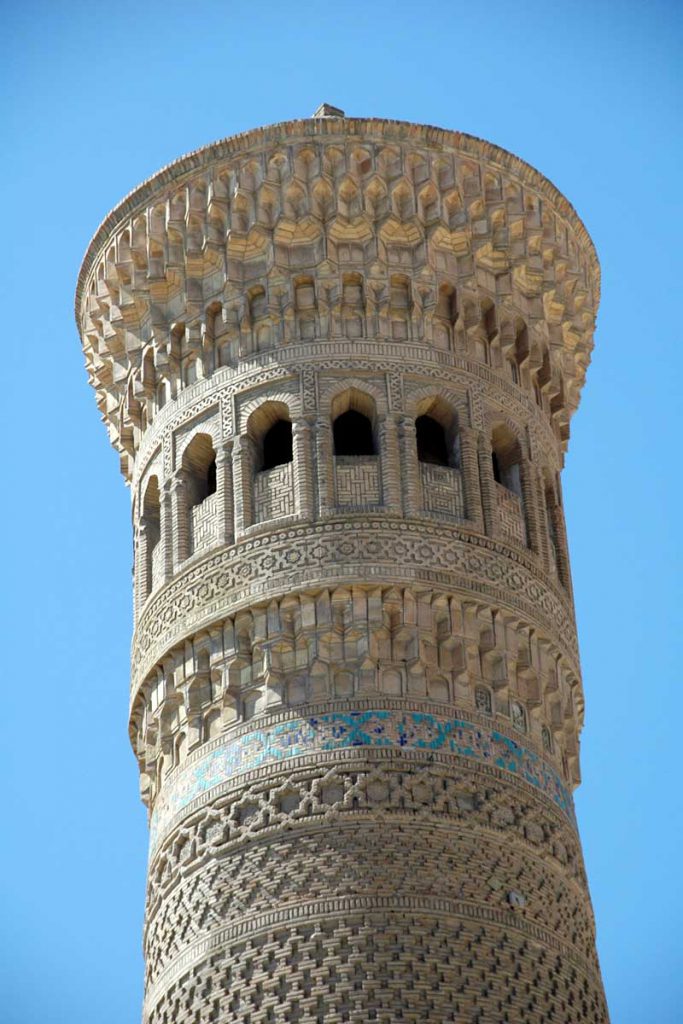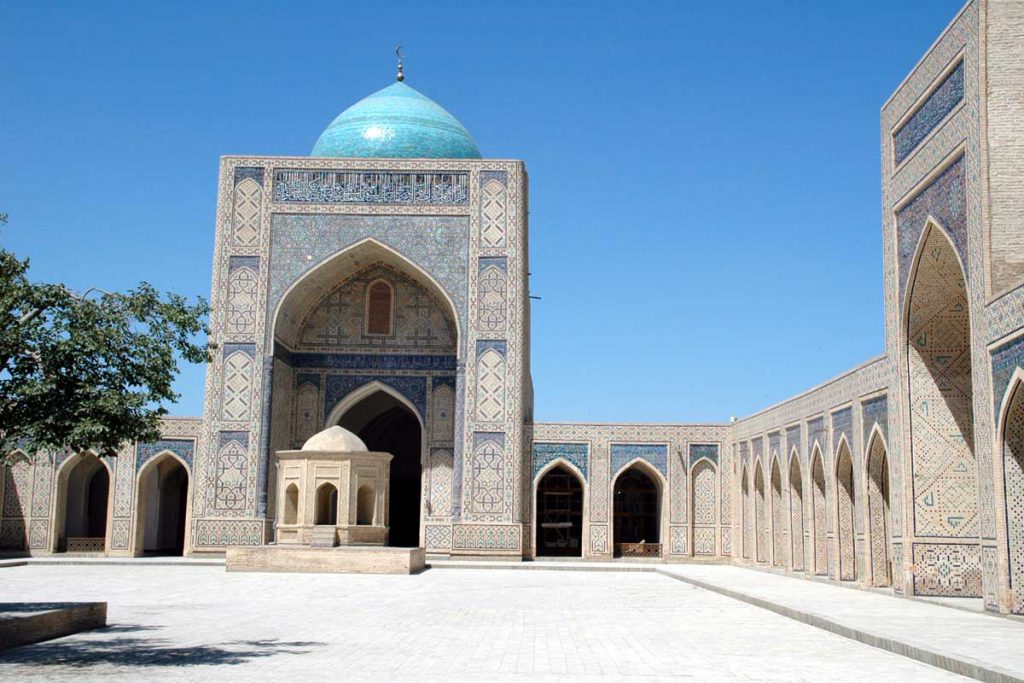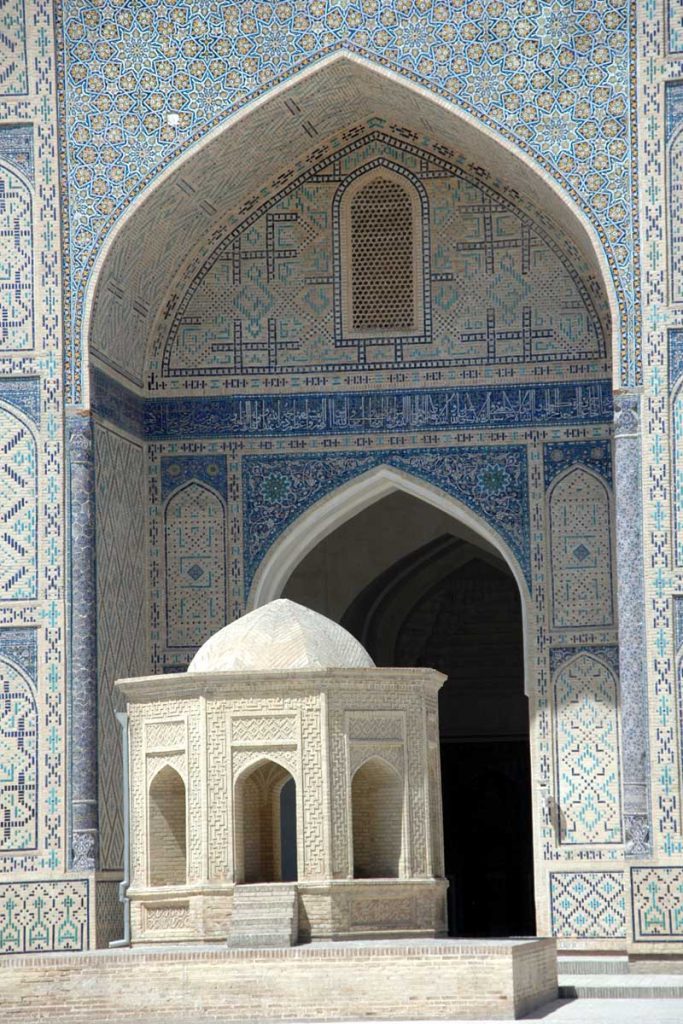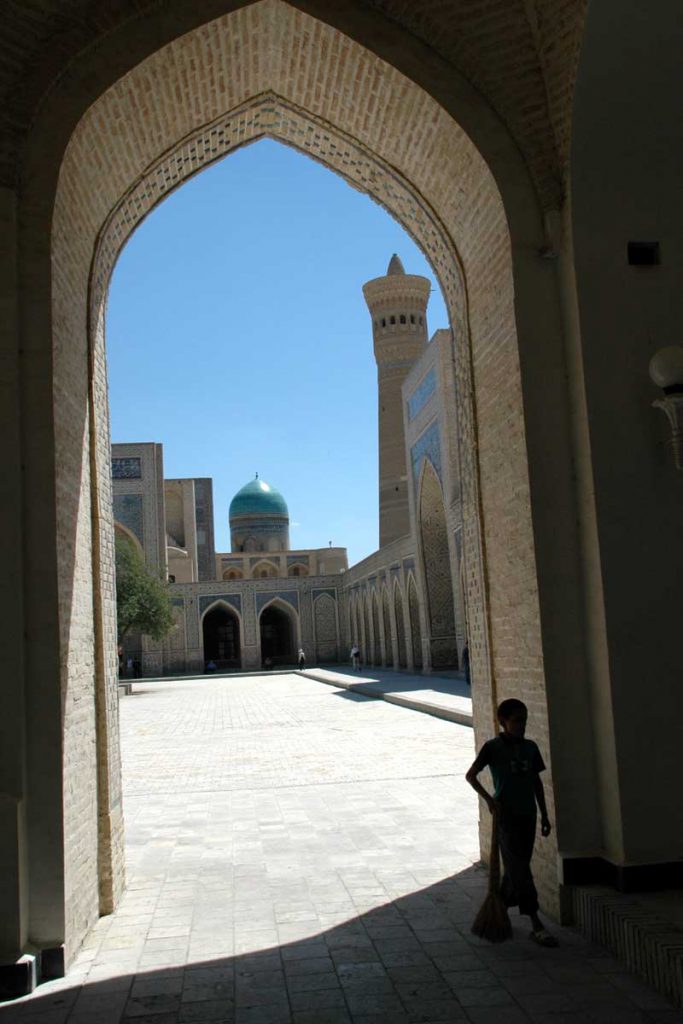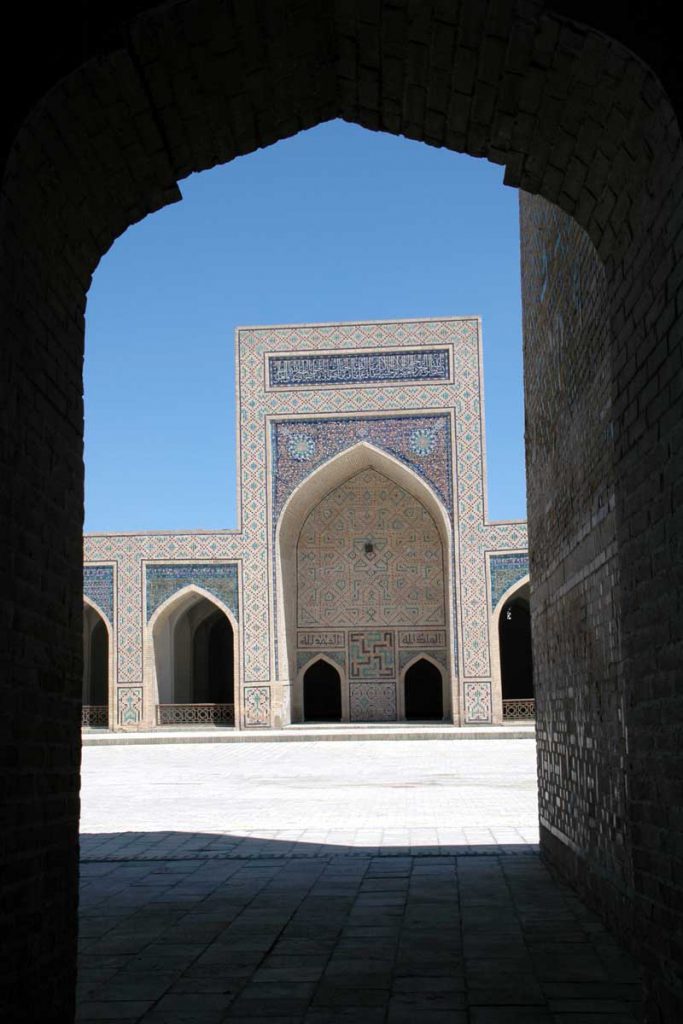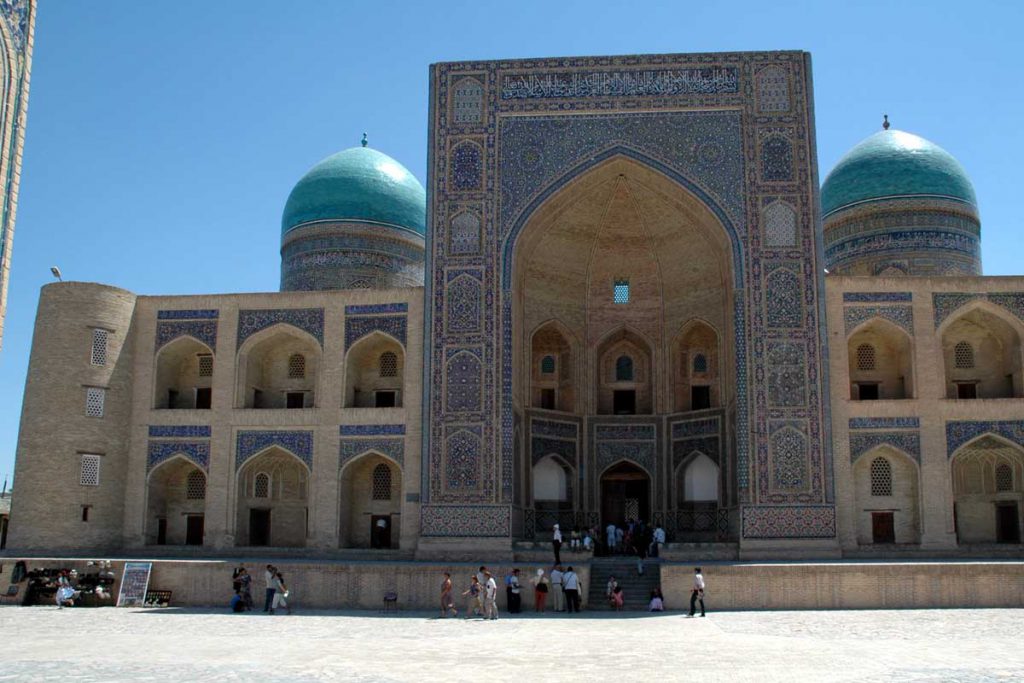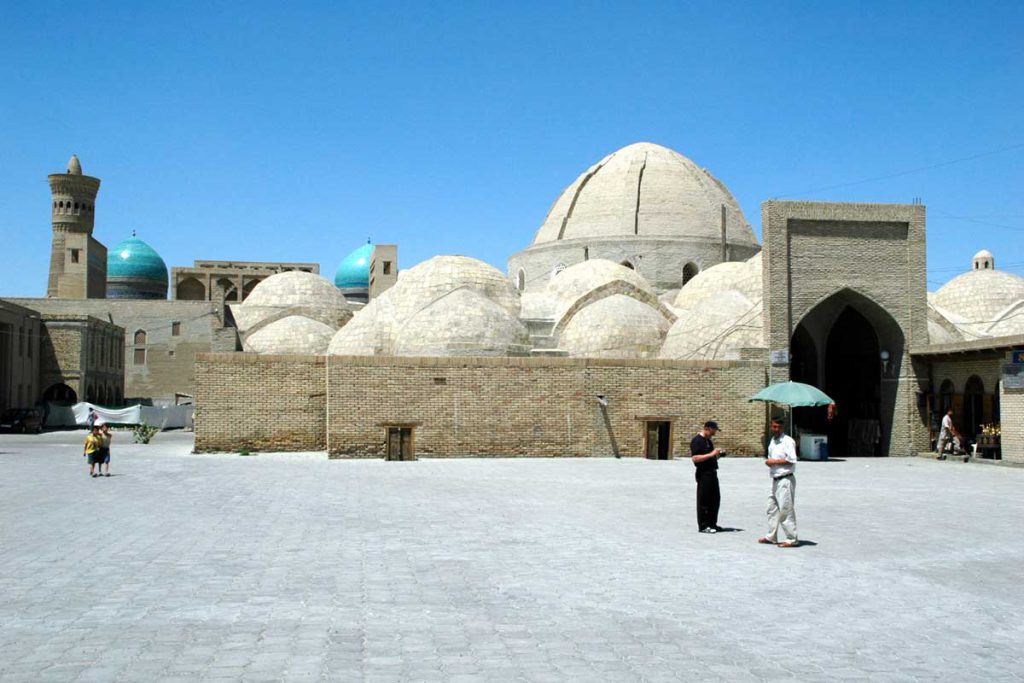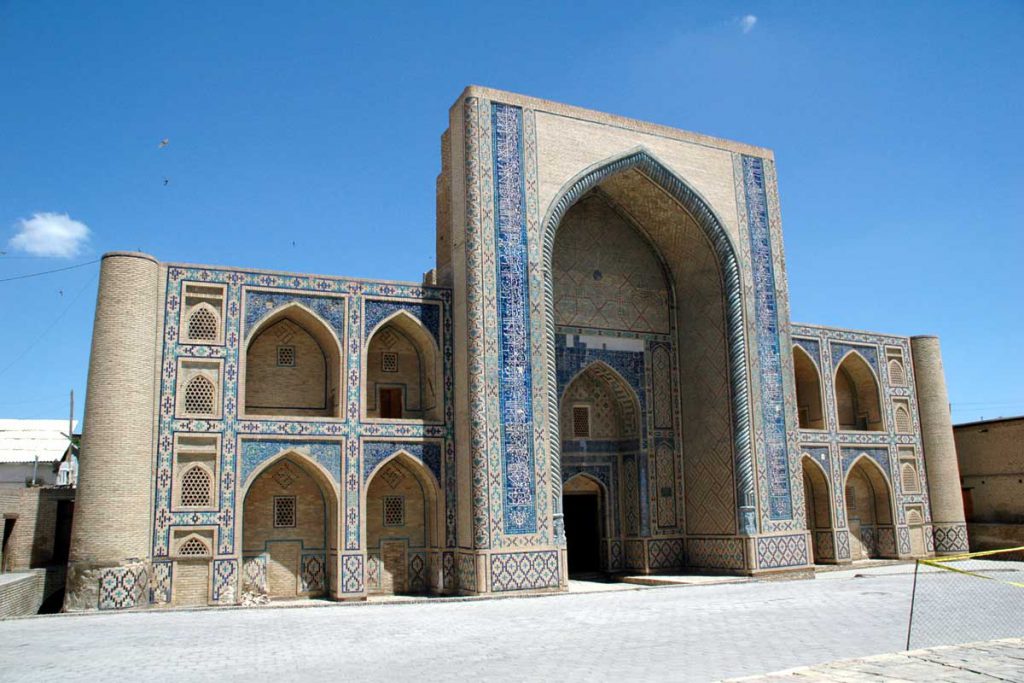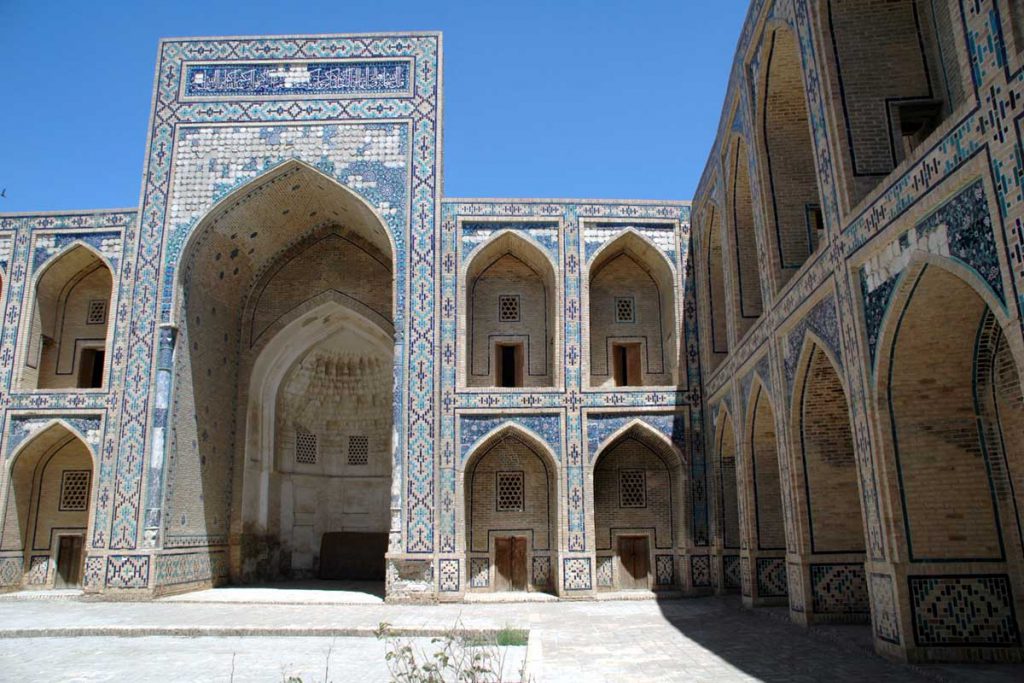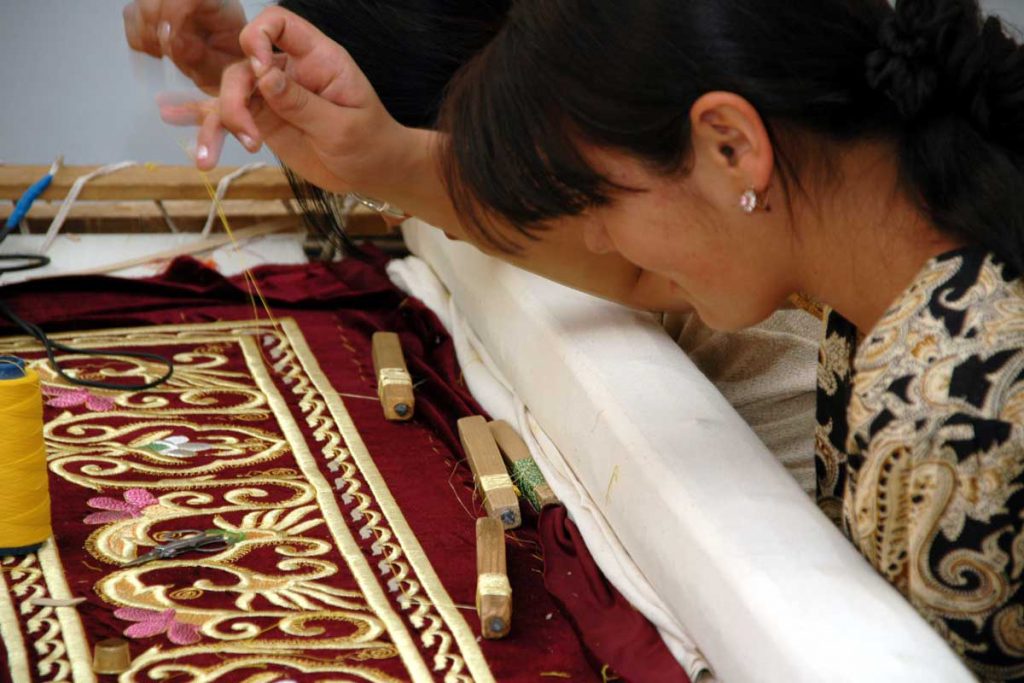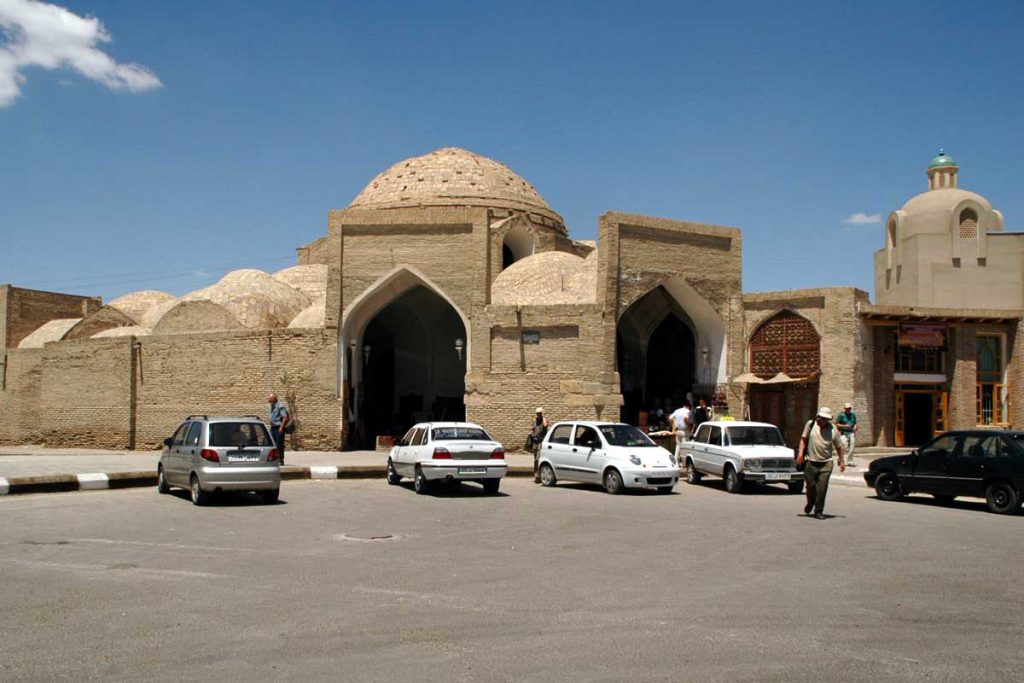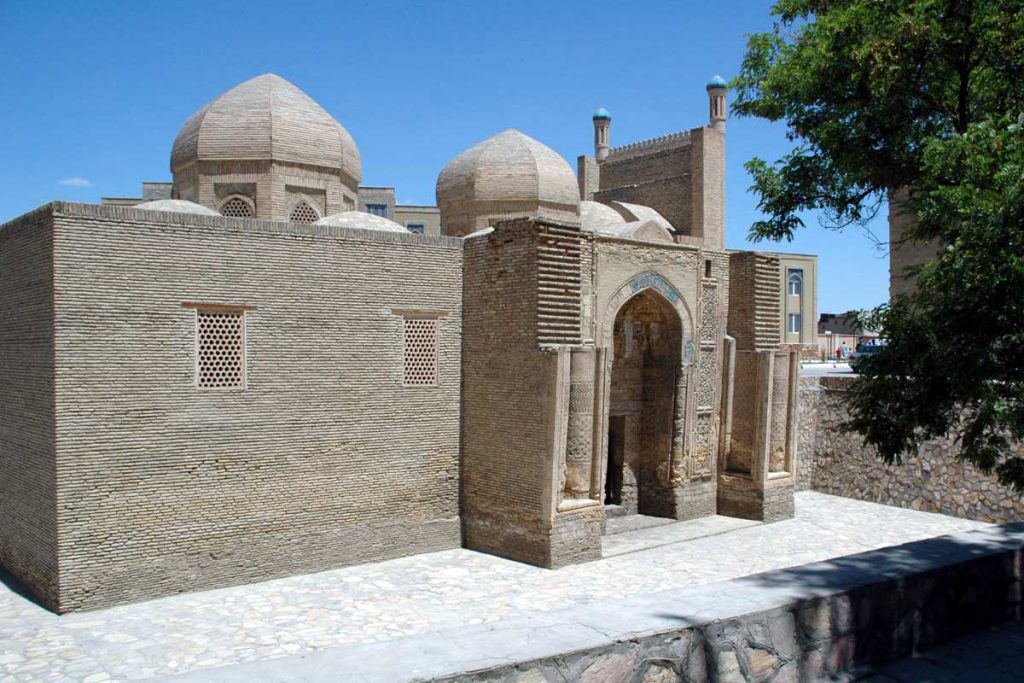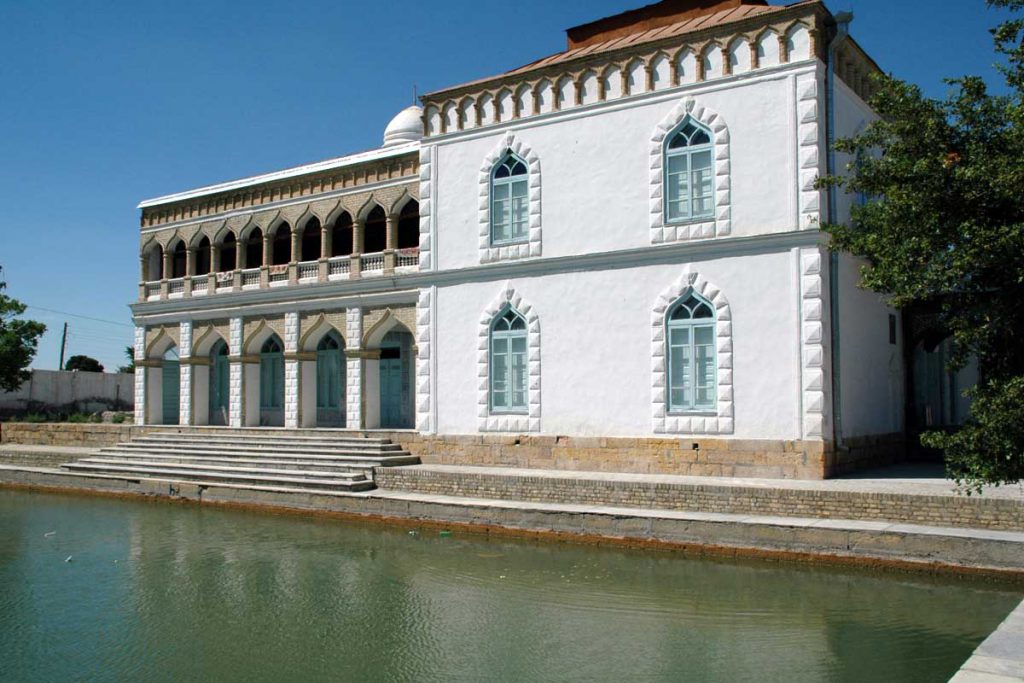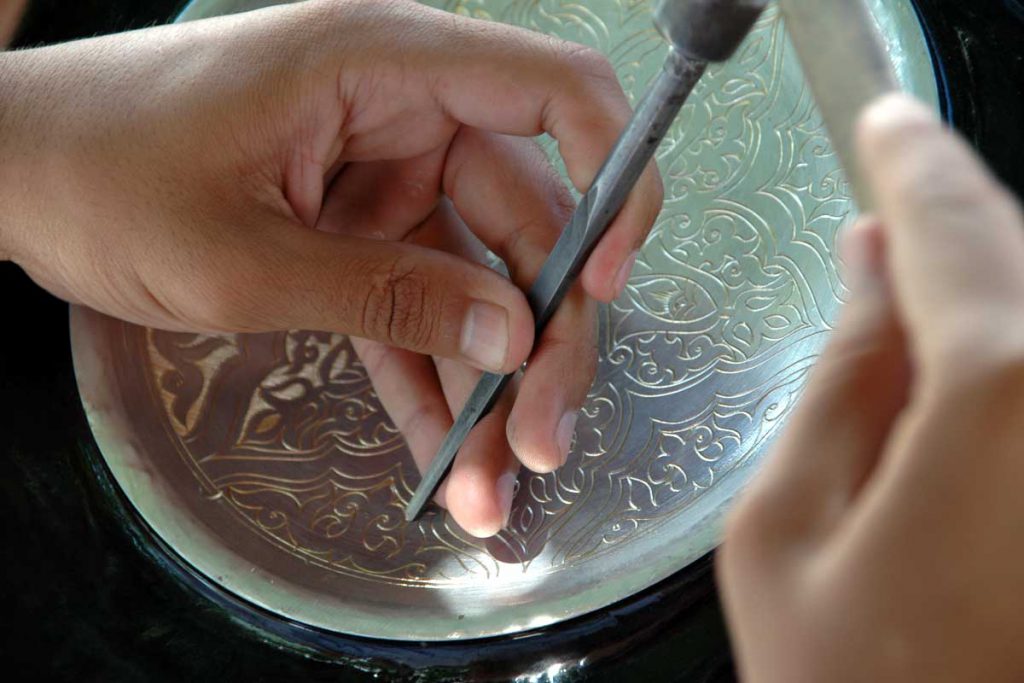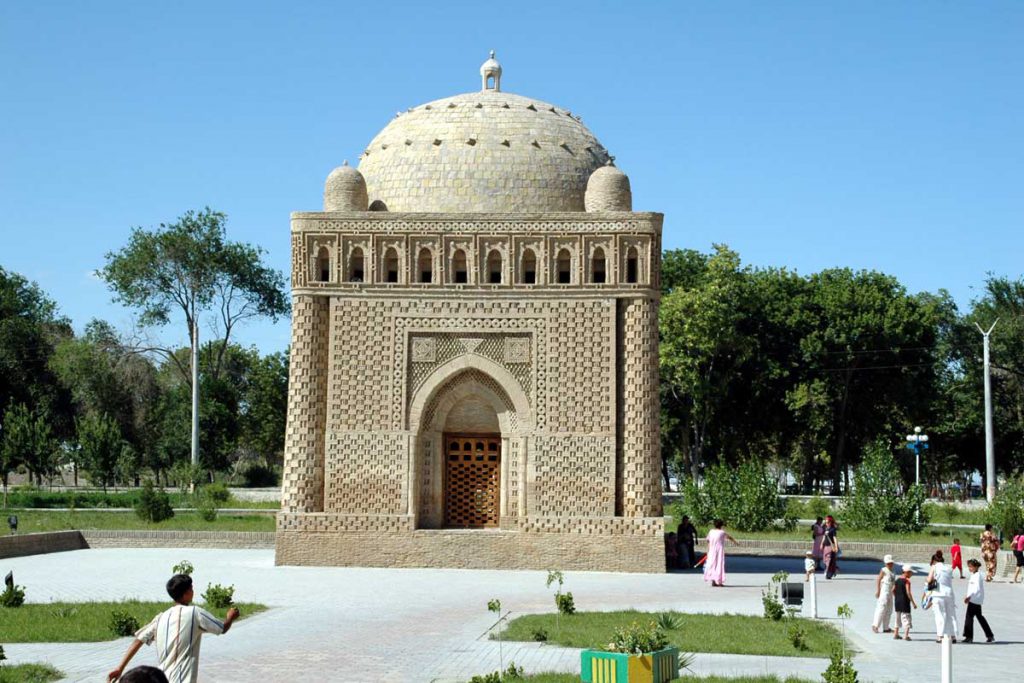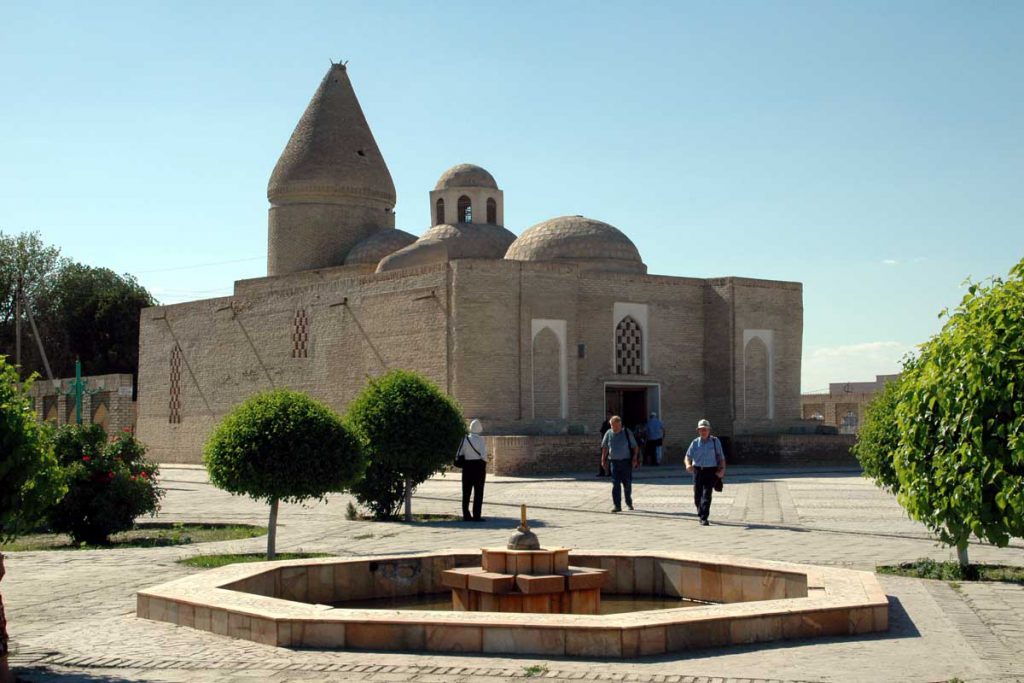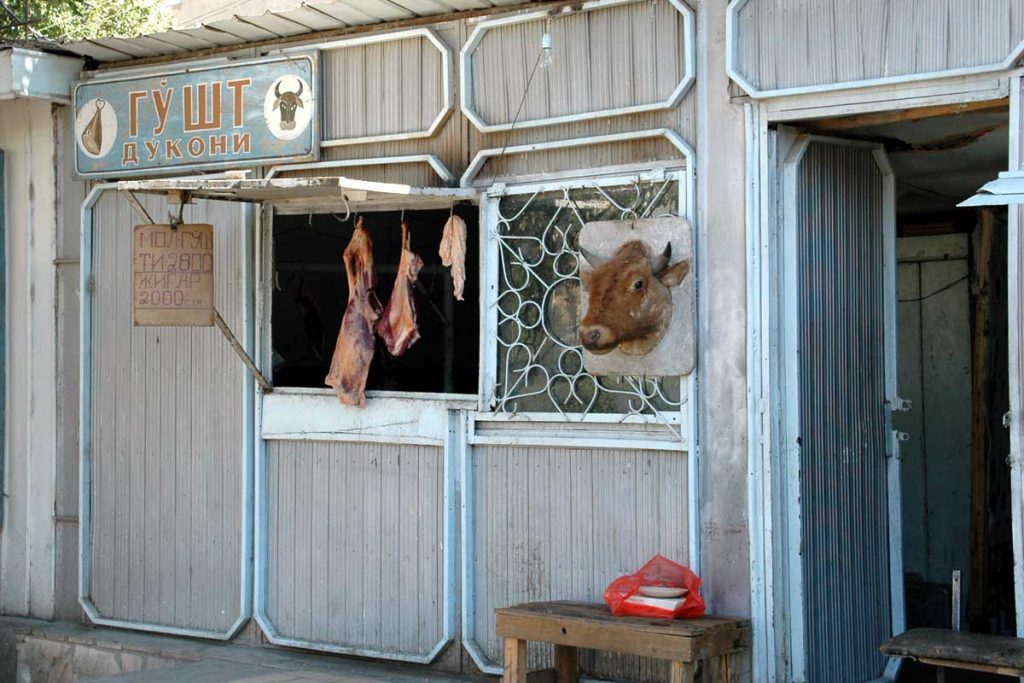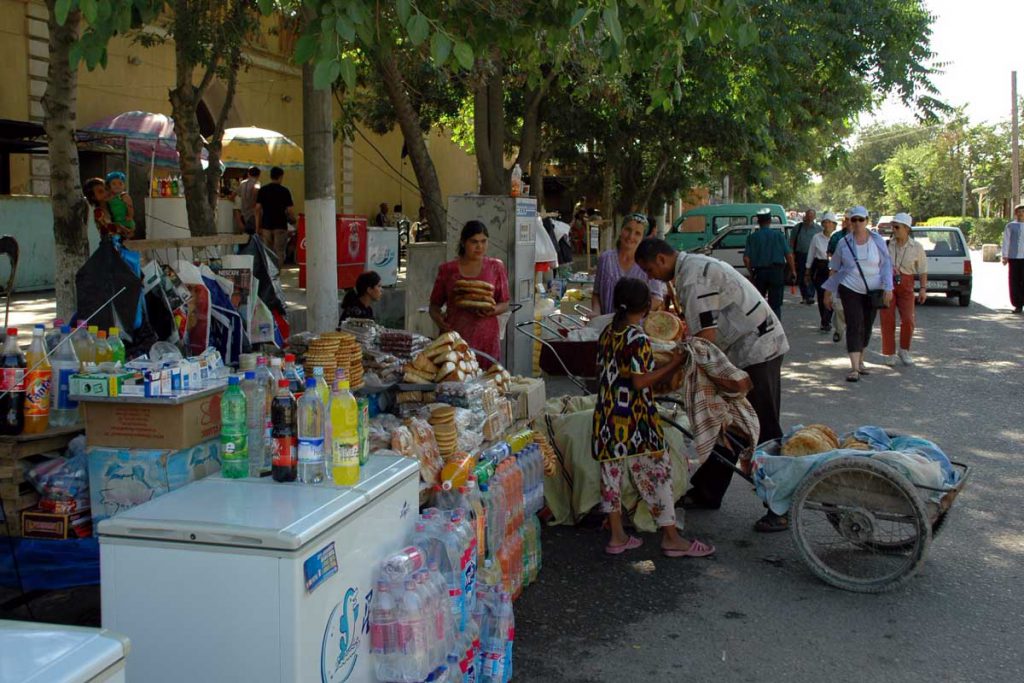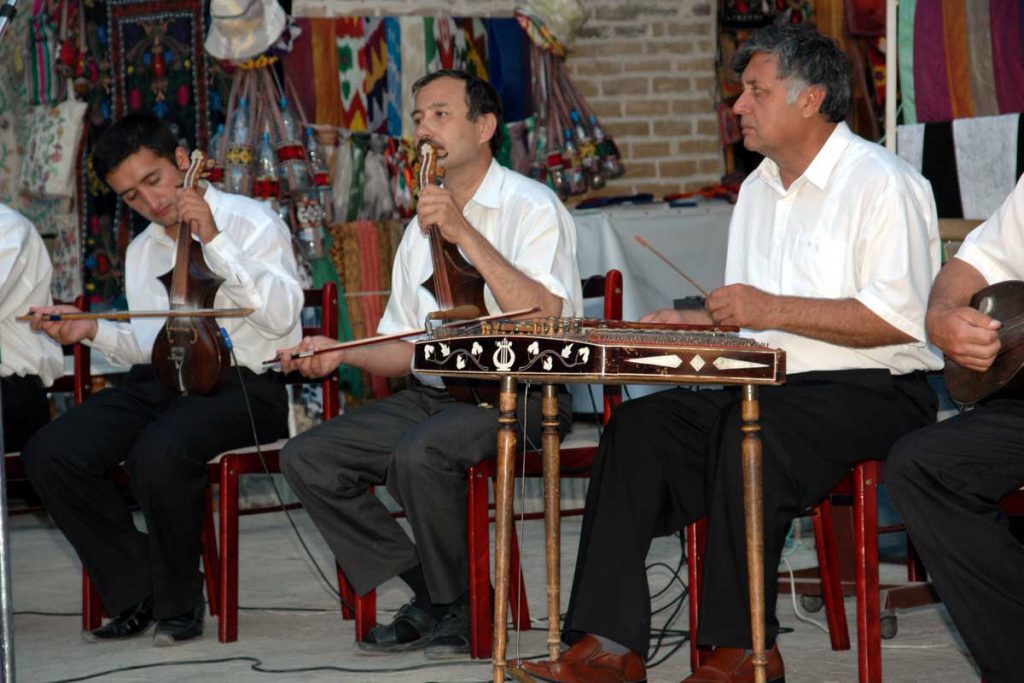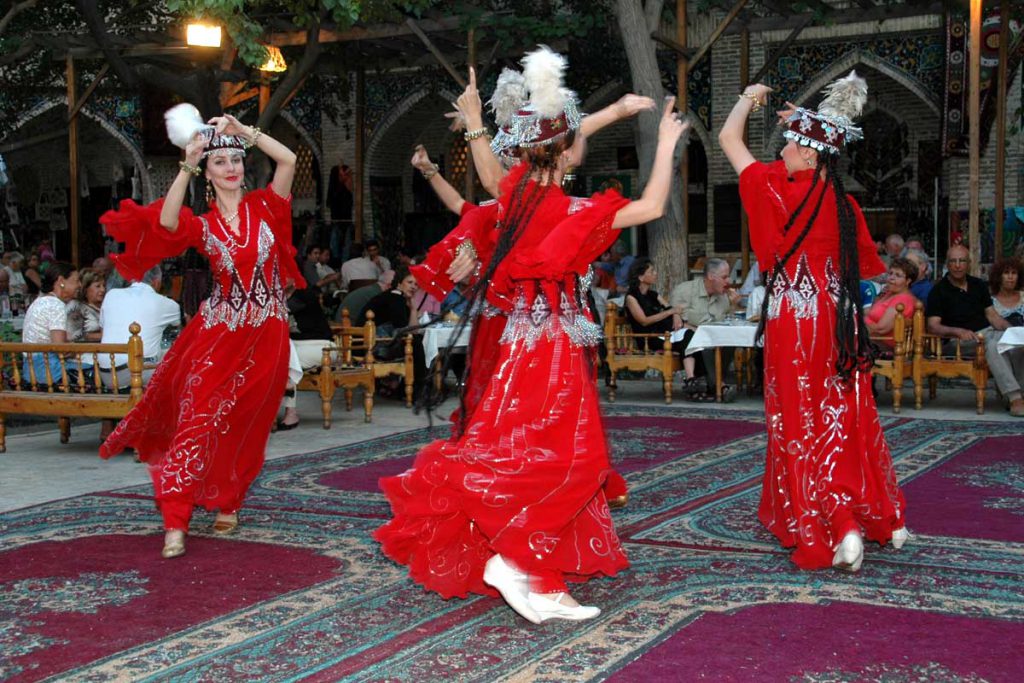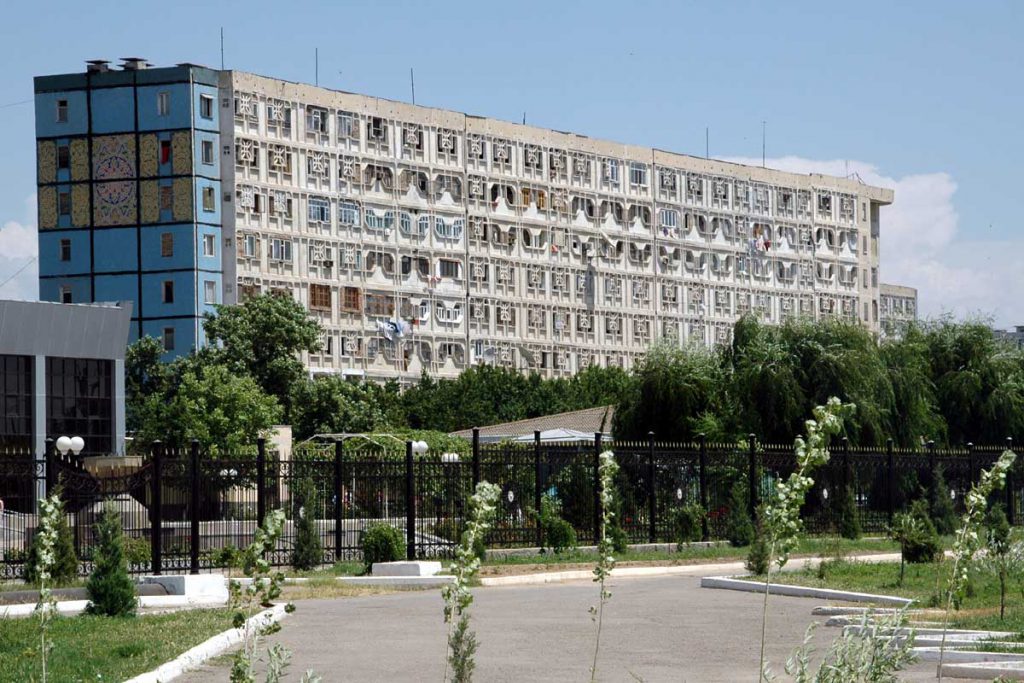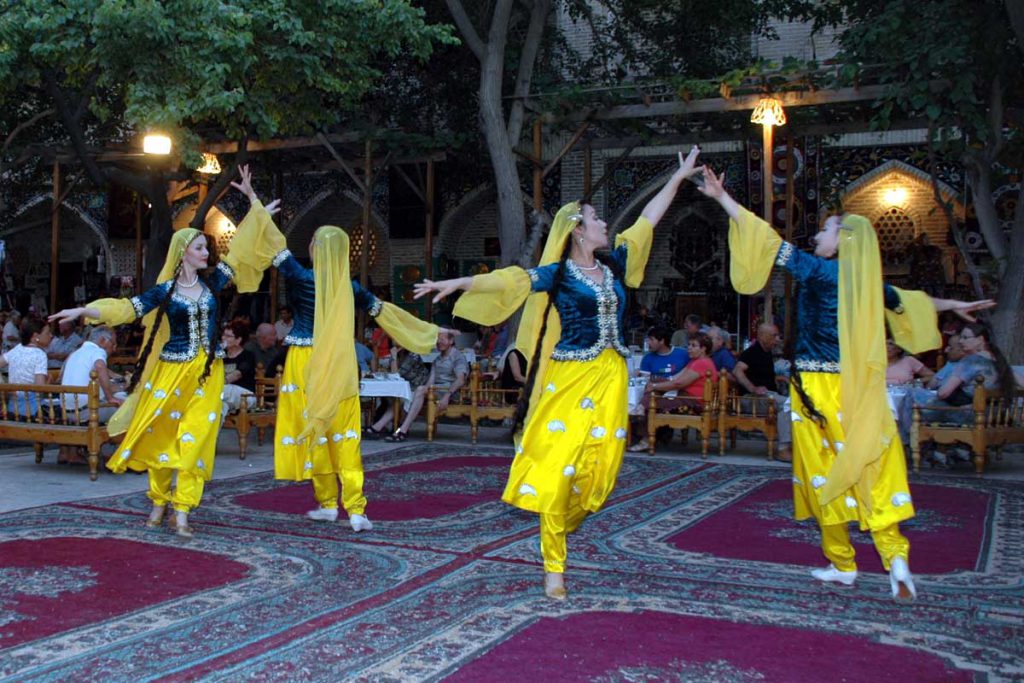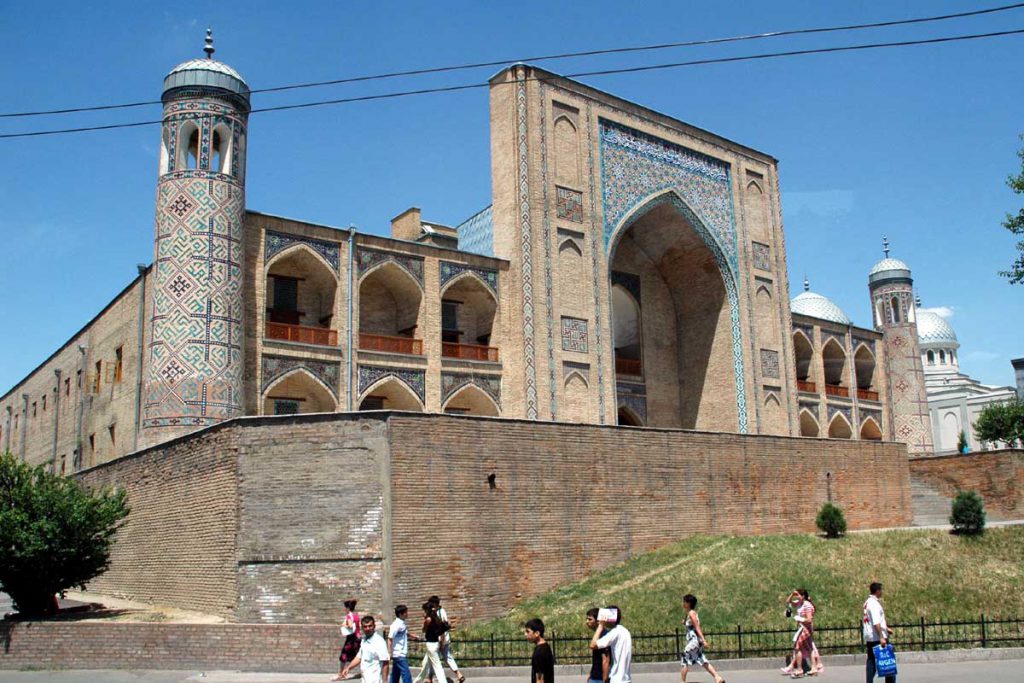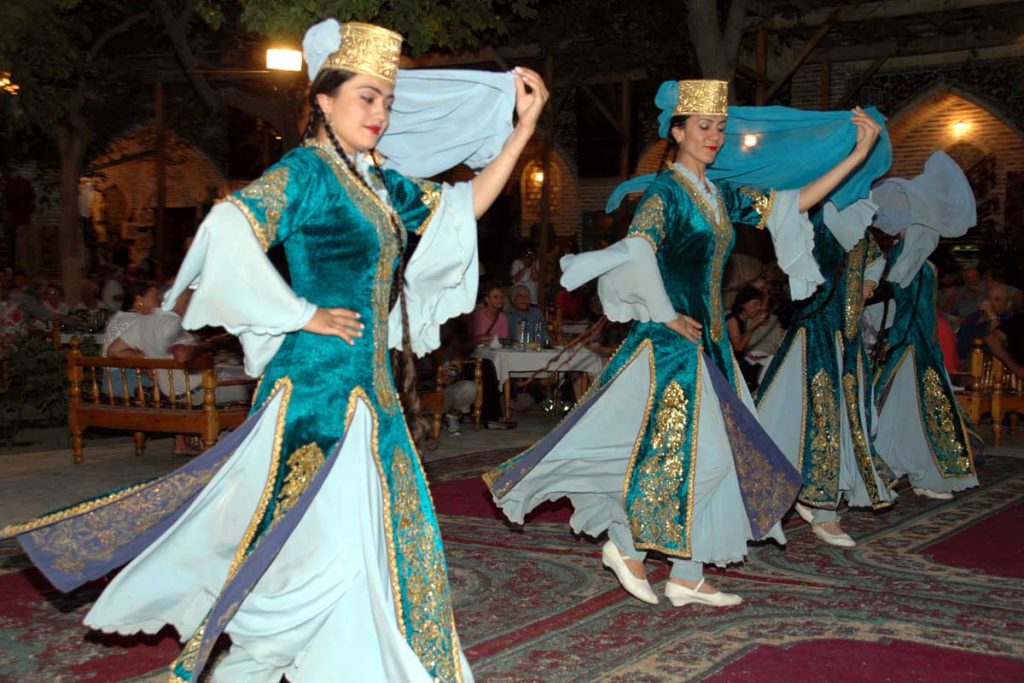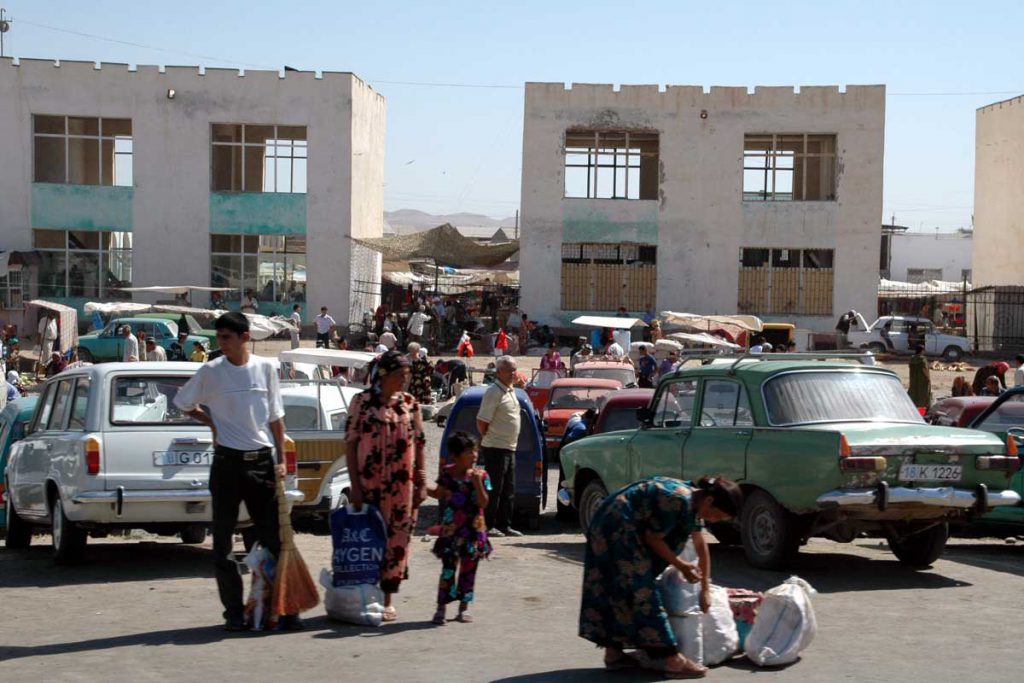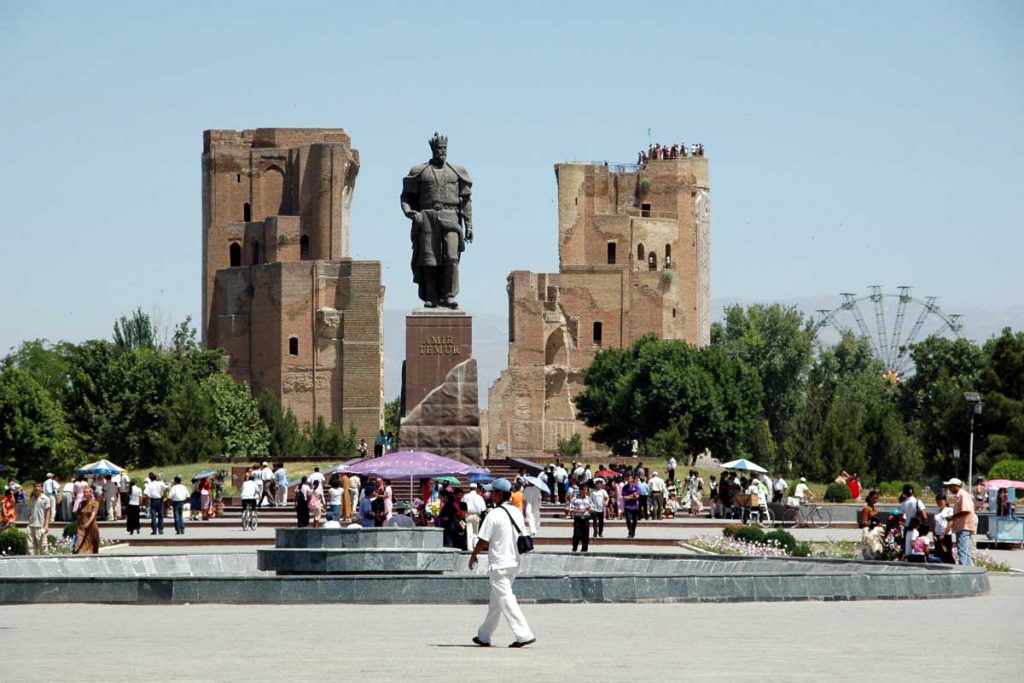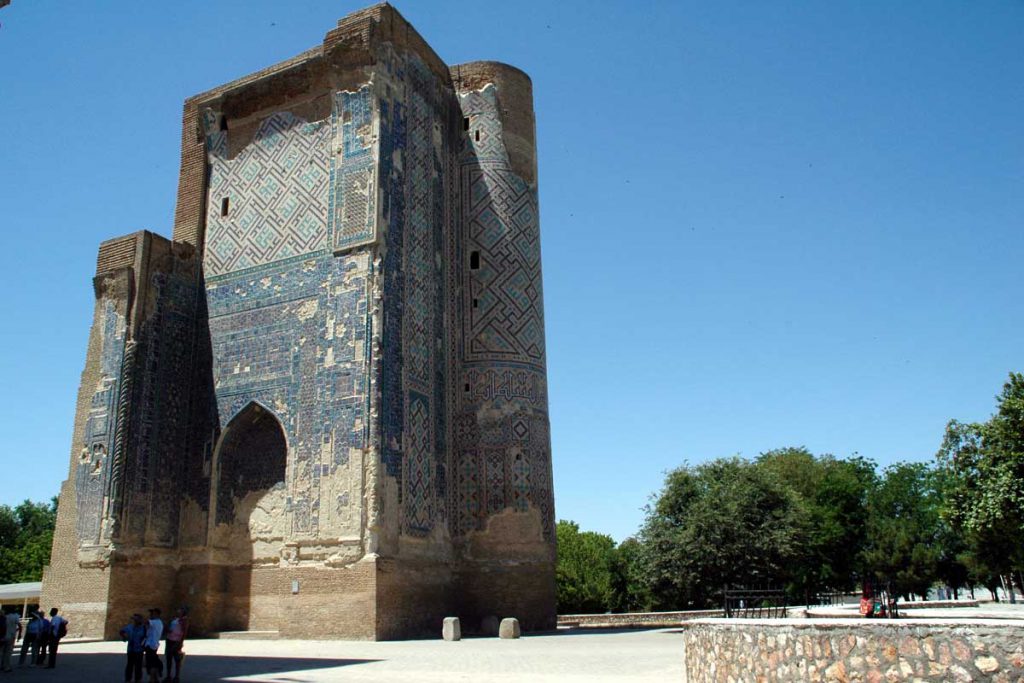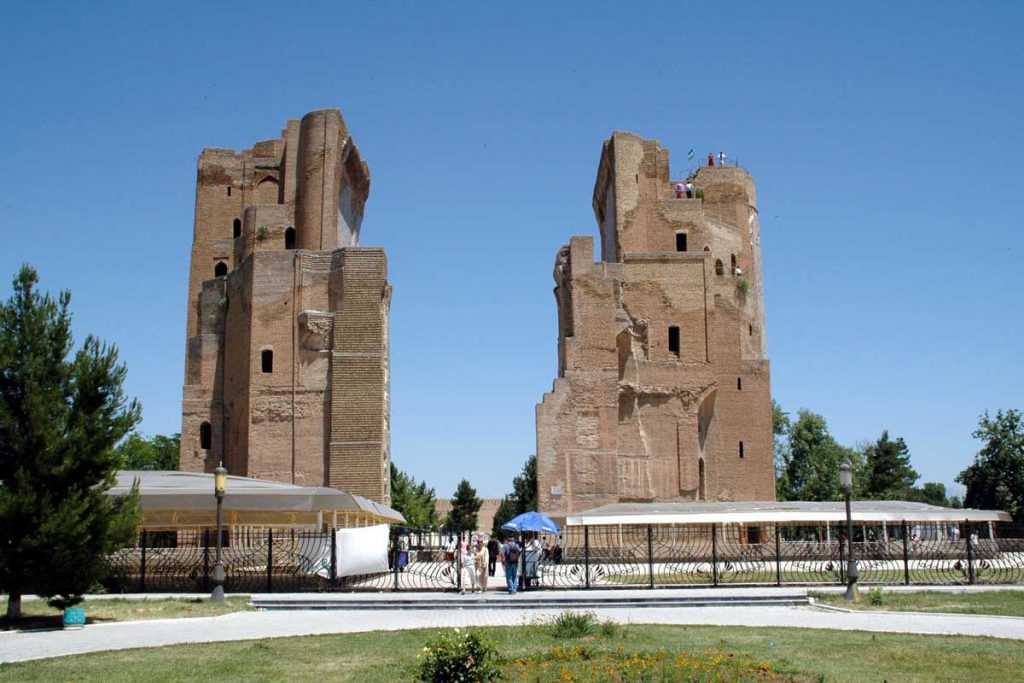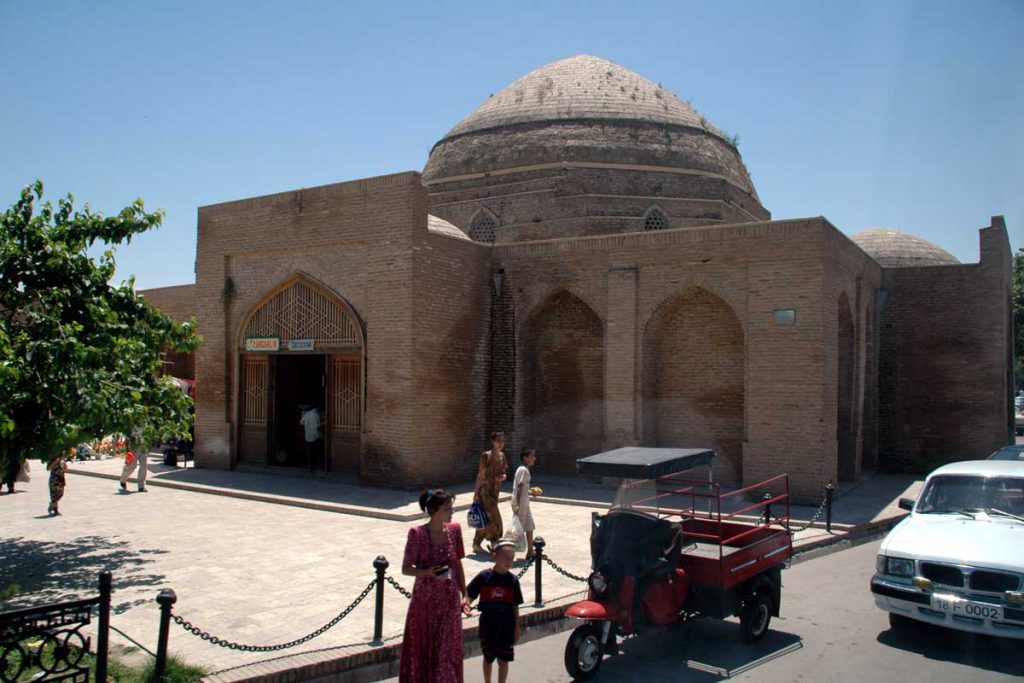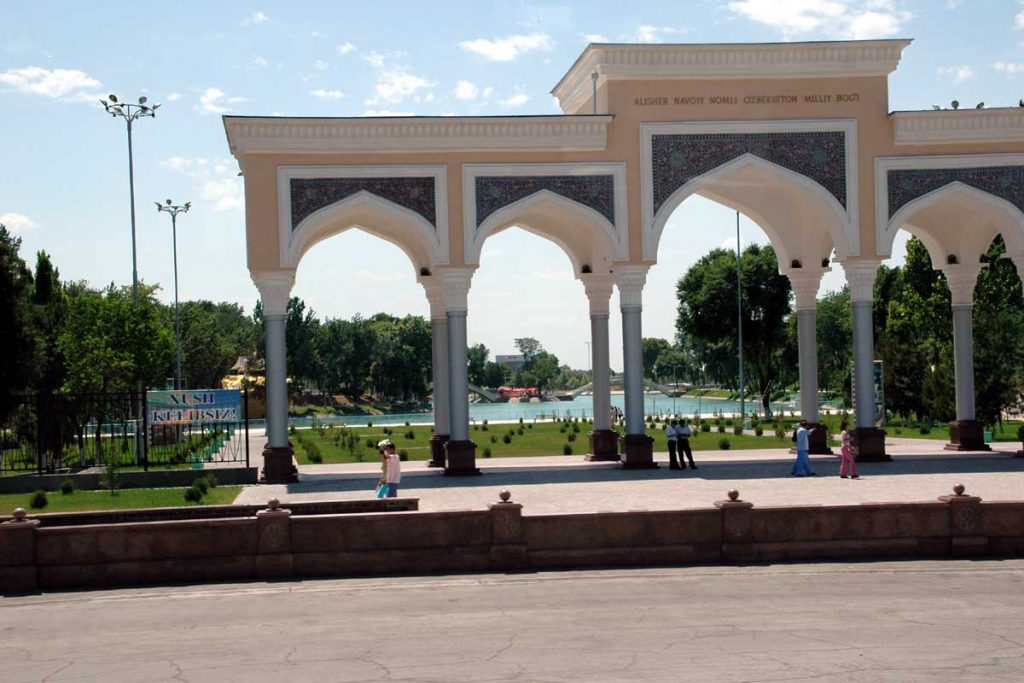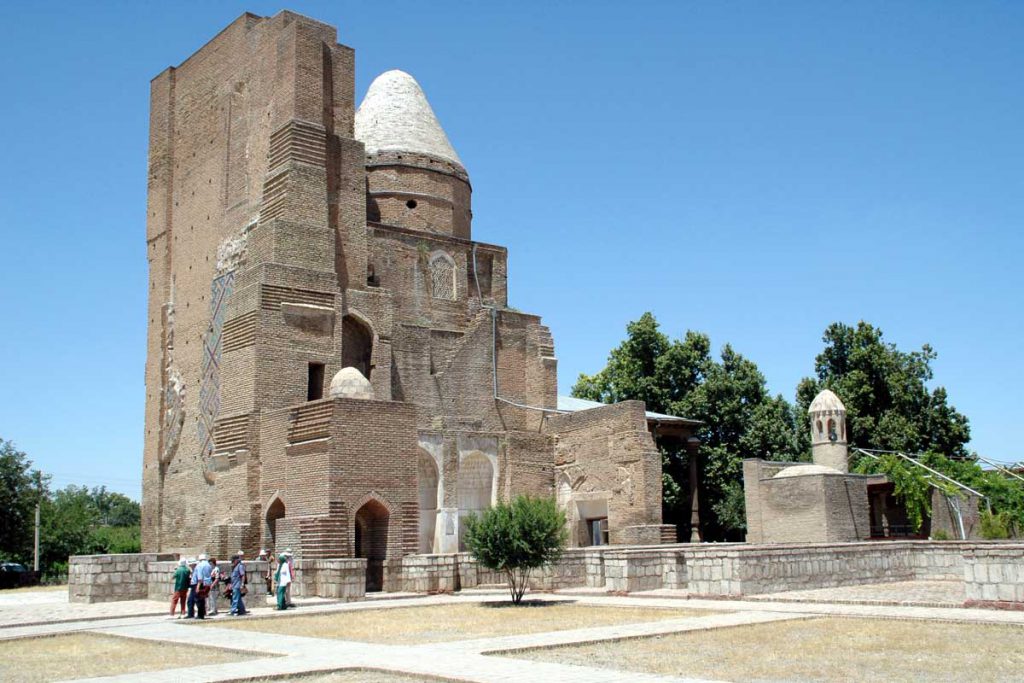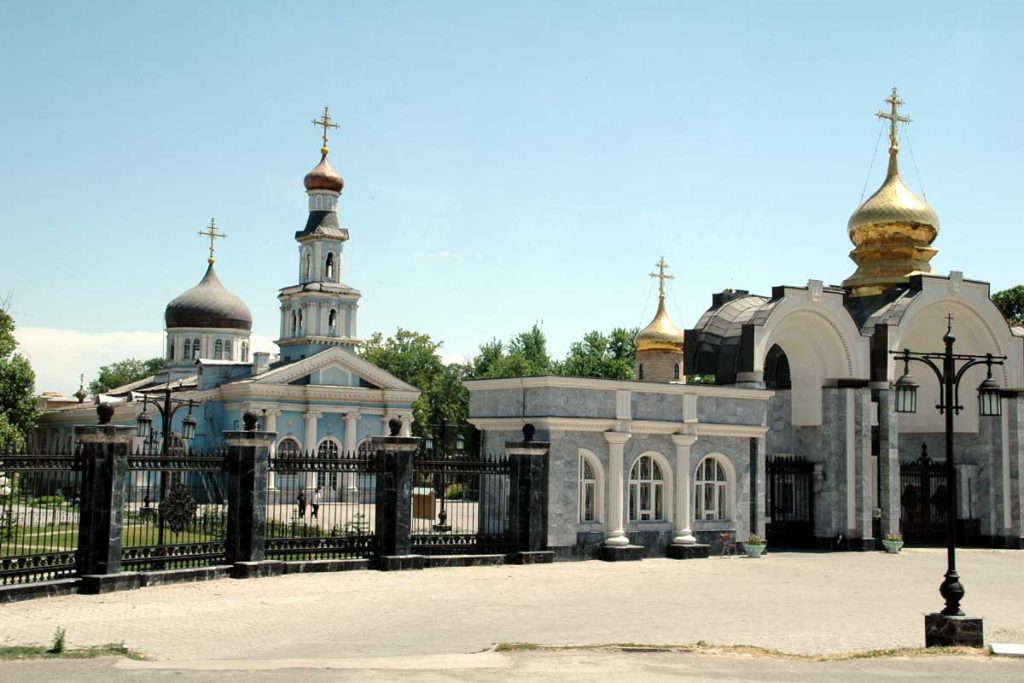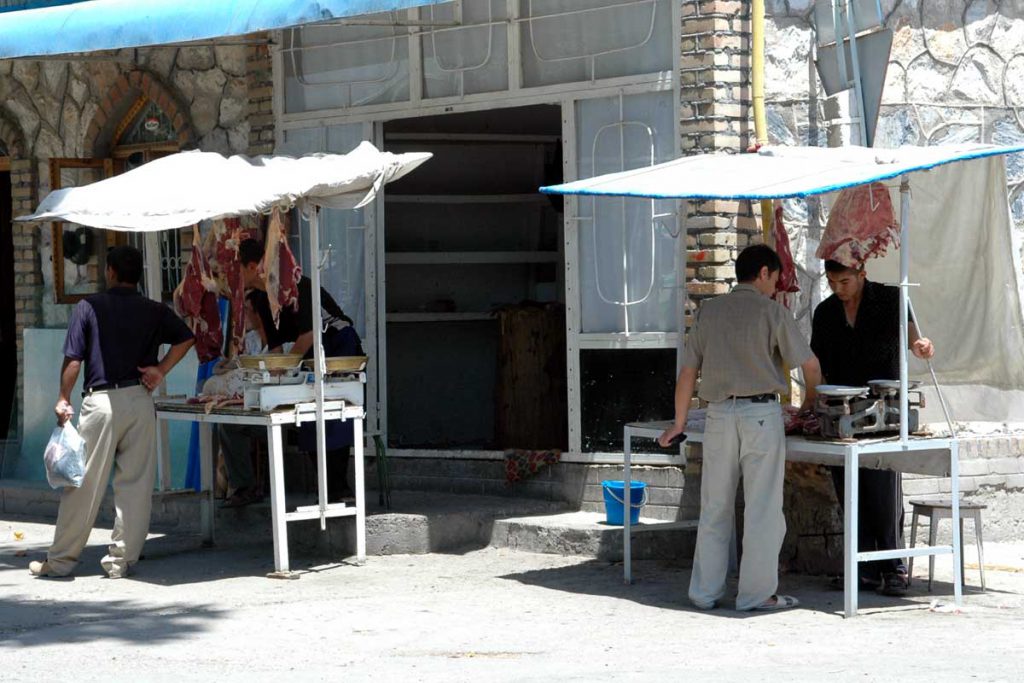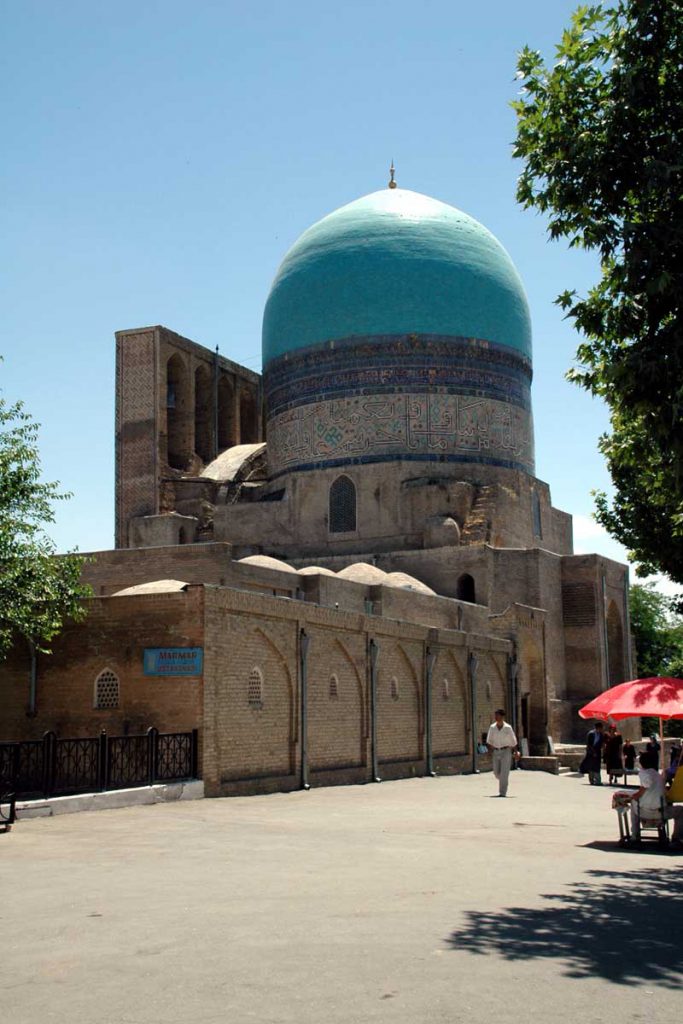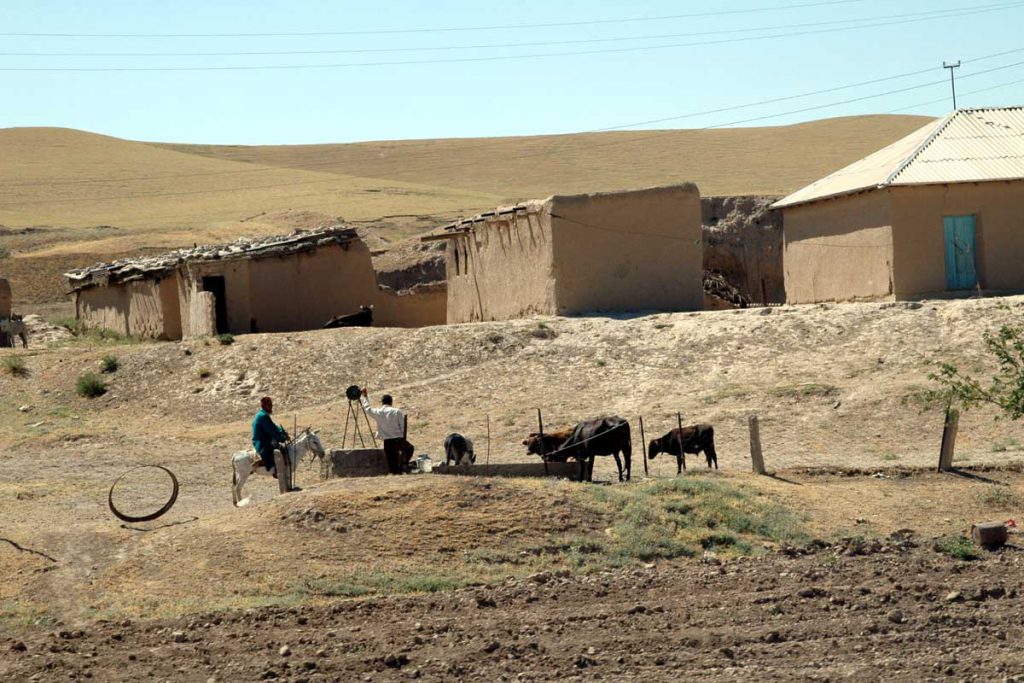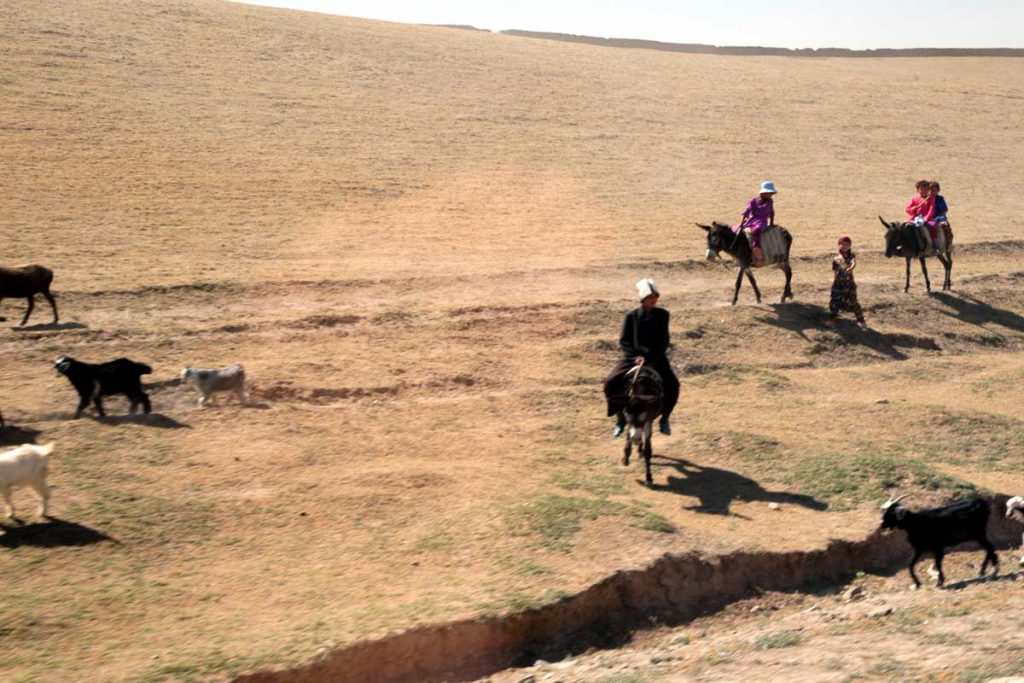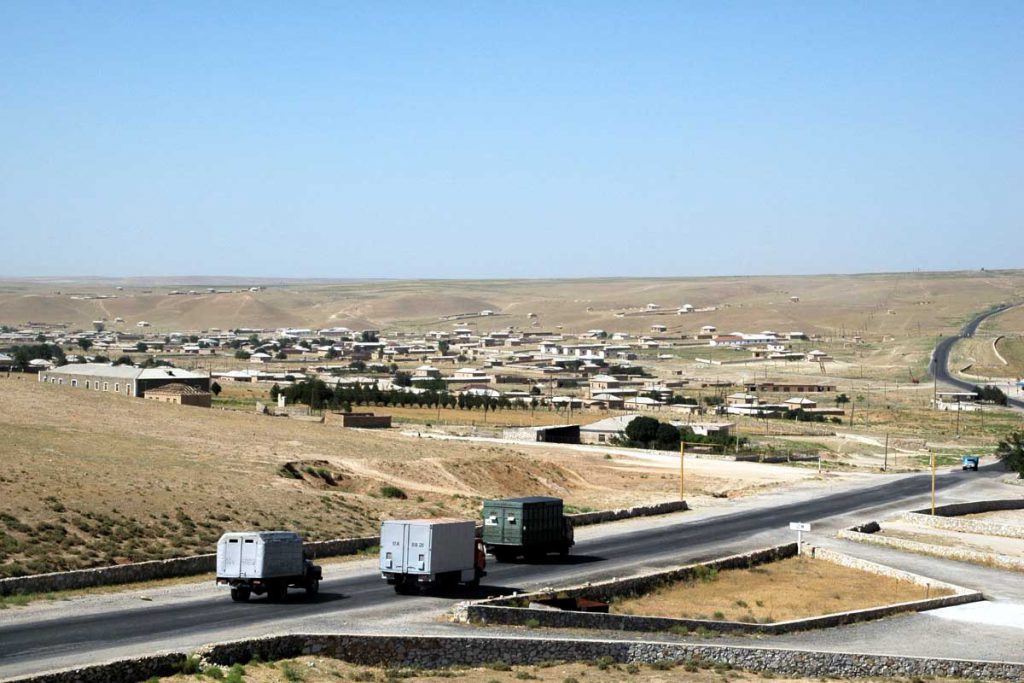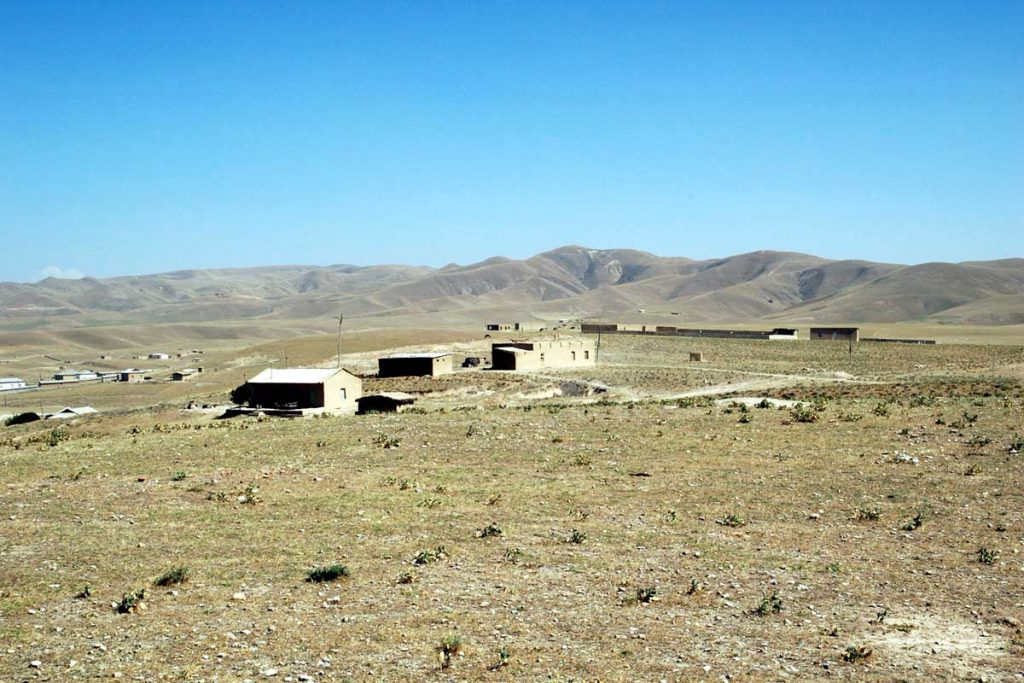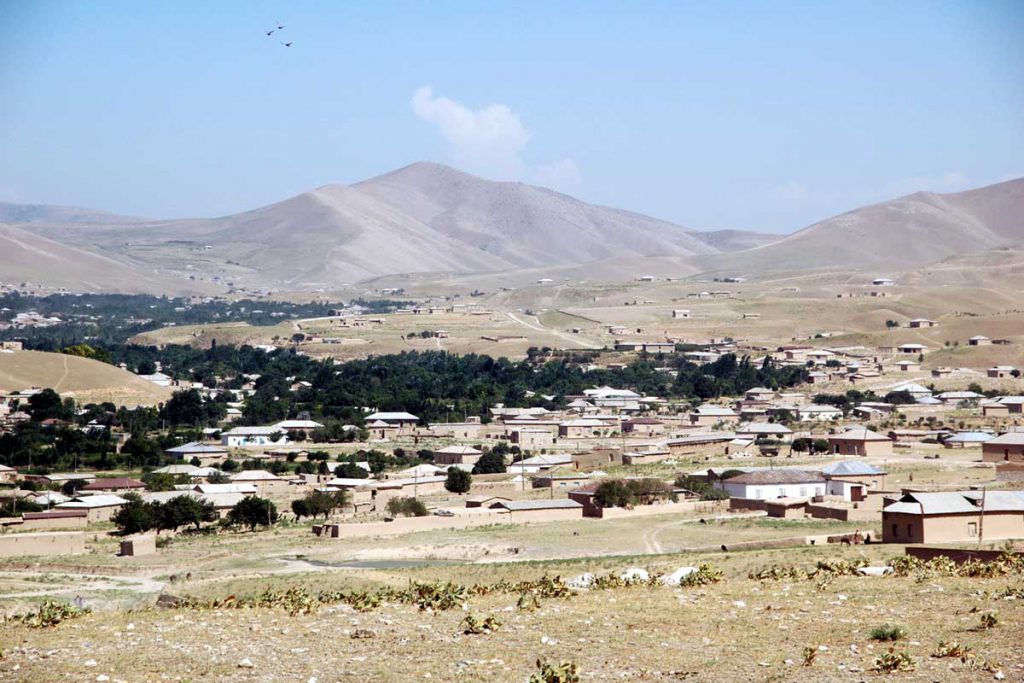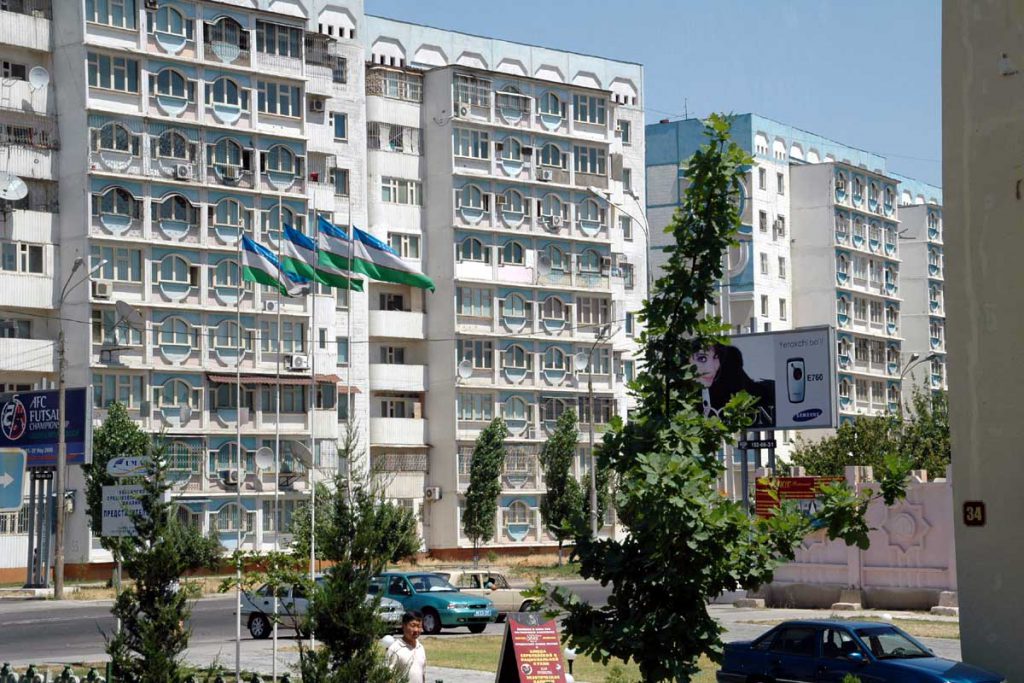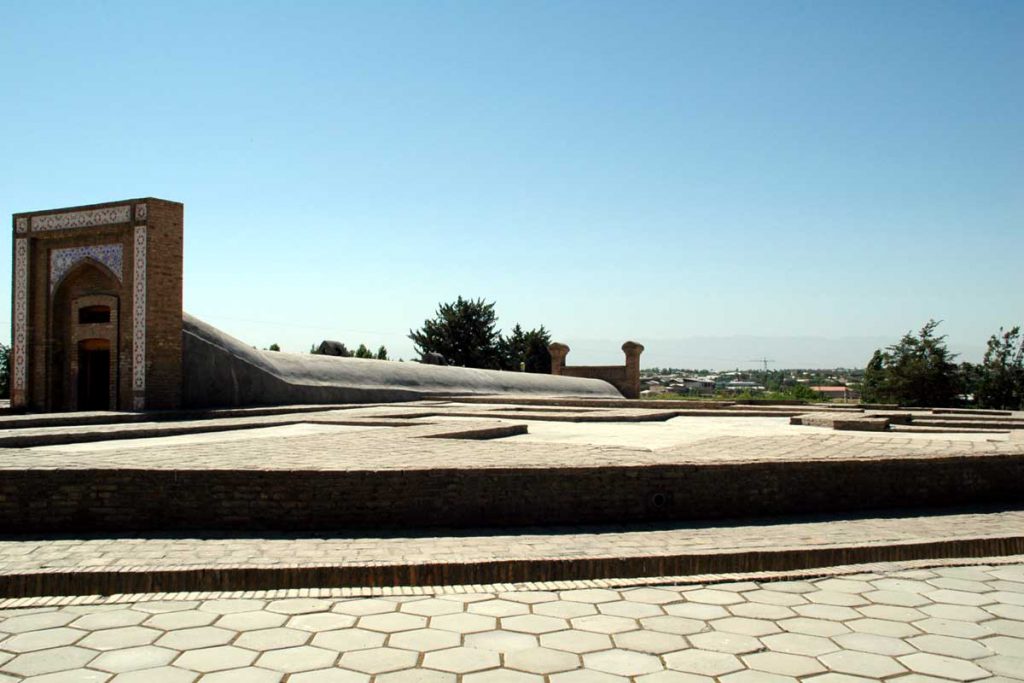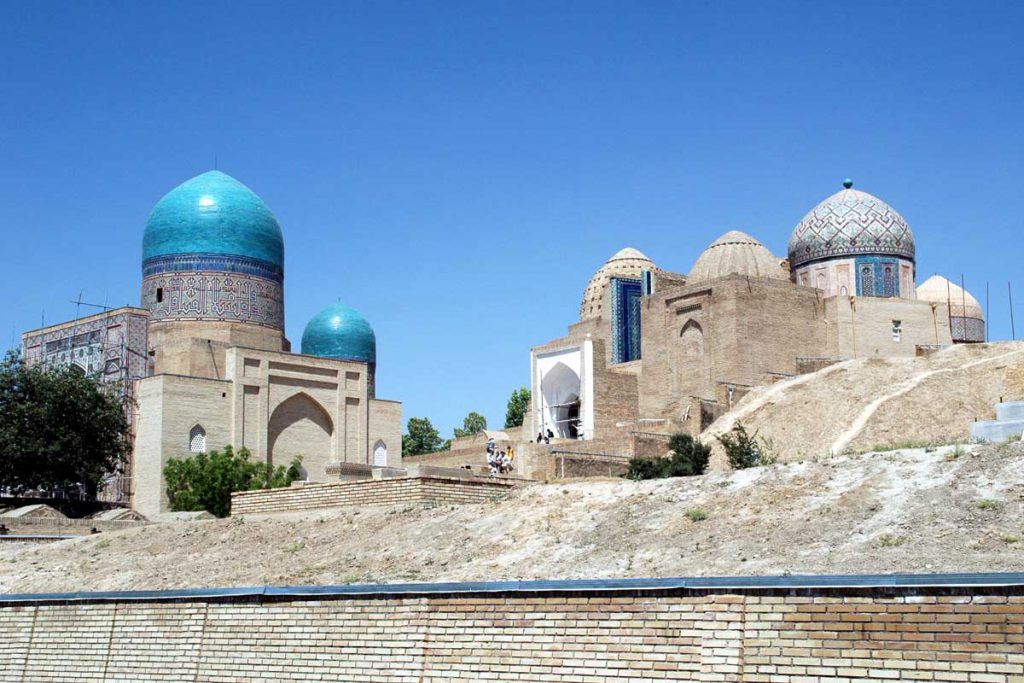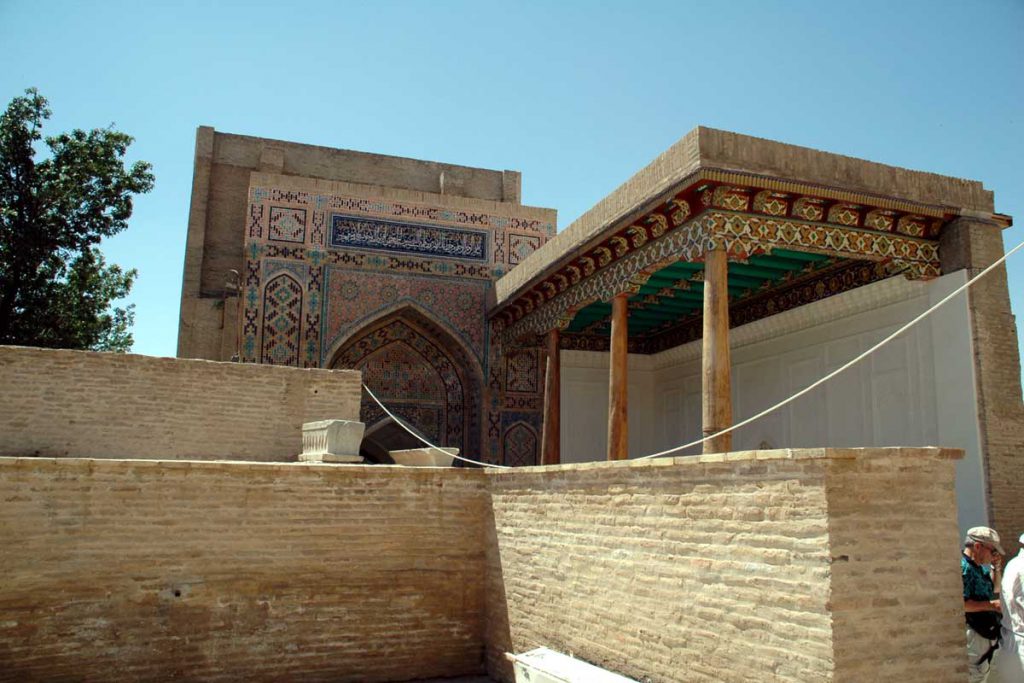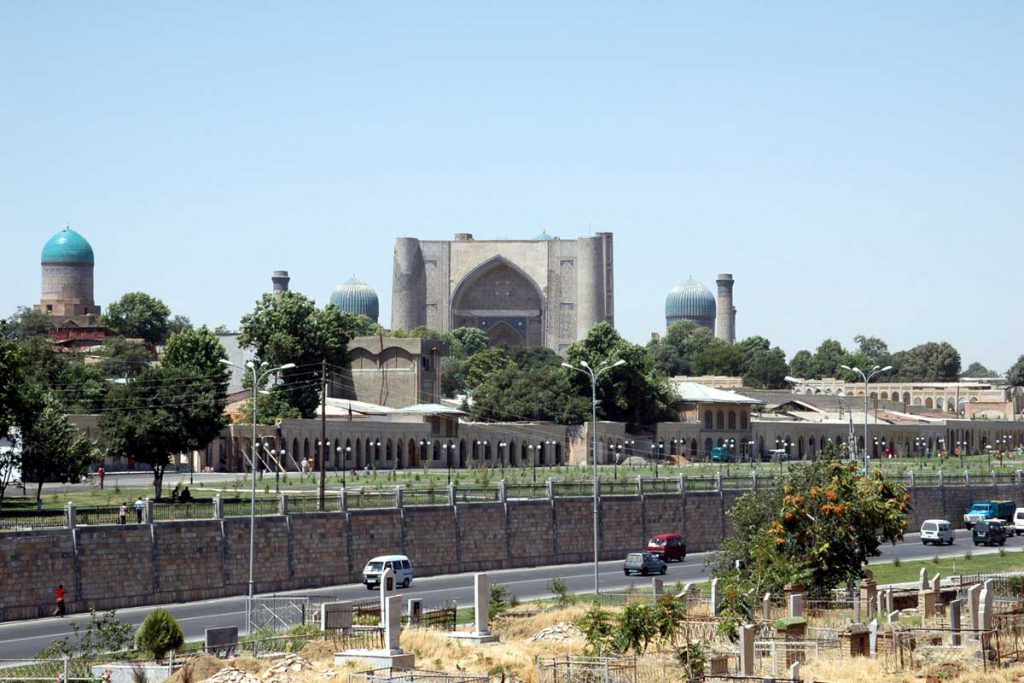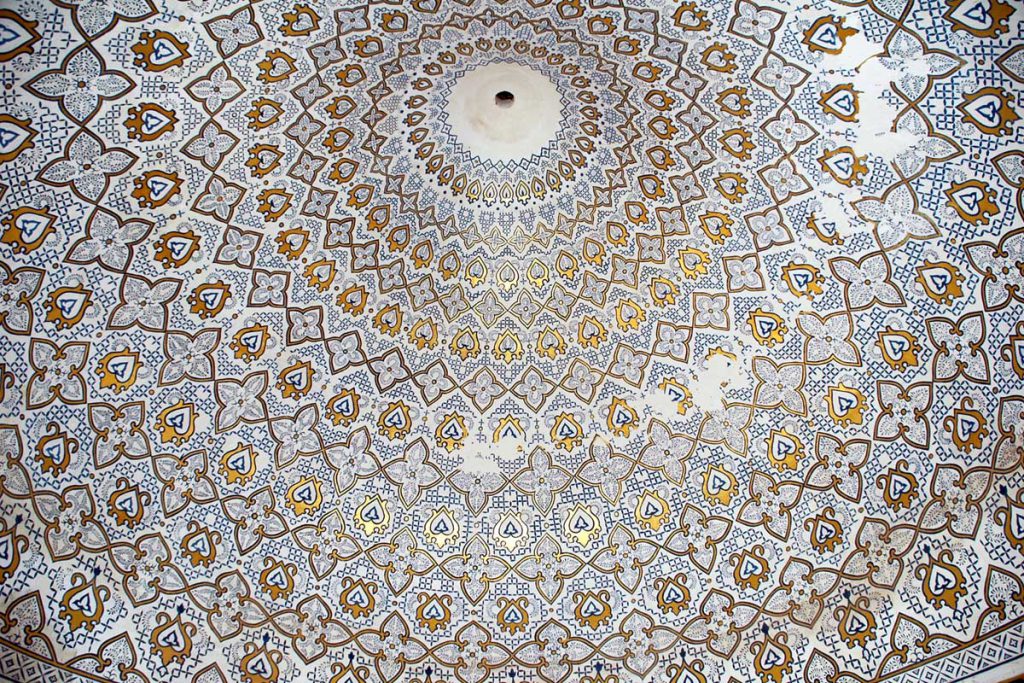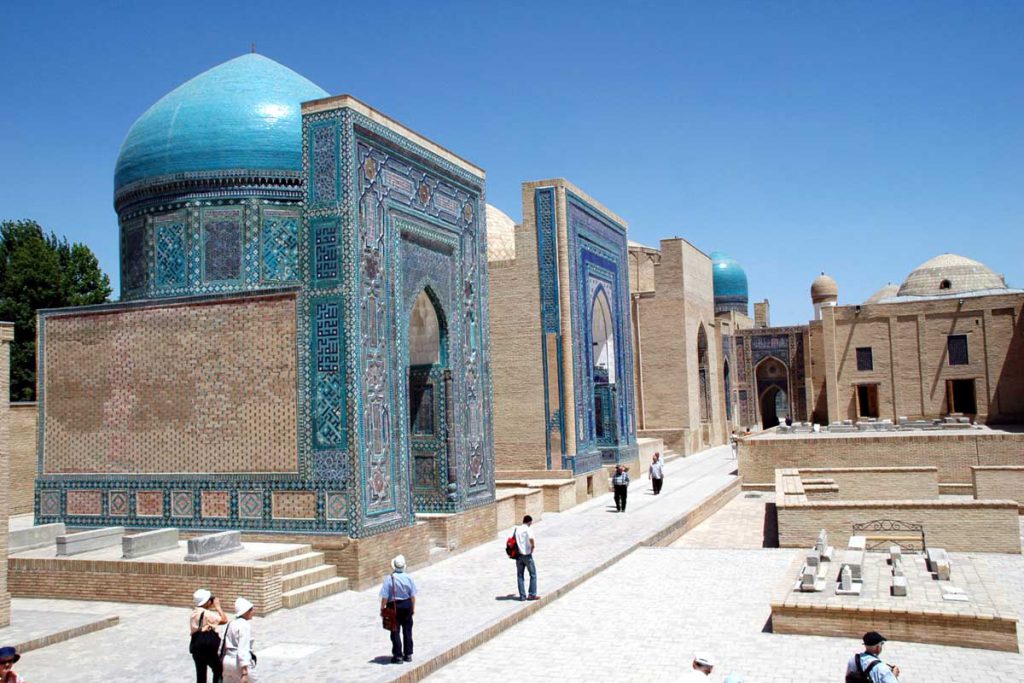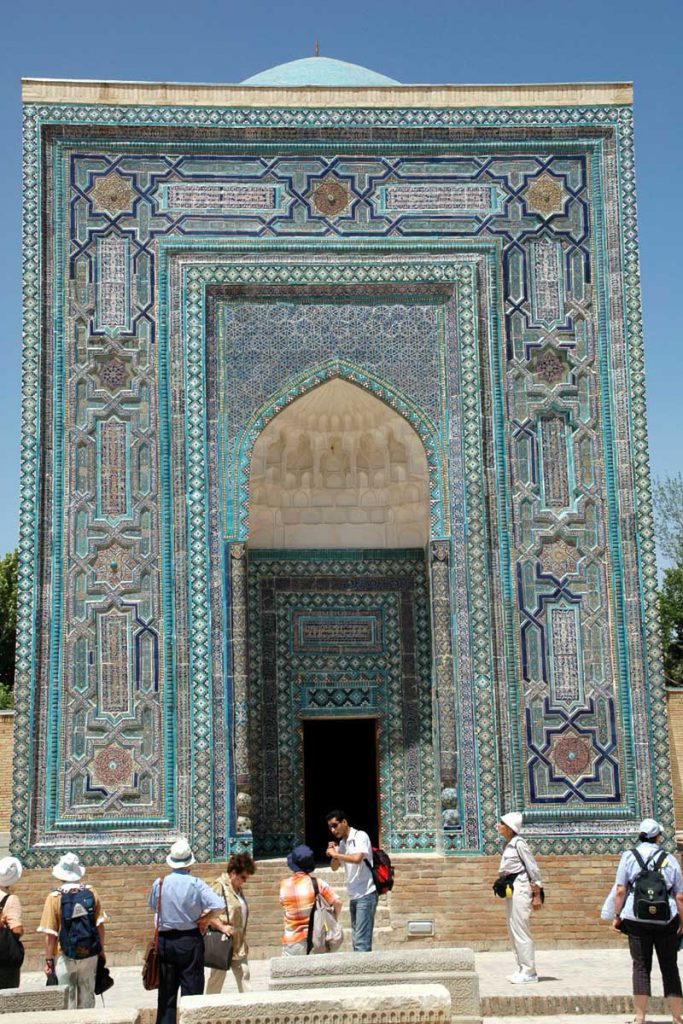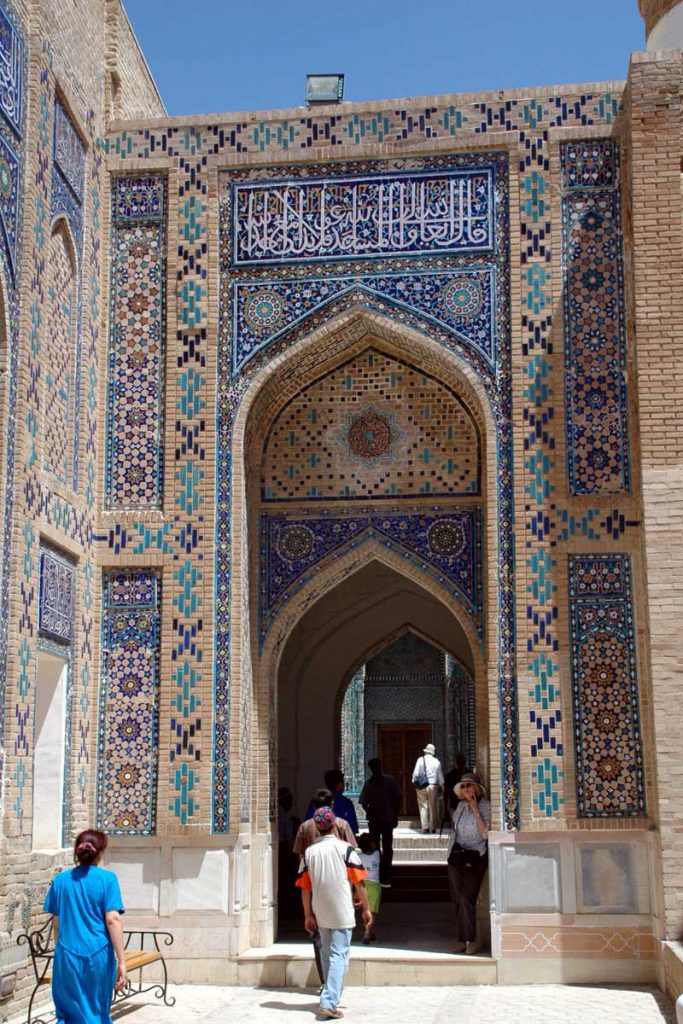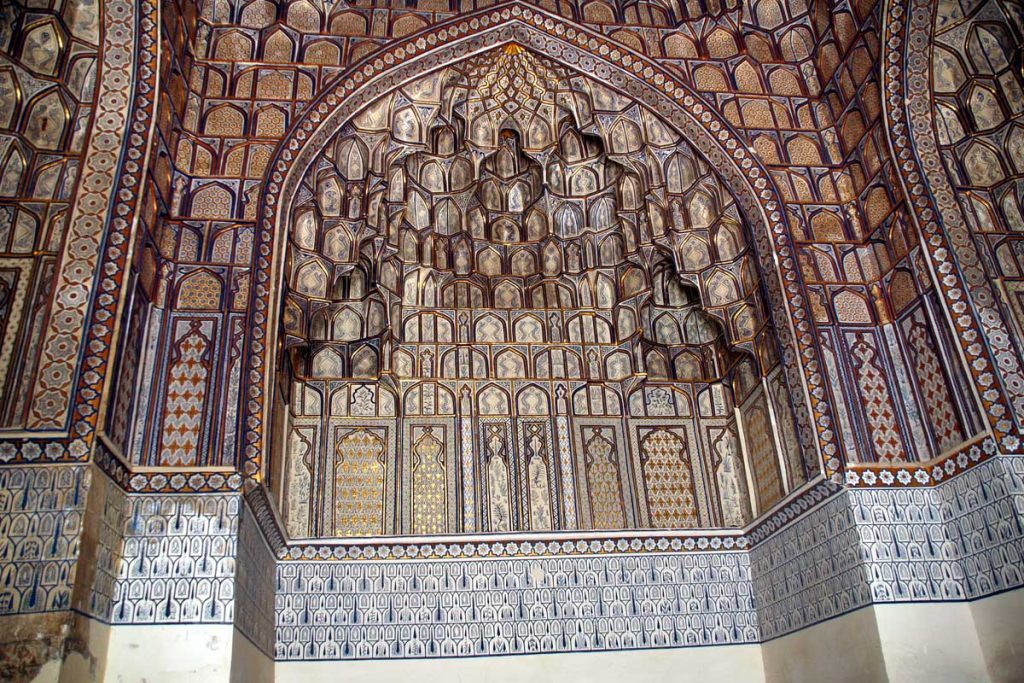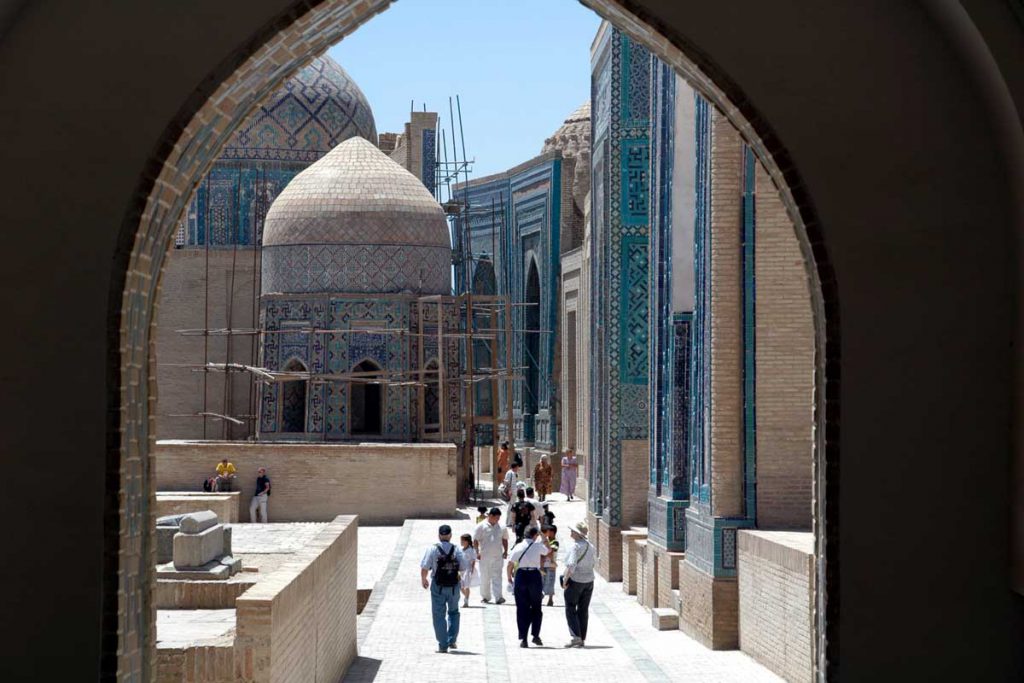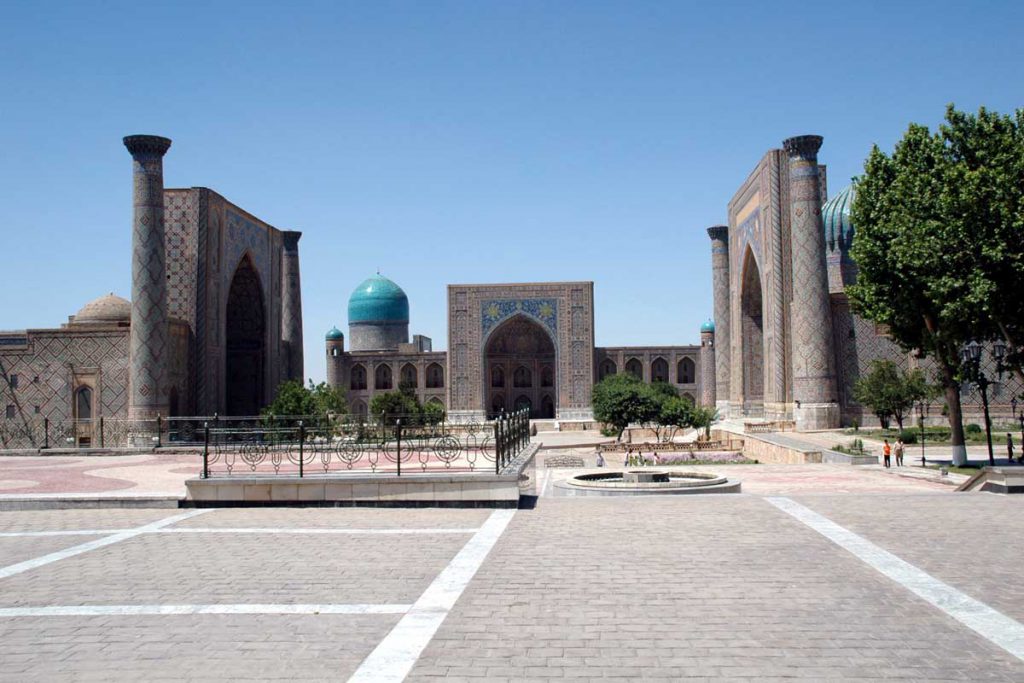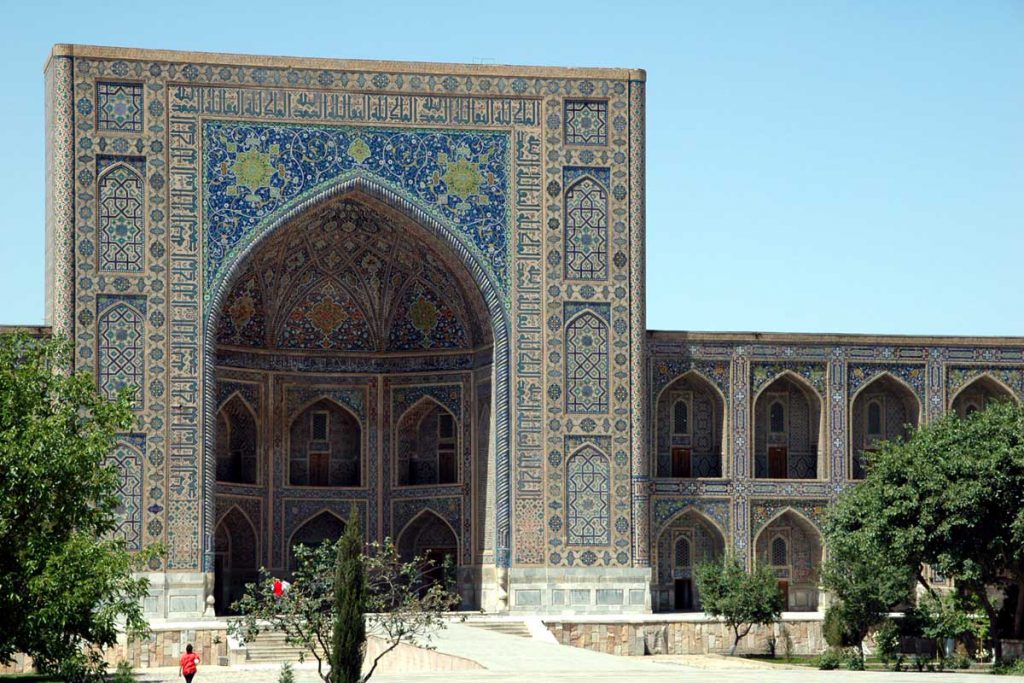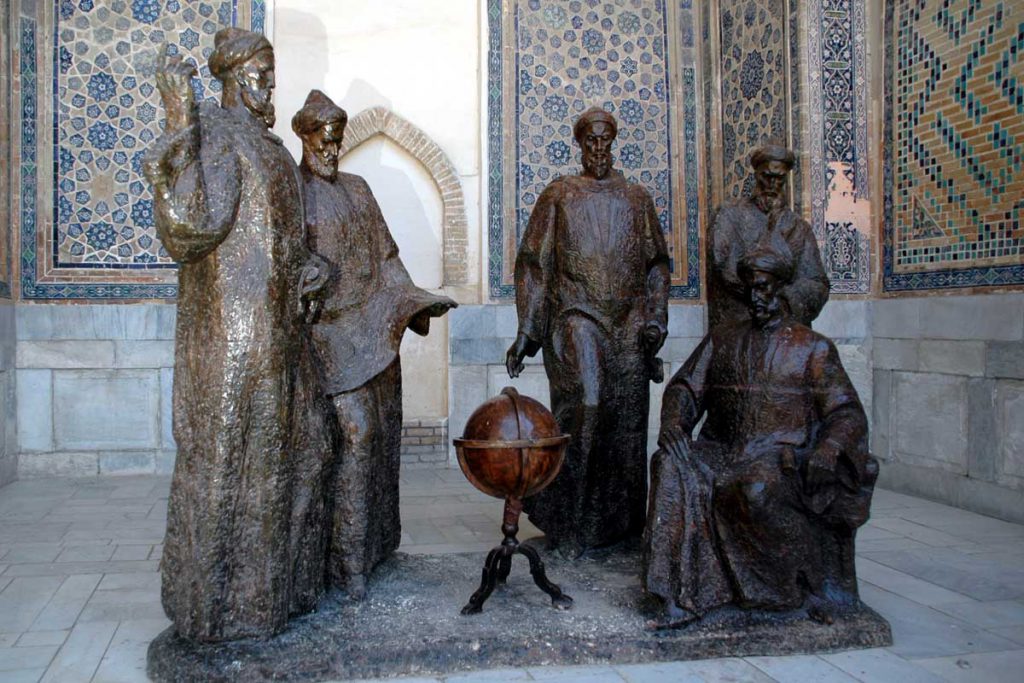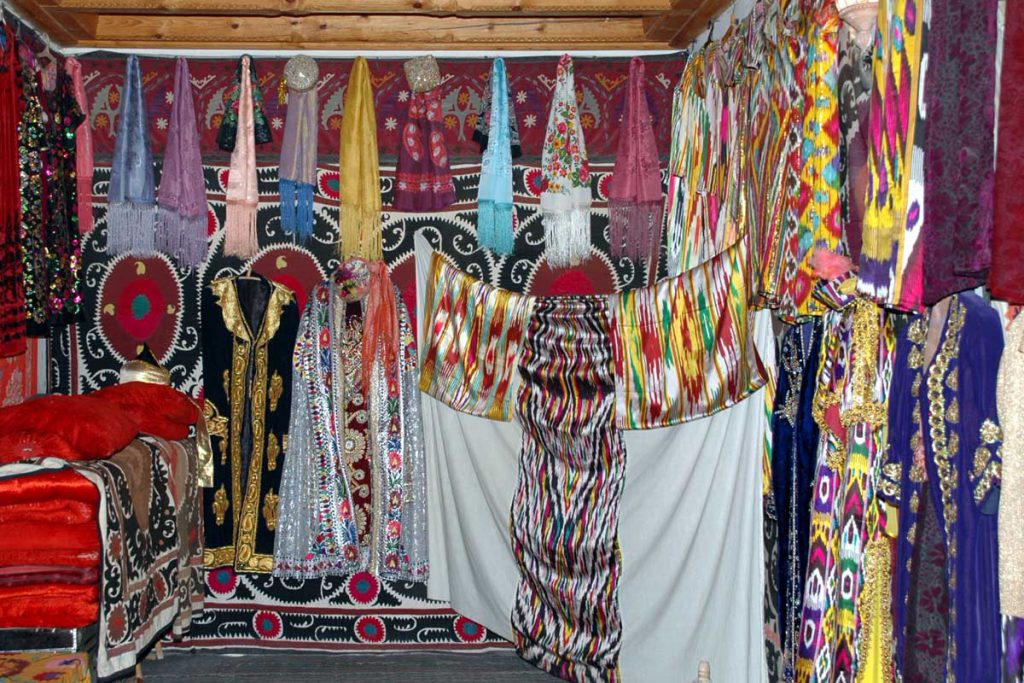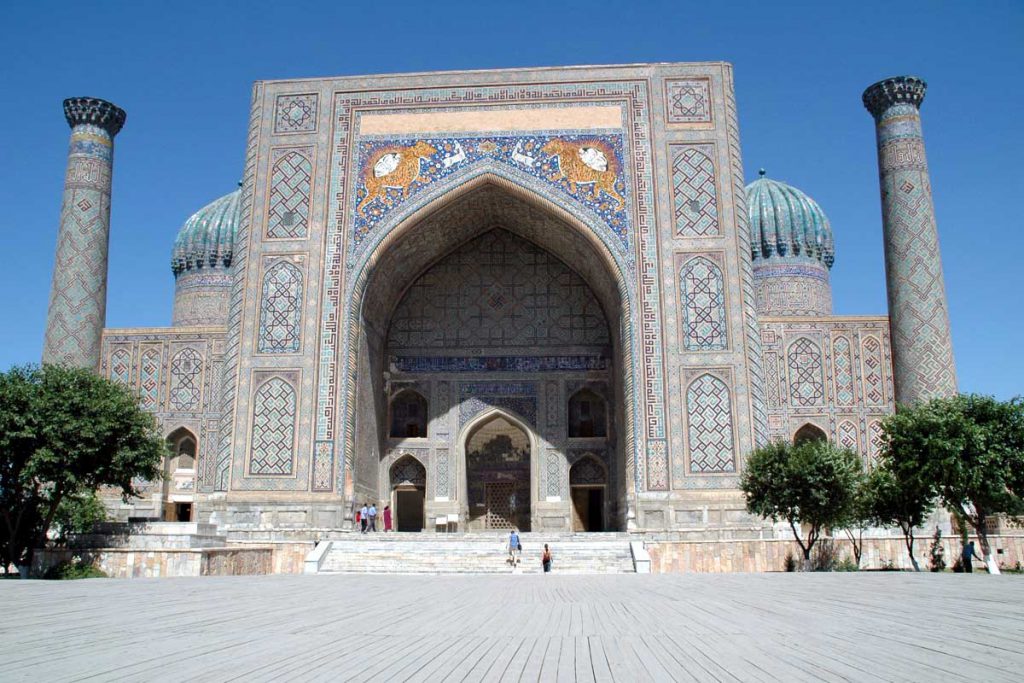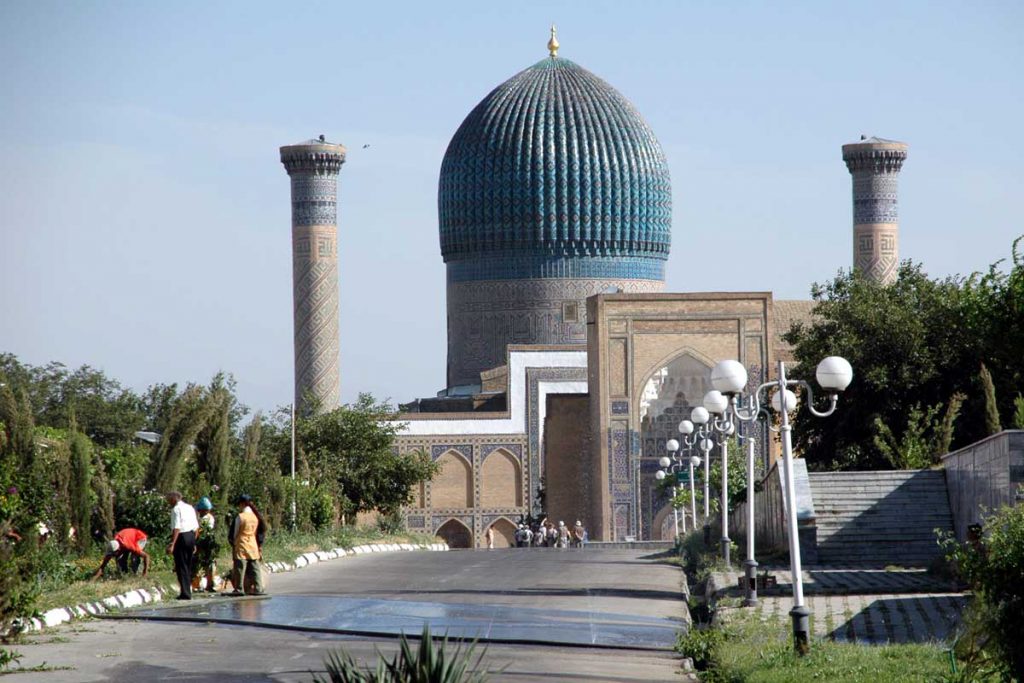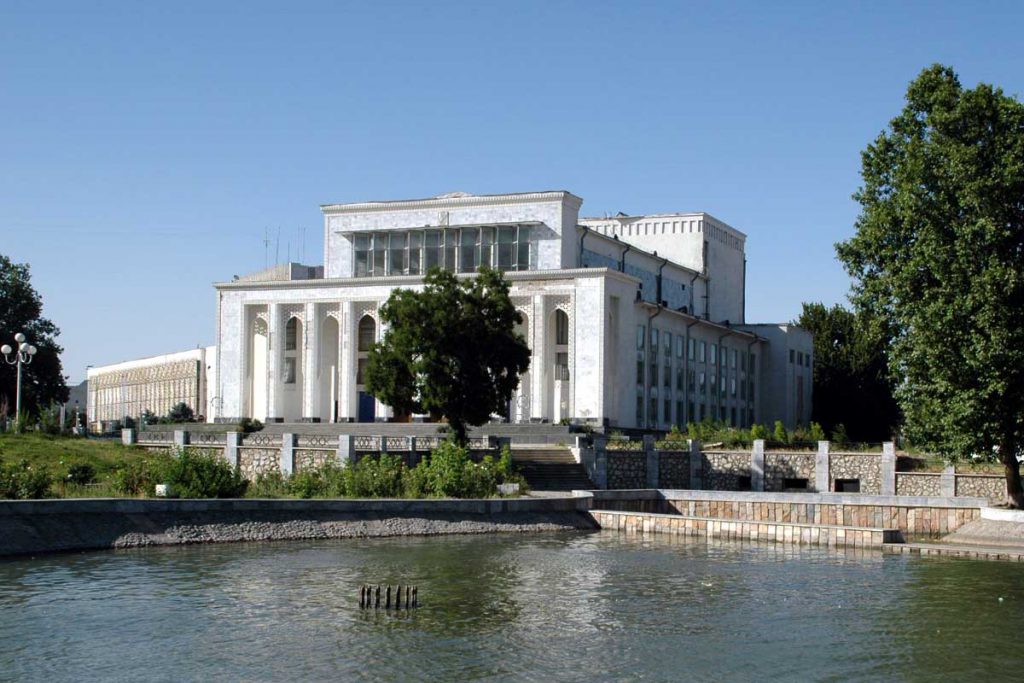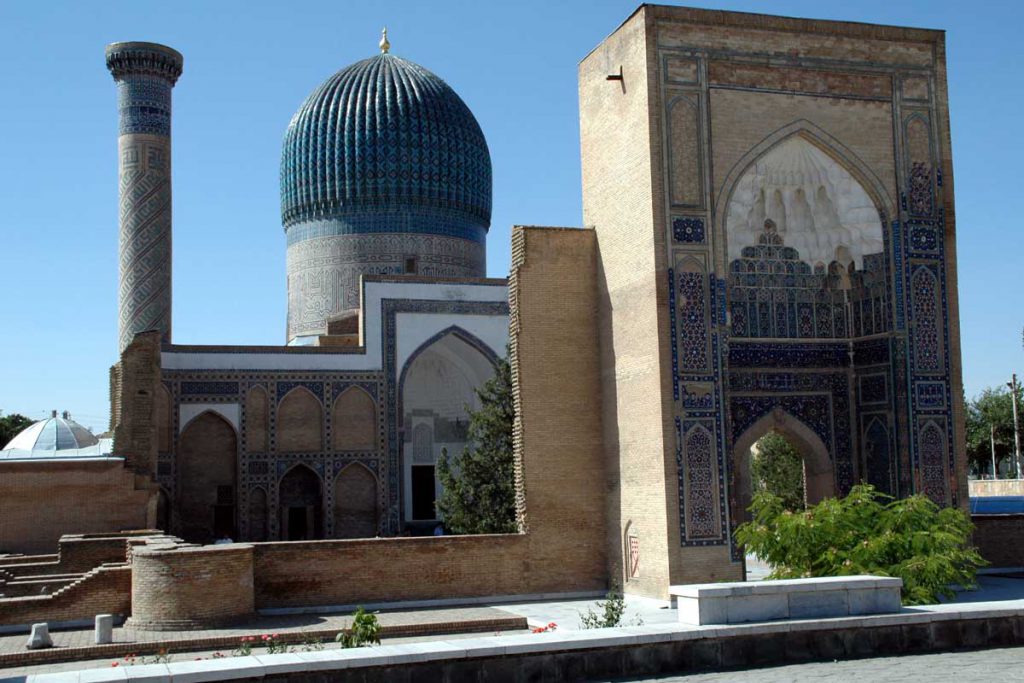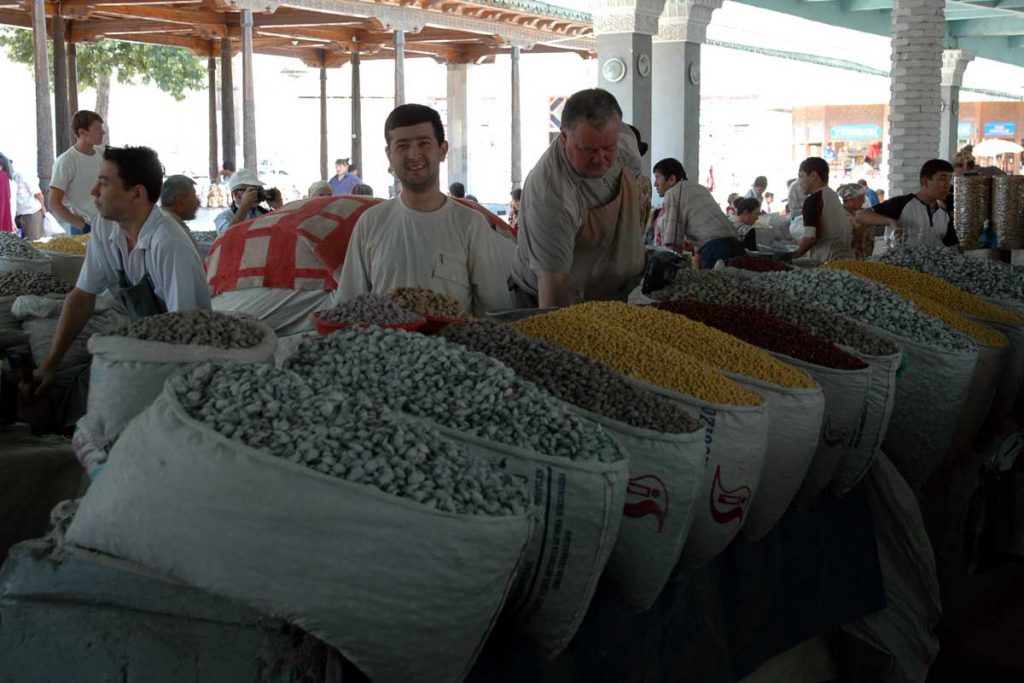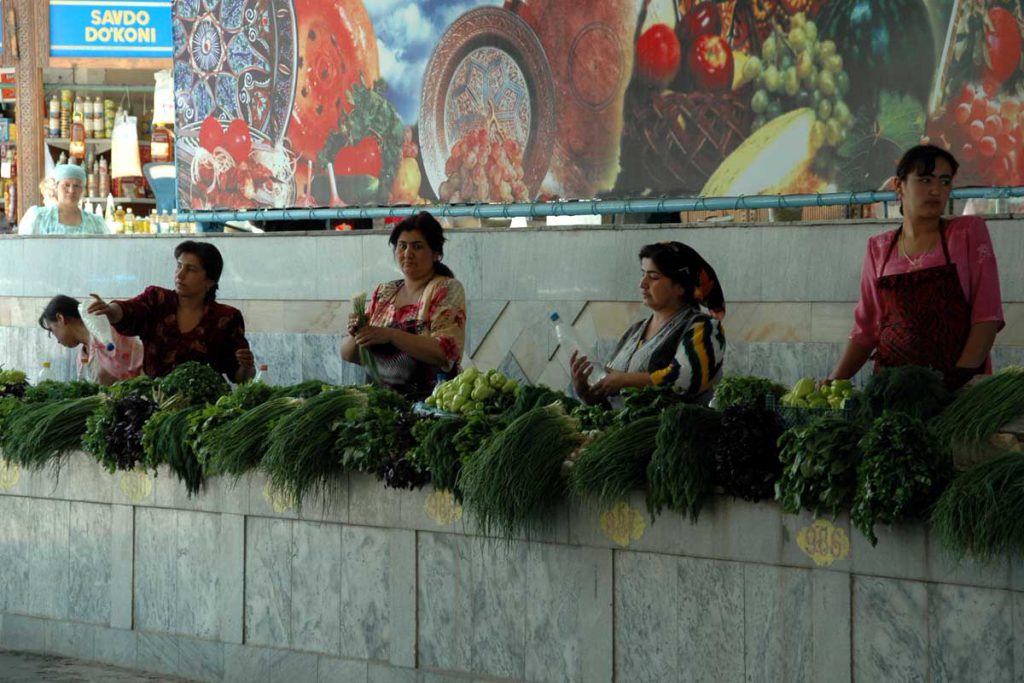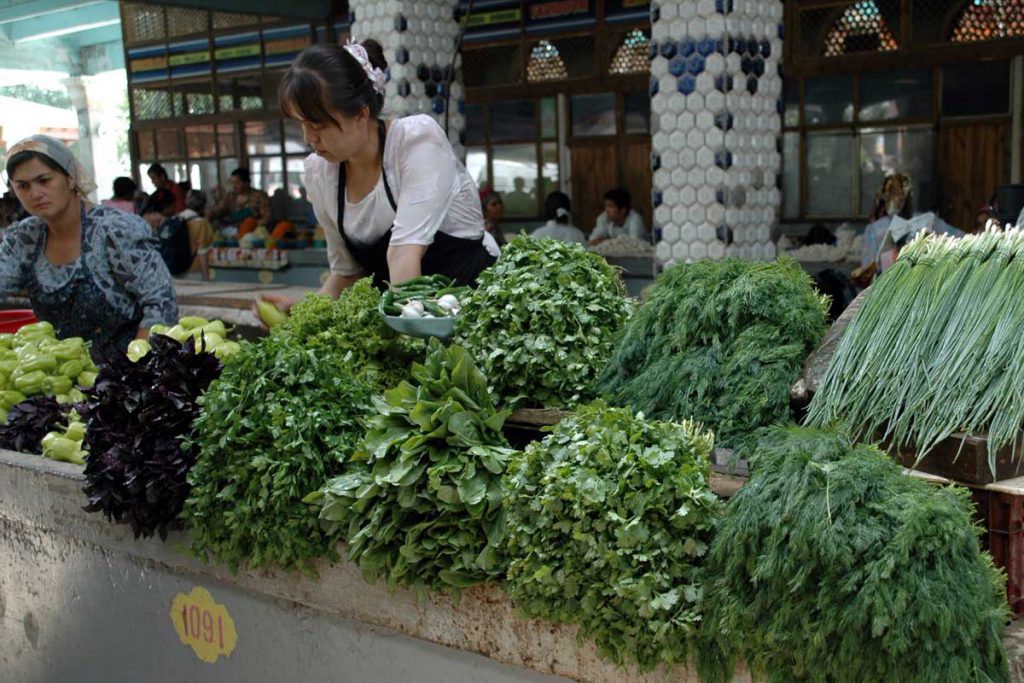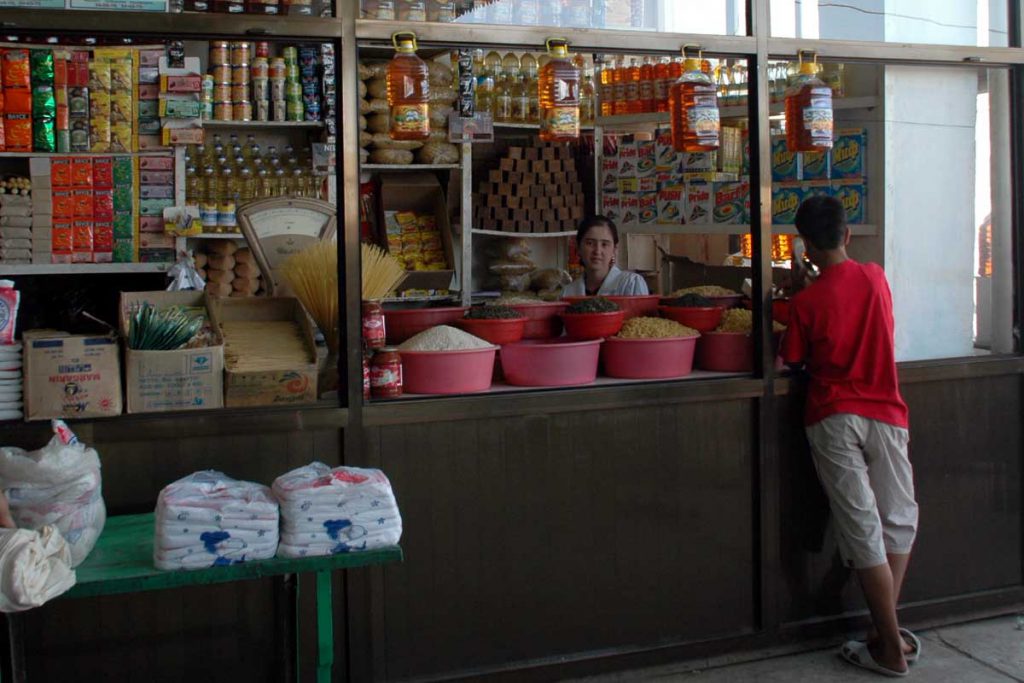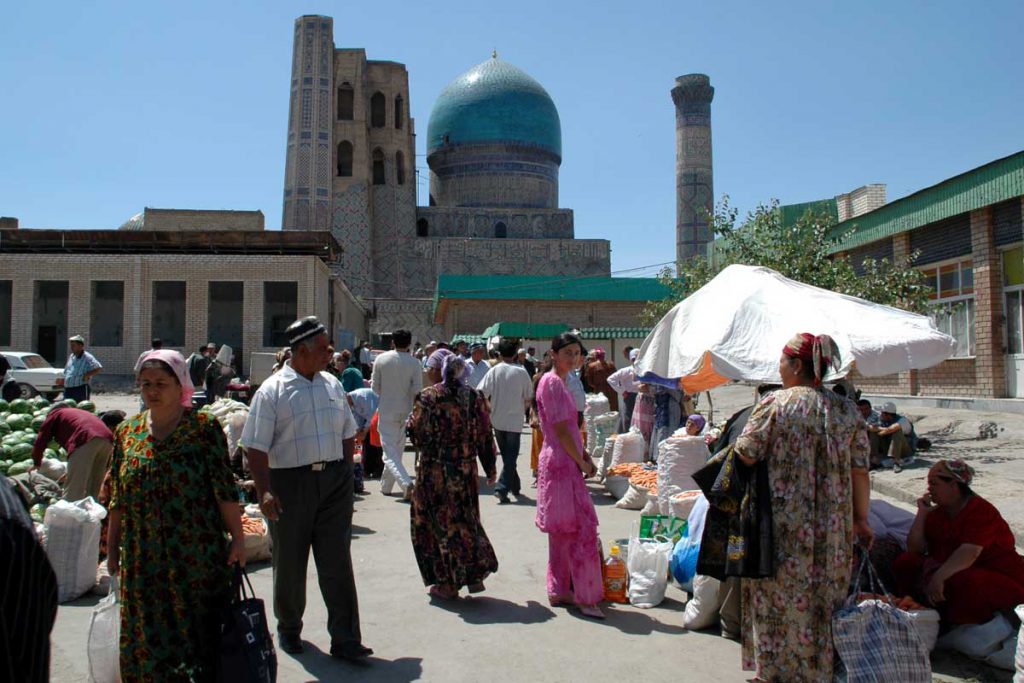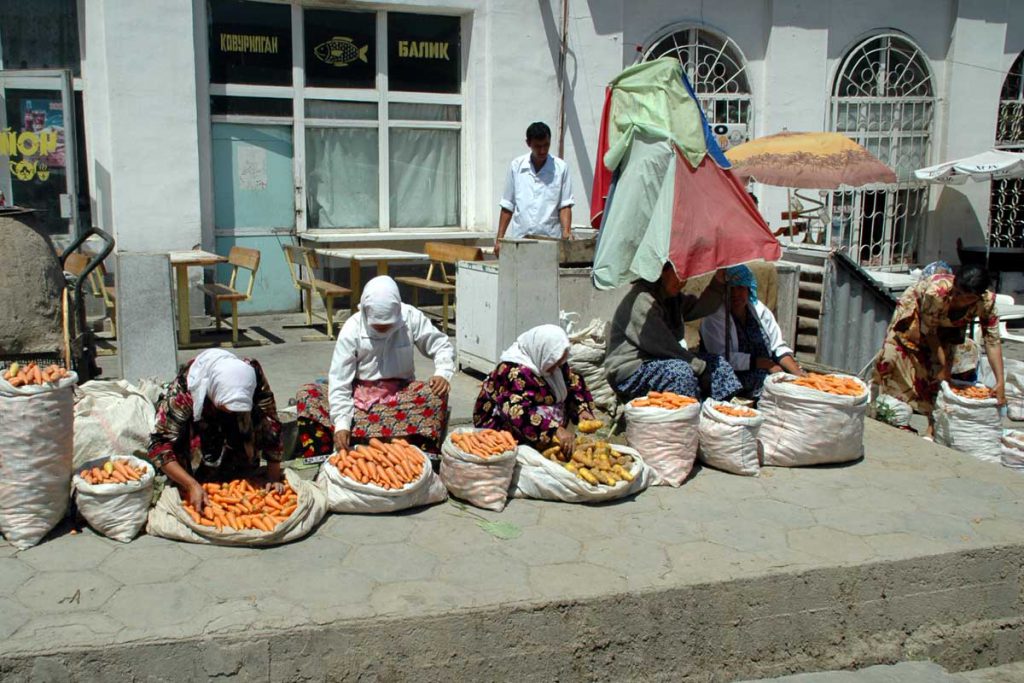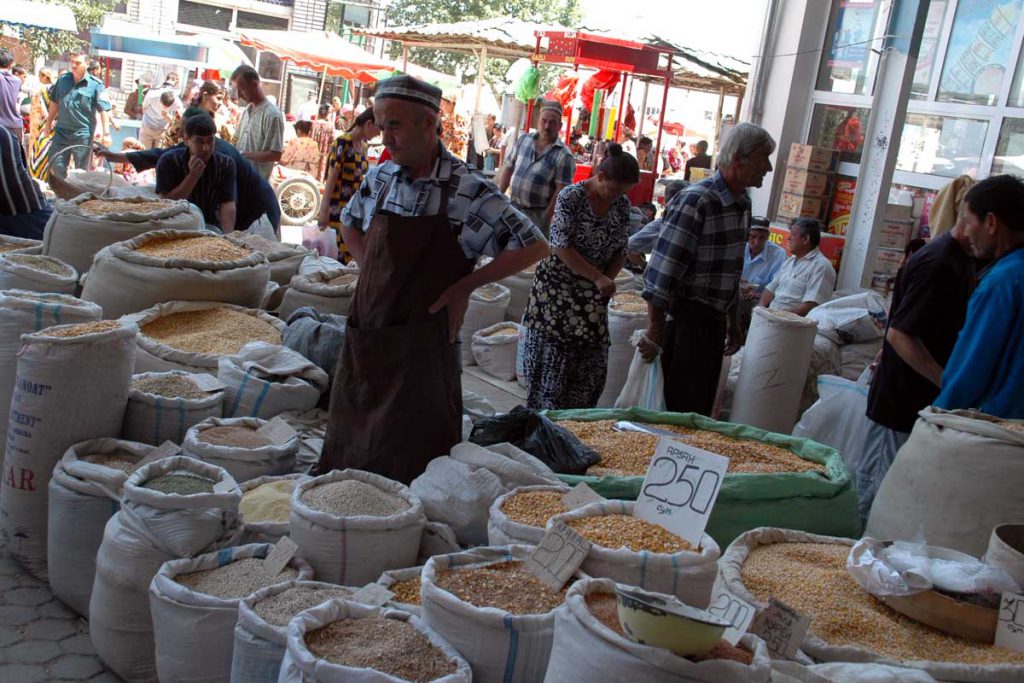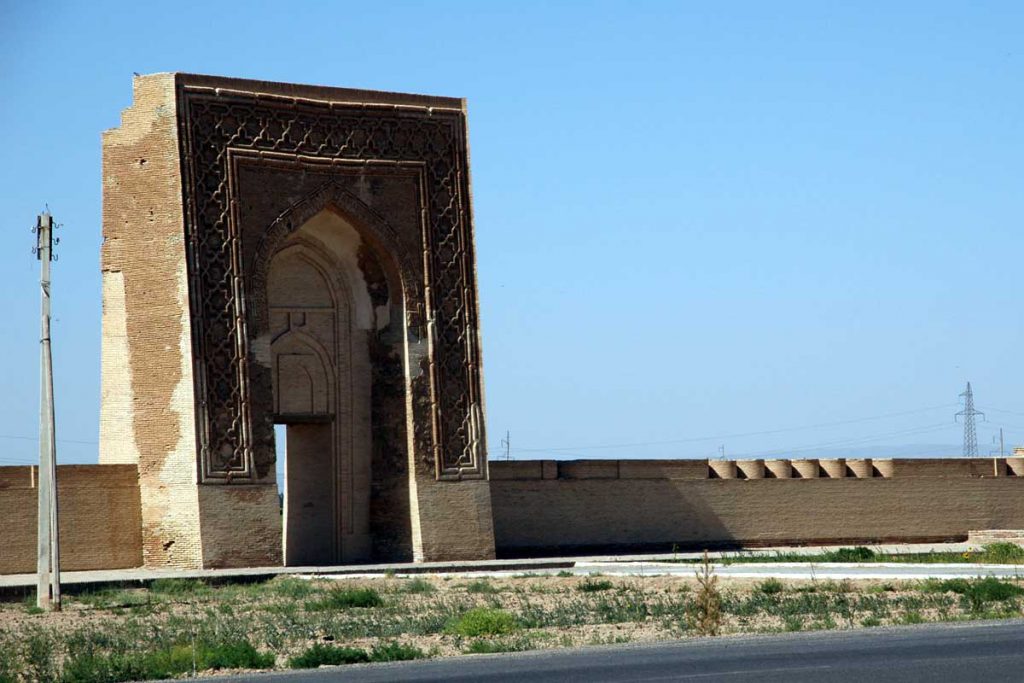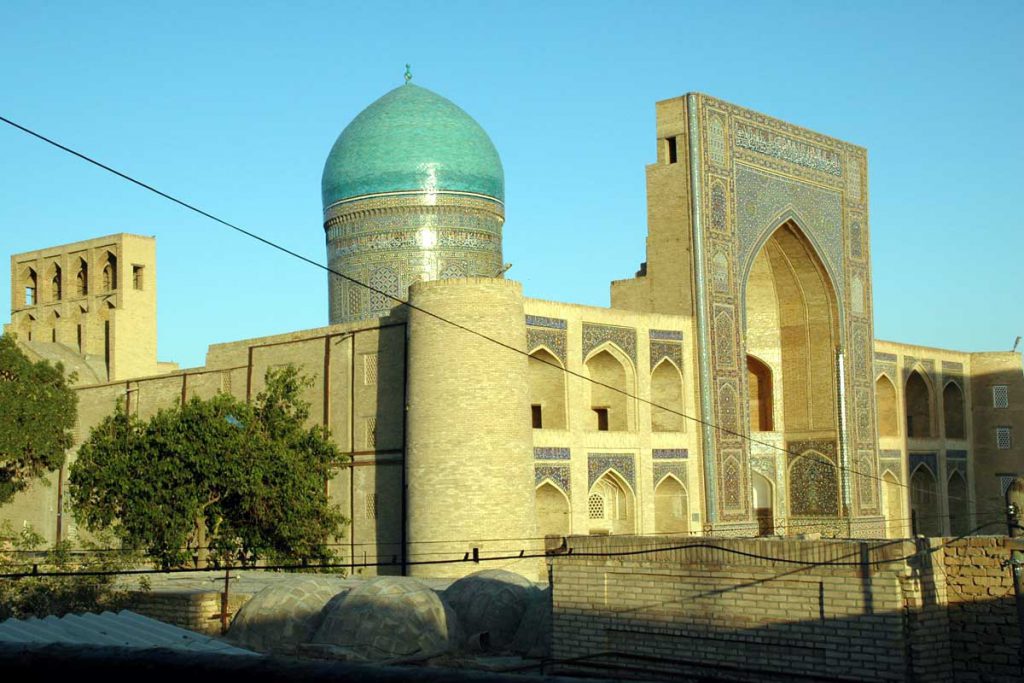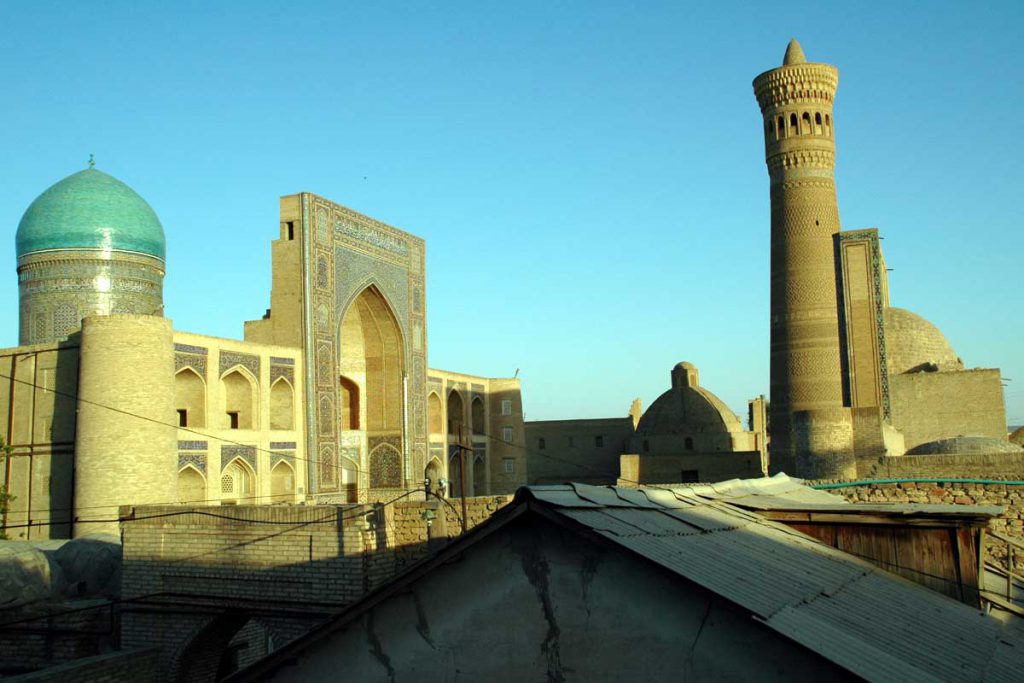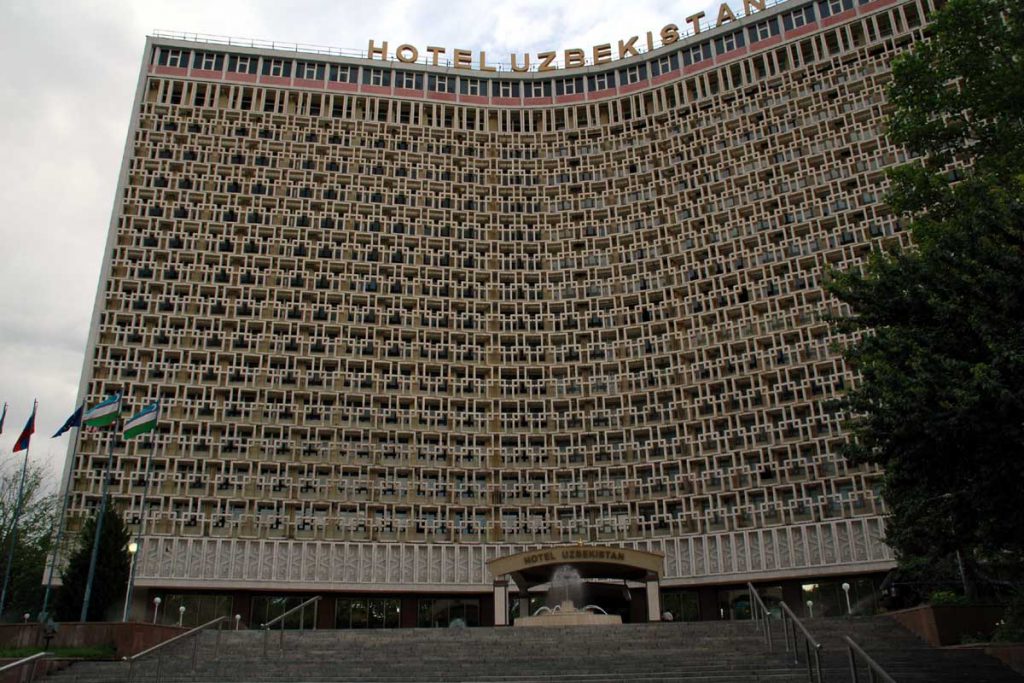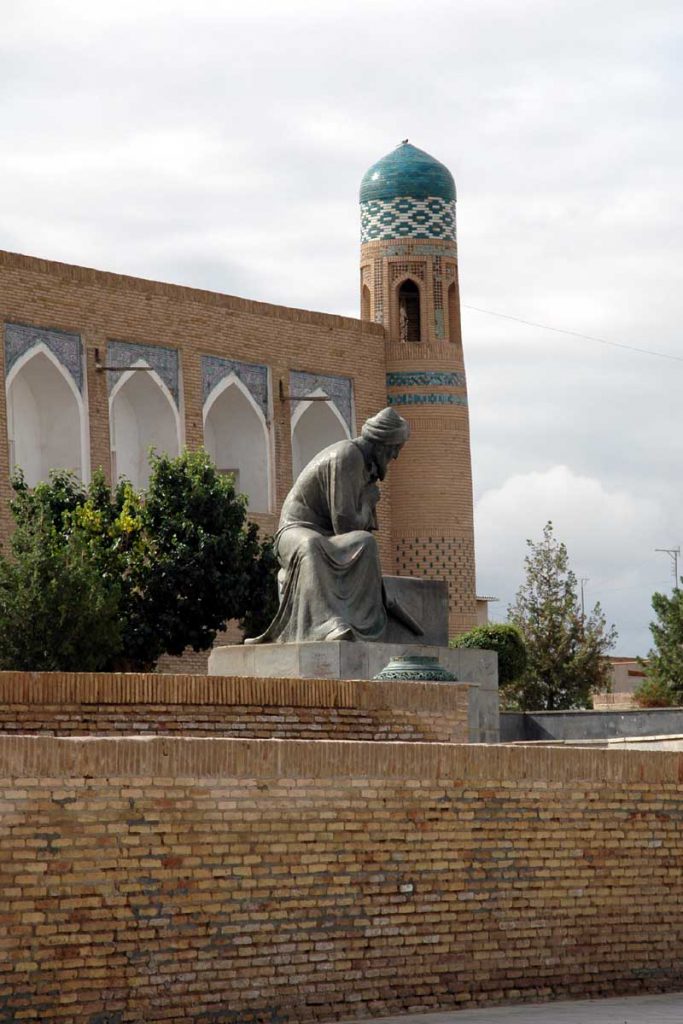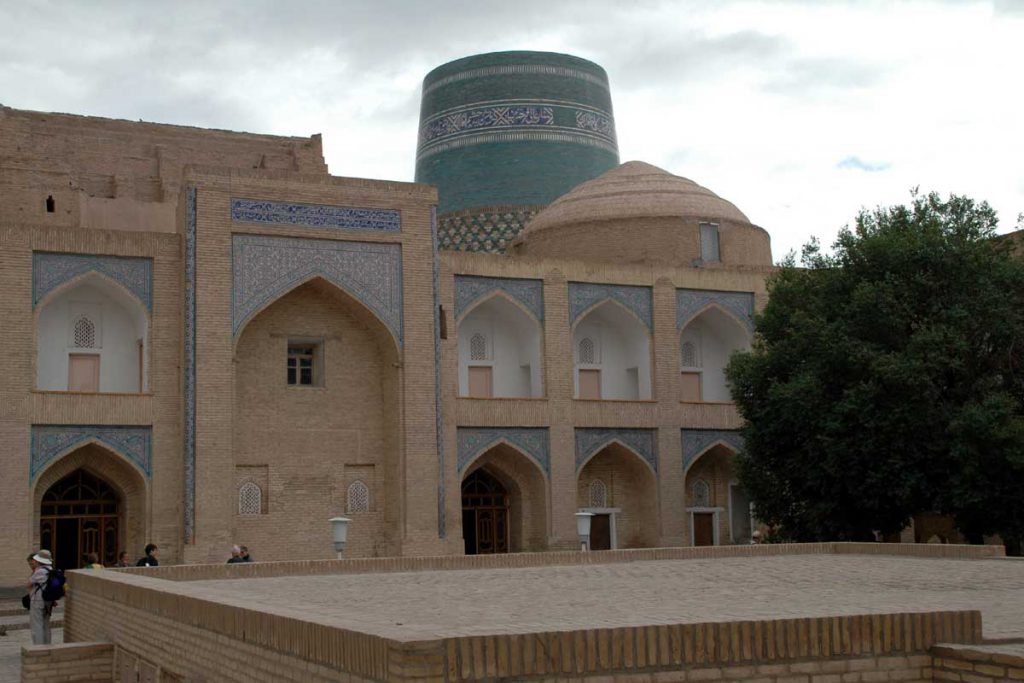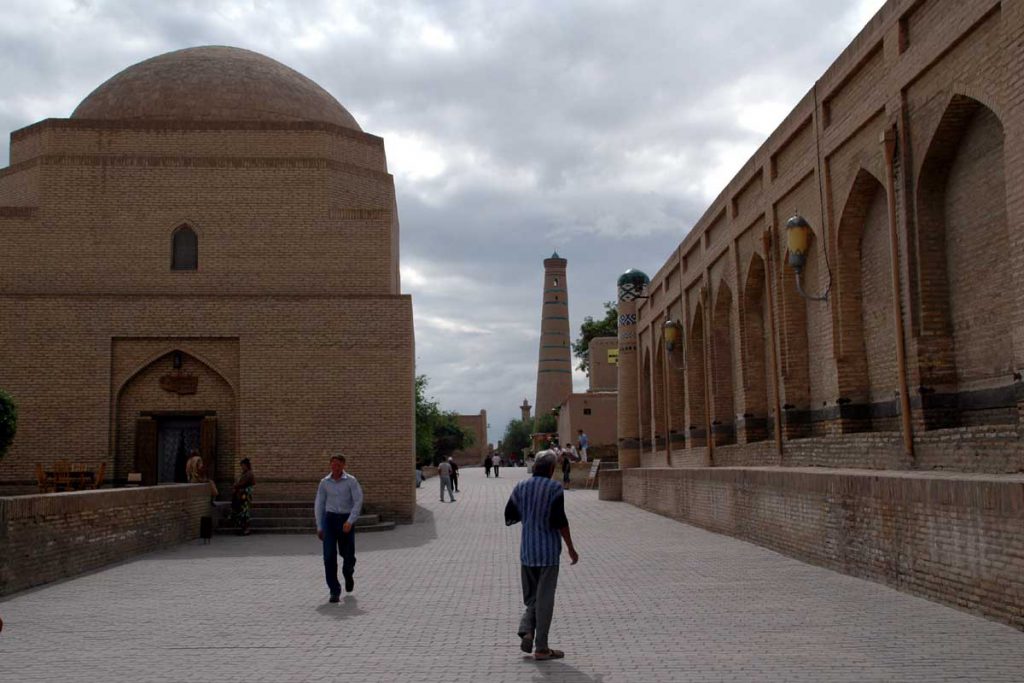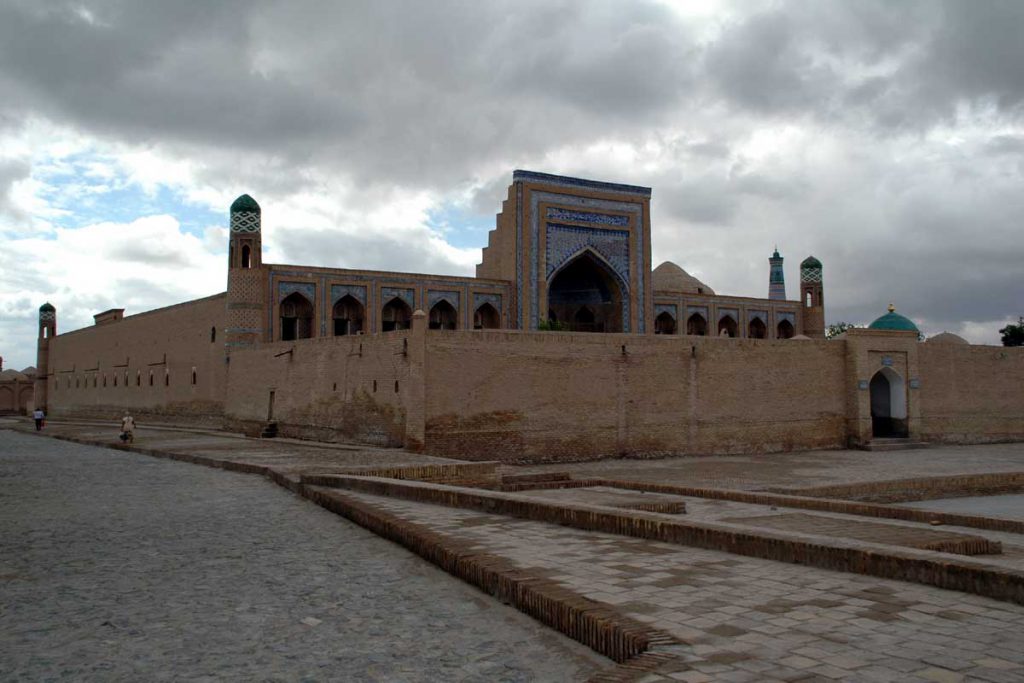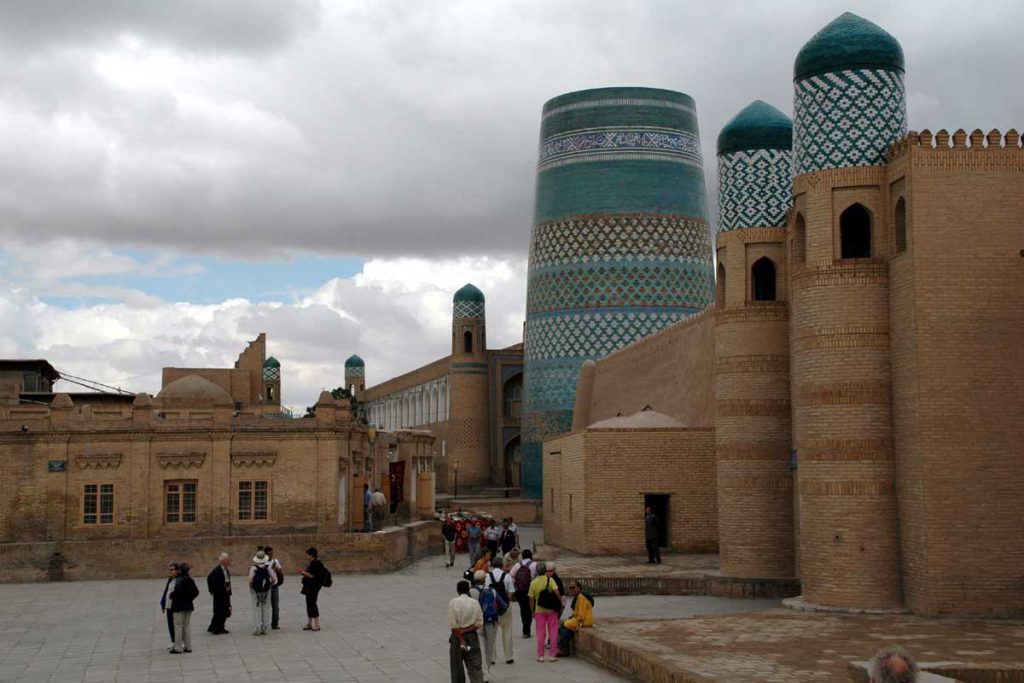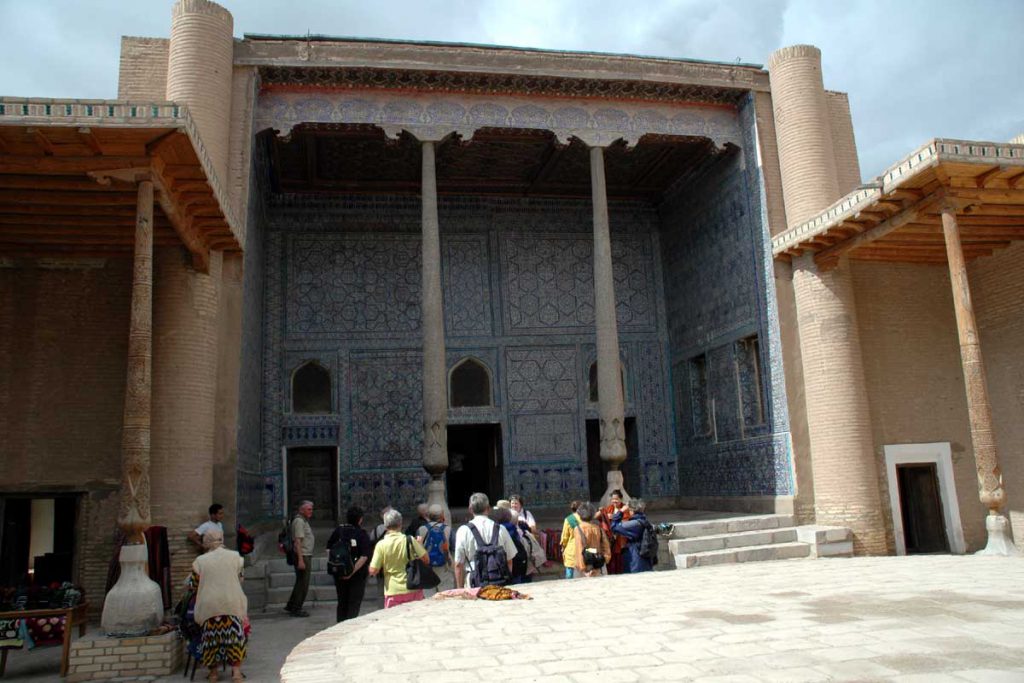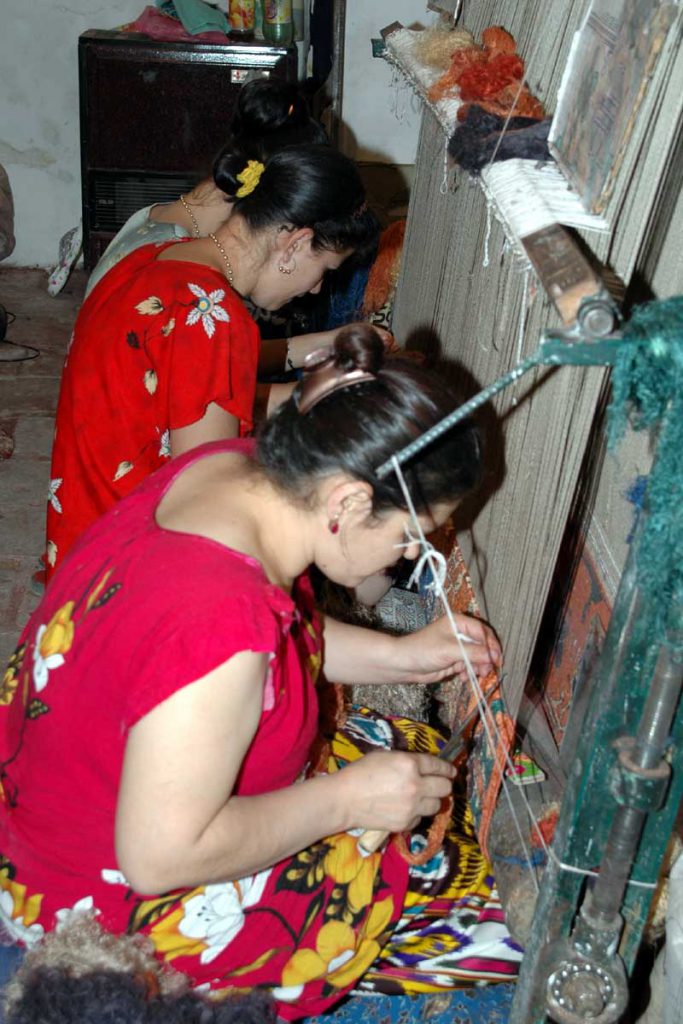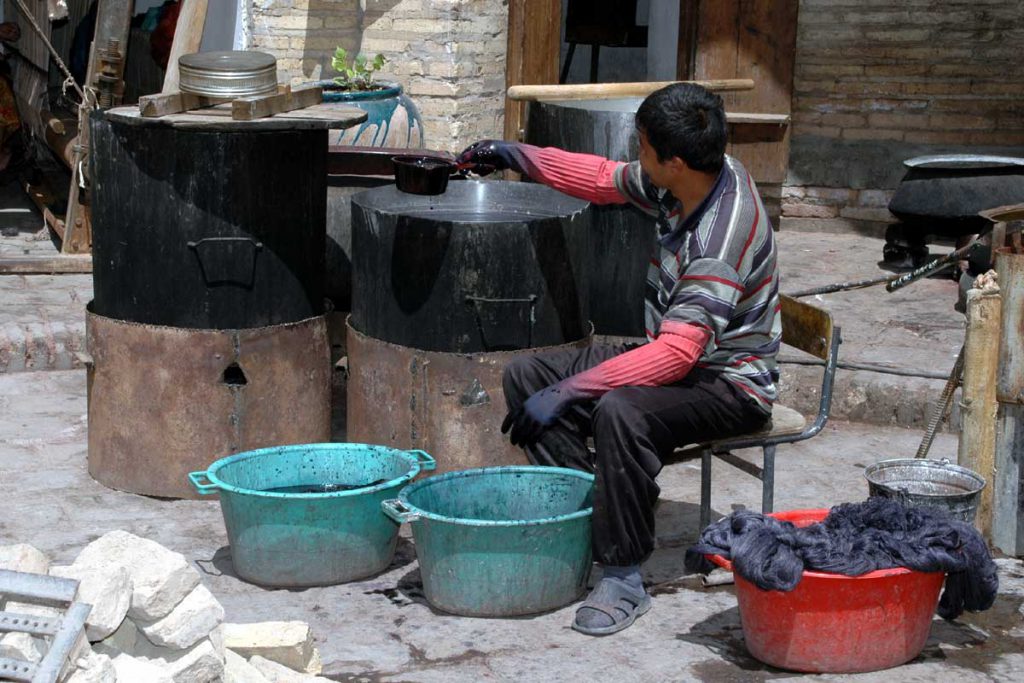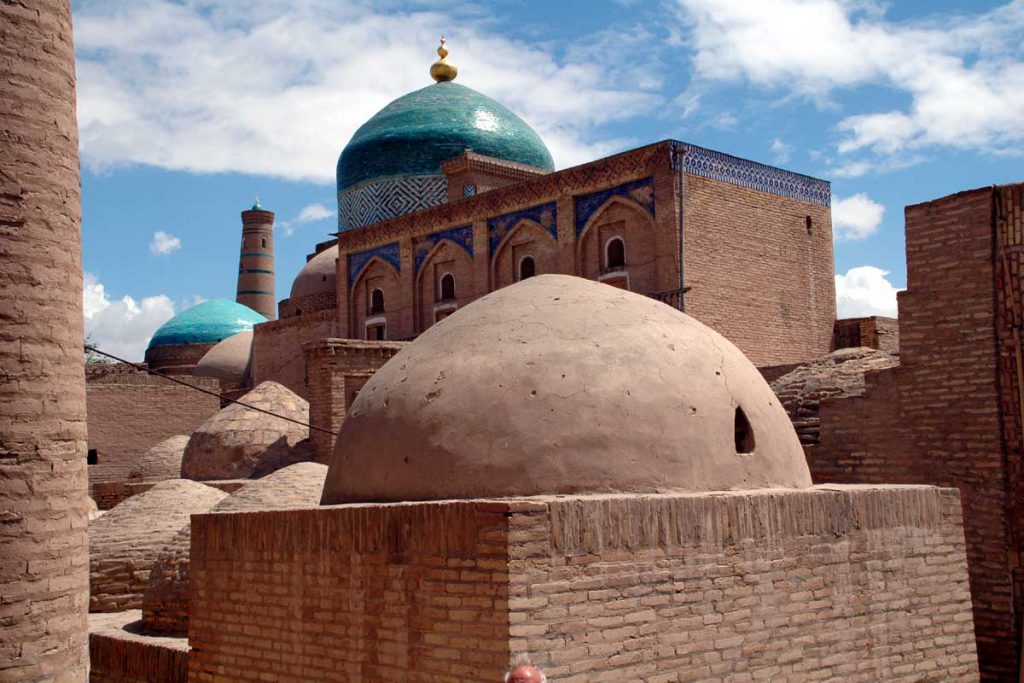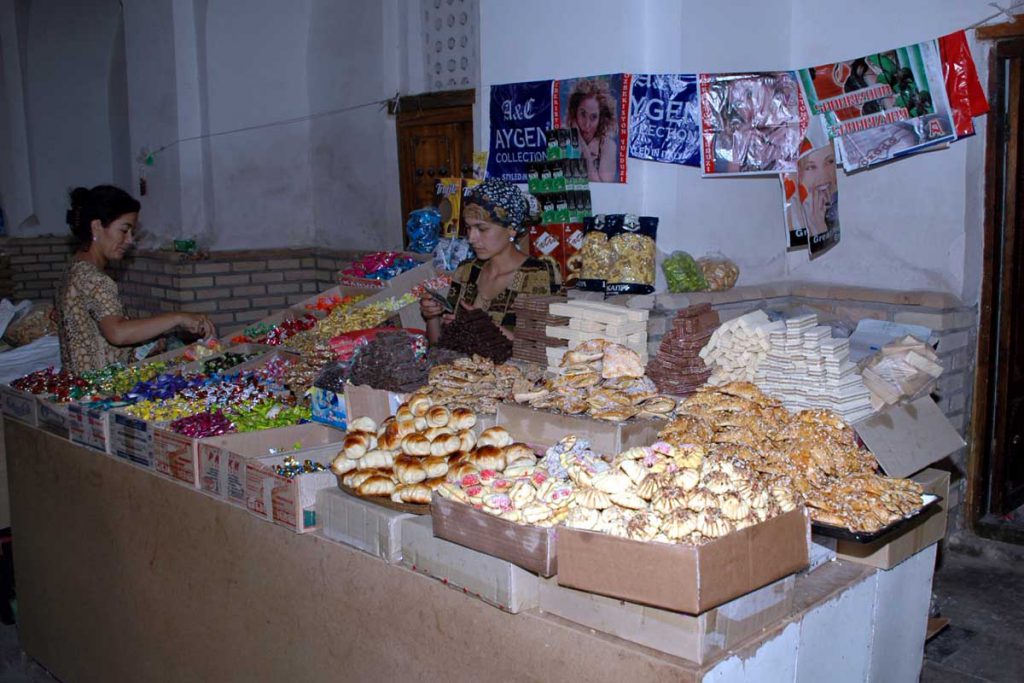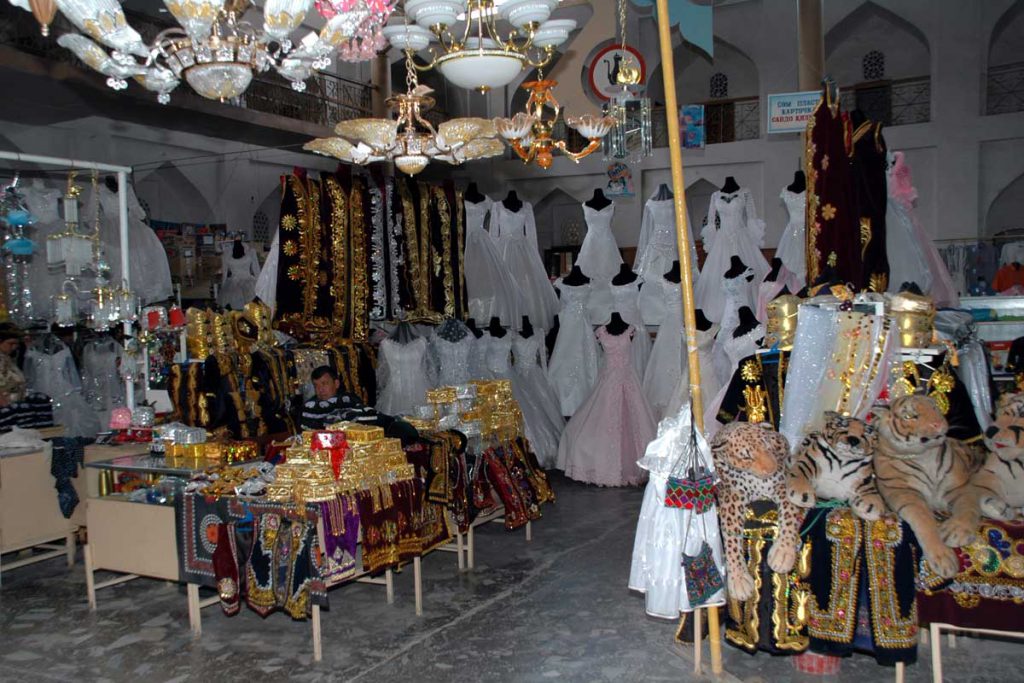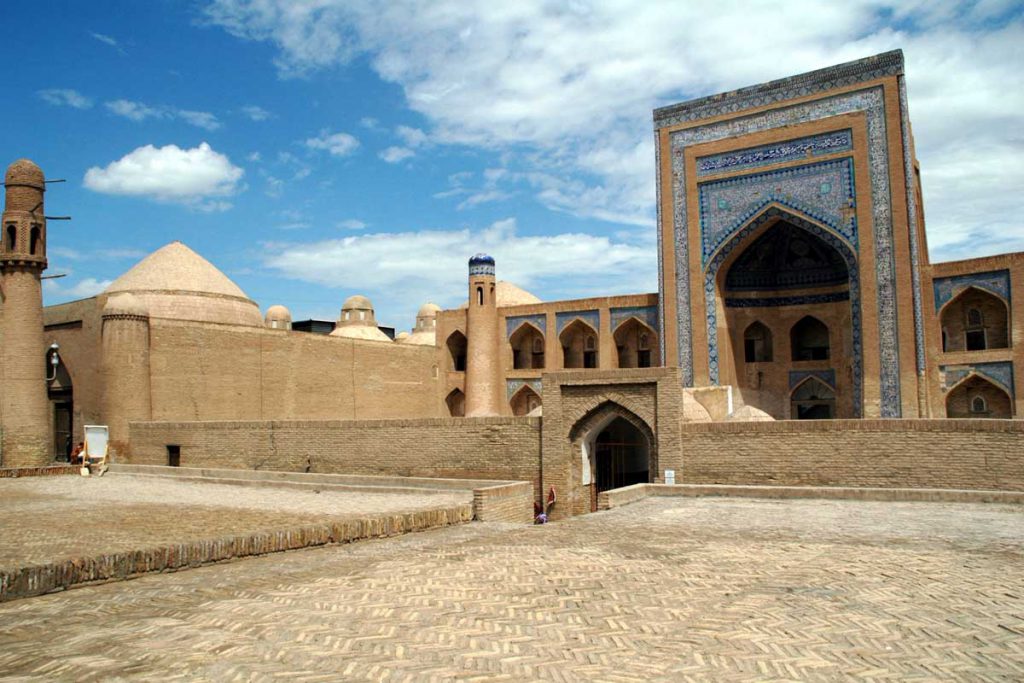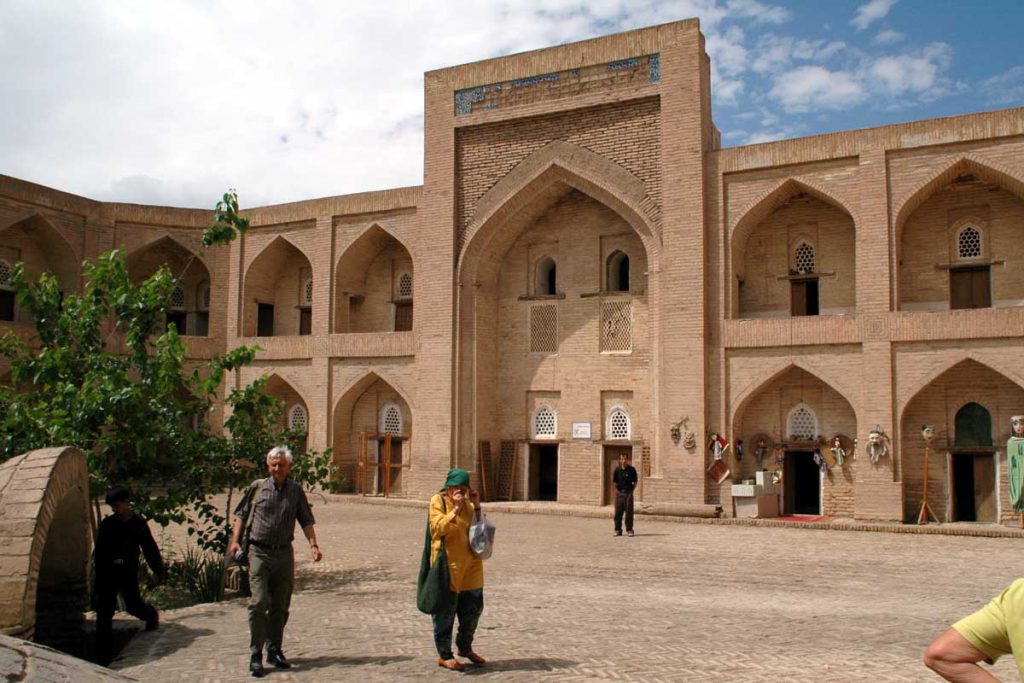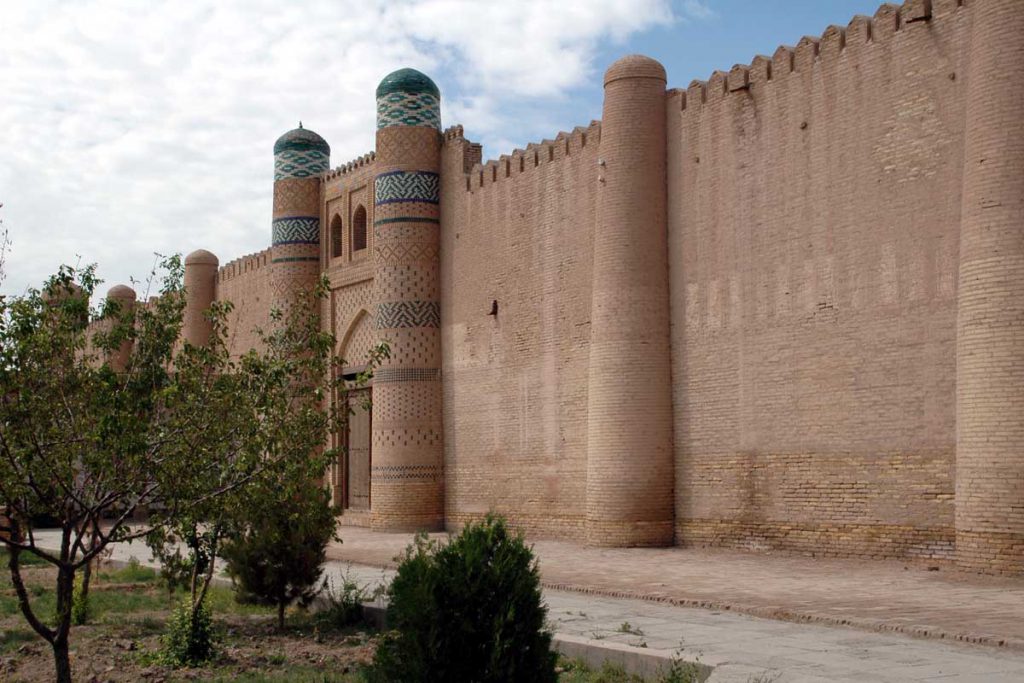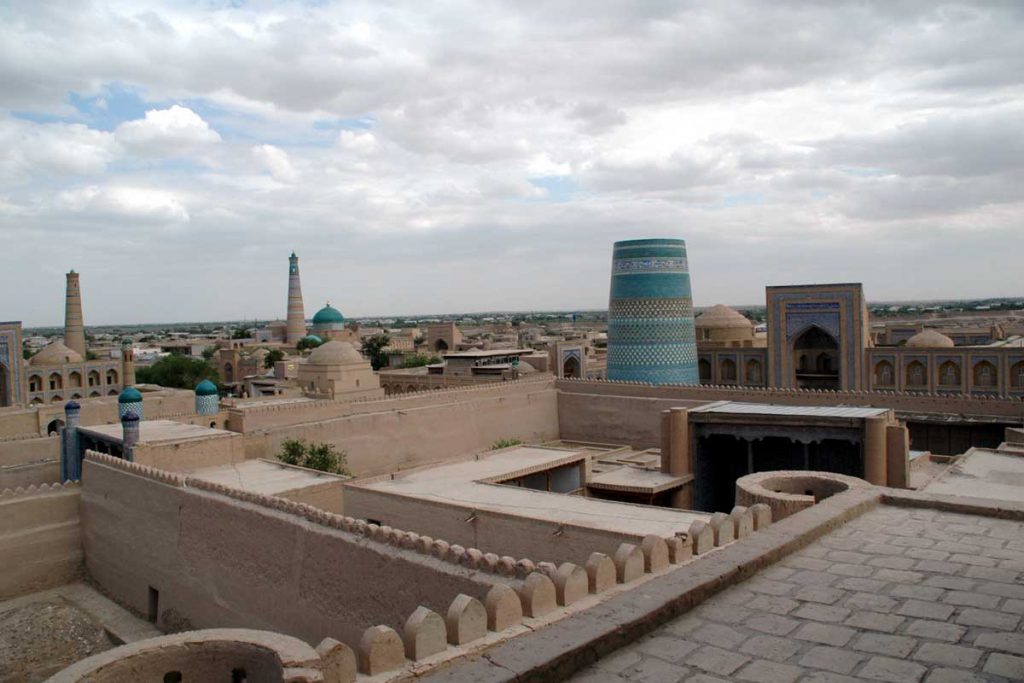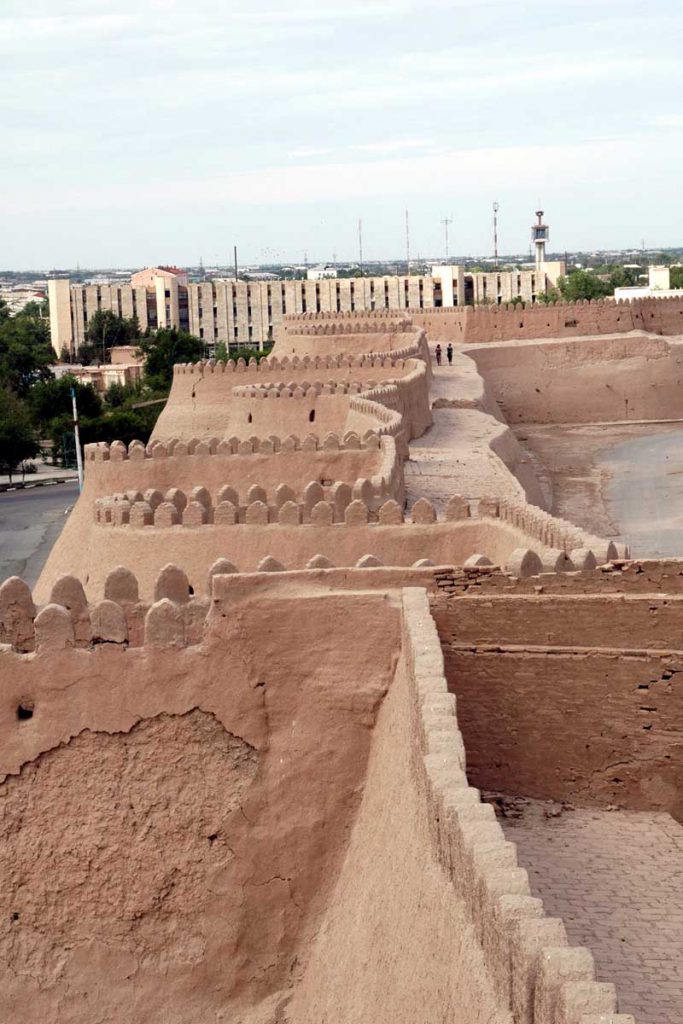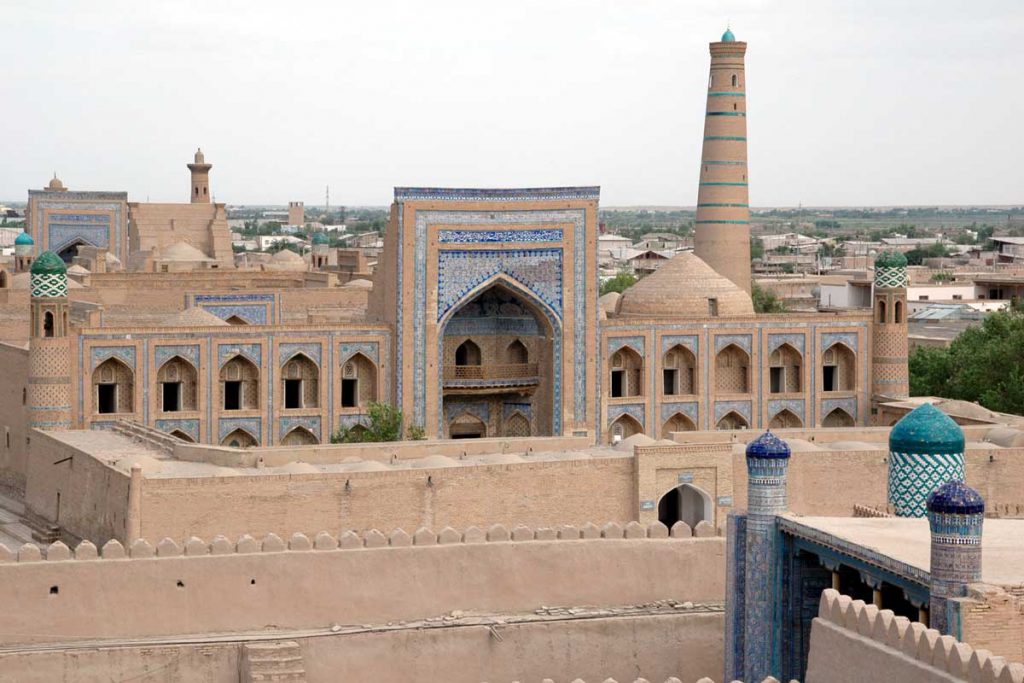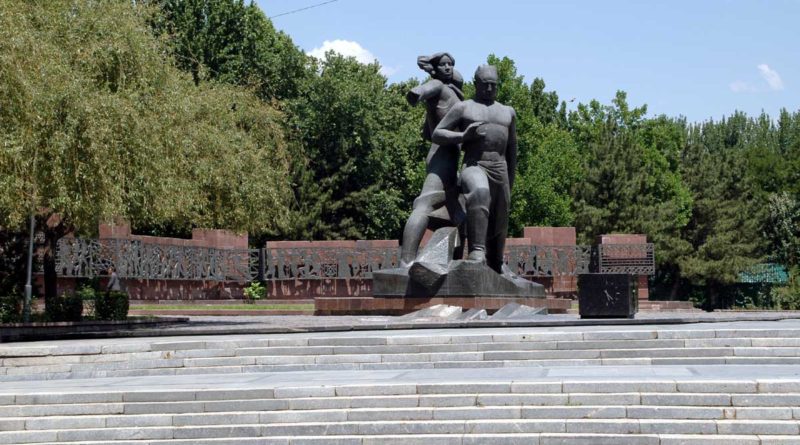Uzbekistan
Uzbekistan, is a country in Central Asia, formerly belonging to the Soviet Union. It shares borders with Kazakhstan to the west and to the north, Kyrgyzstan and Tajikistan to the east, and Afghanistan and Turkmenistan to the south. Uzbekistan is Central Asia’s most populous country. Its 26 million people are concentrated in the south and east of the country and comprise nearly half of the region’s total population. Uzbekistan is a dry country, 10% of which consists of intensely cultivated, irrigated river valleys. The main crops grown are types of grain, and Uzbek cuisine reflects this as noodles and breads form an important part of the diet, though rice is also eaten quite a lot. Widespread sheep farming means that different kinds of mutton stew with vegetables are a staple diet.
Much of Uzbekistan’s GDP growth comes from favourable prices for certain key exports, especially cotton, gold and increasingly gas. Since independence in 1991, Uzbekistan has pursued a policy of gradual transition from a centrally controlled economy to a market economy. However there are still state controls and some international organisations have criticised the country’s lack of personal freedoms and its human rights record. After decades of suppression of religion during the Soviet period, Islam is now the dominant religion in Uzbekistan, with an estimated 90% of the population. 5% are Russian Orthodox Christians, and the remaining 5% includes Jews who once were numerous, but now number only a few thousand.
Uzbekistan is also putting itself on the tourist map. Tourist facilities and services in the country are constantly improving and increasing as tour operators attract visitors to this fascinating land. Uzbekistan is Central Asia’s oldest country and can look back on a history and culture spanning 25 centuries. Little wonder that travellers find Uzbekistan and its people so overwhelmingly enthralling.
The capital, Tashkent, has a number of museums displaying this culture, chief among which is the History Museum of the People of Uzbekistan in the city centre (open Tues to Sun at 10am).
The Fine Arts Museum of Uzbekistan has art from all periods of the country’s 1500 year history (Weds to Sun 10am), but more interesting to some is the smaller Museum of Applied Arts, which focuses on ceramics and textiles, and occupies an architecturally interesting house in the city centre. Other sights in Tashkent are relics of Soviet dominance, such as the People’s Friendship Palace in the city’s largest park, and the TV Tower with its revolving restaurant 110 metres up. However indigenous culture is also available in the form of three 15th century mausoleums near the university, and the 16th century Kulkedash Medrassa and mosque on a hill above Chorsu Bazaar. This bazaar in the south of the Old Town is a farmers’ market where you can see all the produce of the country displayed. Non-food items can be found at the Yangiobod Market, also known as ‘Tezykovka’, a flea-market selling all kinds of junk.
Hotels in Tashkent are reasonable if you don’t mind over-the-top Soviet architecture – some of the hotels are huge and in “official” style; but some western chains are moving in now, so you have the well-recommended Radisson Blu Hotel and the Ramada Tashkent. There are also smaller, hostel-like Bed and Breakfast places which may give more of an Uzbek experience, such as Jahongir B+B and Gulnara Guesthouse.
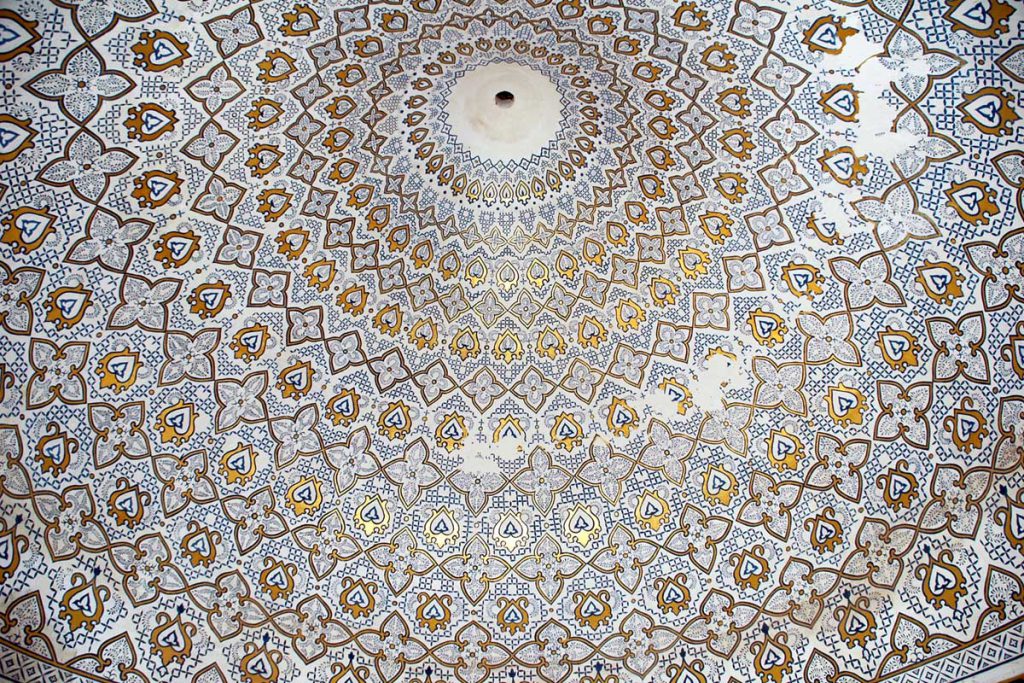
Tashkent’s History
Ancient Origins:
The origins of Tashkent trace back millennia, with archaeological evidence suggesting human settlement in the area as early as the 5th century BC. Situated at the crossroads of East and West, Tashkent flourished as a vital oasis along the ancient Silk Road, serving as a crucial link between China, the Middle East, and Europe. Its strategic location facilitated the exchange of goods, ideas, and cultures, enriching the city’s heritage and shaping its identity.
Conquest and Dynastic Rule:
Throughout its history, Tashkent witnessed the rise and fall of various empires and dynasties. In the 8th century AD, the city fell under Arab rule as Islam spread across Central Asia, ushering in a new era of cultural and architectural development. Tashkent thrived as a center of Islamic scholarship and commerce, attracting merchants, scholars, and travelers from far and wide.
In the centuries that followed, Tashkent came under the sway of successive empires, including the Mongols, Timurids, and Shaybanids, each leaving their imprint on the city’s landscape and culture. Under Timurid rule in the 14th and 15th centuries, Tashkent experienced a golden age of art, architecture, and intellectual flourishing, with magnificent monuments such as the Kukeldash Madrasah and Sheikhantaur Ensemble still standing as testaments to this illustrious period.
Colonialism and Soviet Era:
The 19th century brought significant upheaval to Tashkent as the city became embroiled in the Great Game, a geopolitical struggle between the British and Russian Empires for dominance in Central Asia. In 1865, Tashkent fell to Russian forces, marking the beginning of colonial rule and a period of profound transformation.
Under Russian and later Soviet rule, Tashkent underwent rapid modernization and industrialization, becoming a major center of commerce, industry, and education in Central Asia. The city’s architectural landscape was reshaped with the construction of Soviet-style buildings, boulevards, and parks, reflecting the ideals of socialist urban planning.
Independence and Modernization:
With the collapse of the Soviet Union in 1991, Uzbekistan gained independence, ushering in a new era of nation-building and cultural revival. Tashkent emerged as the capital of an independent Uzbekistan, embracing its rich heritage while embracing modernization and economic development.
In recent years, Tashkent has undergone a renaissance, with efforts to preserve its historic landmarks, promote tourism, and revitalize its cultural heritage. The city’s ancient bazaars, mosques, and mausoleums stand in juxtaposition to its modern skyline, embodying the rich tapestry of Tashkent’s past and present.
Conclusion:
Tashkent’s history is a testament to the enduring resilience and dynamism of Central Asia’s cultural mosaic. From its origins as a bustling Silk Road oasis to its modern incarnation as a thriving capital city, Tashkent continues to captivate visitors with its rich heritage, vibrant culture, and welcoming spirit. As the beating heart of Uzbekistan, Tashkent stands as a living testament to the enduring legacy of civilizations past and present, inviting travelers to unravel its mysteries and discover the treasures that lie within.
